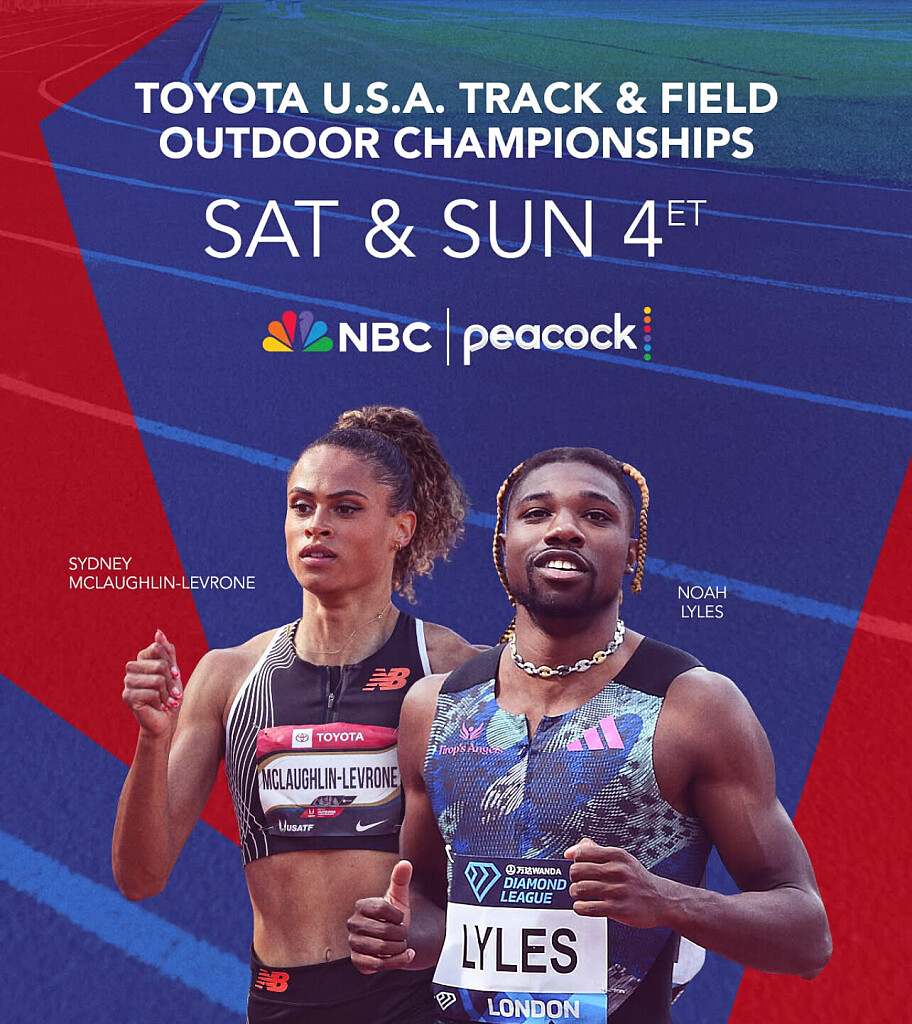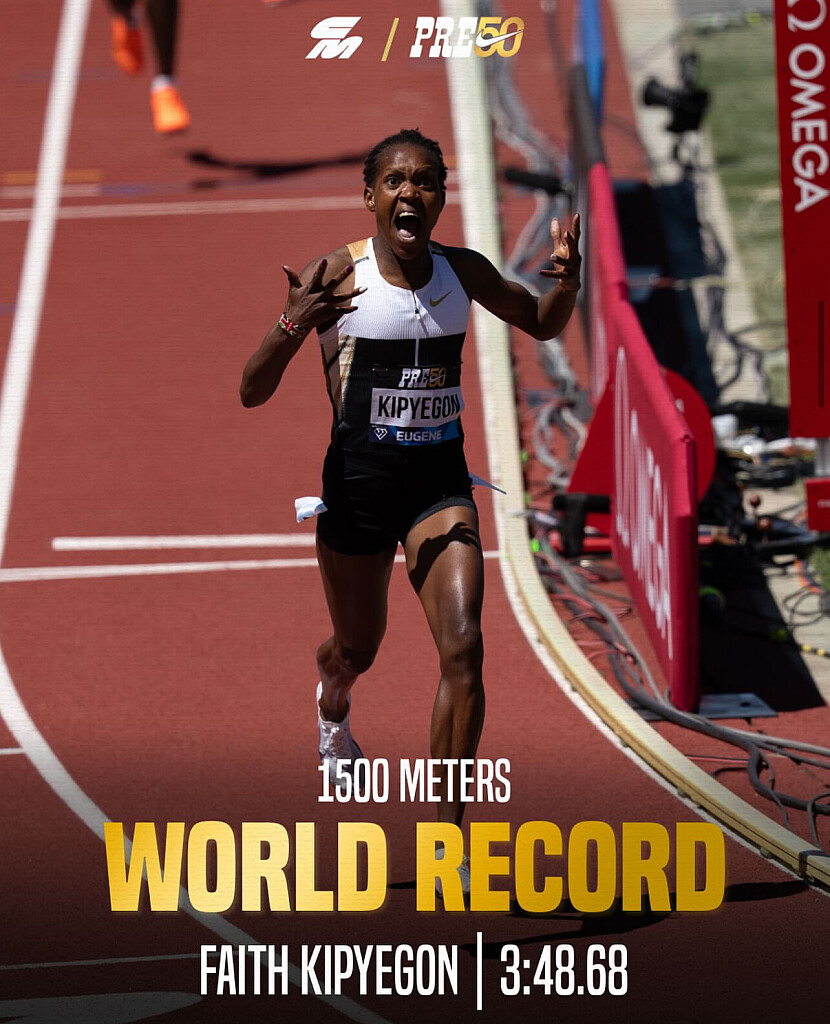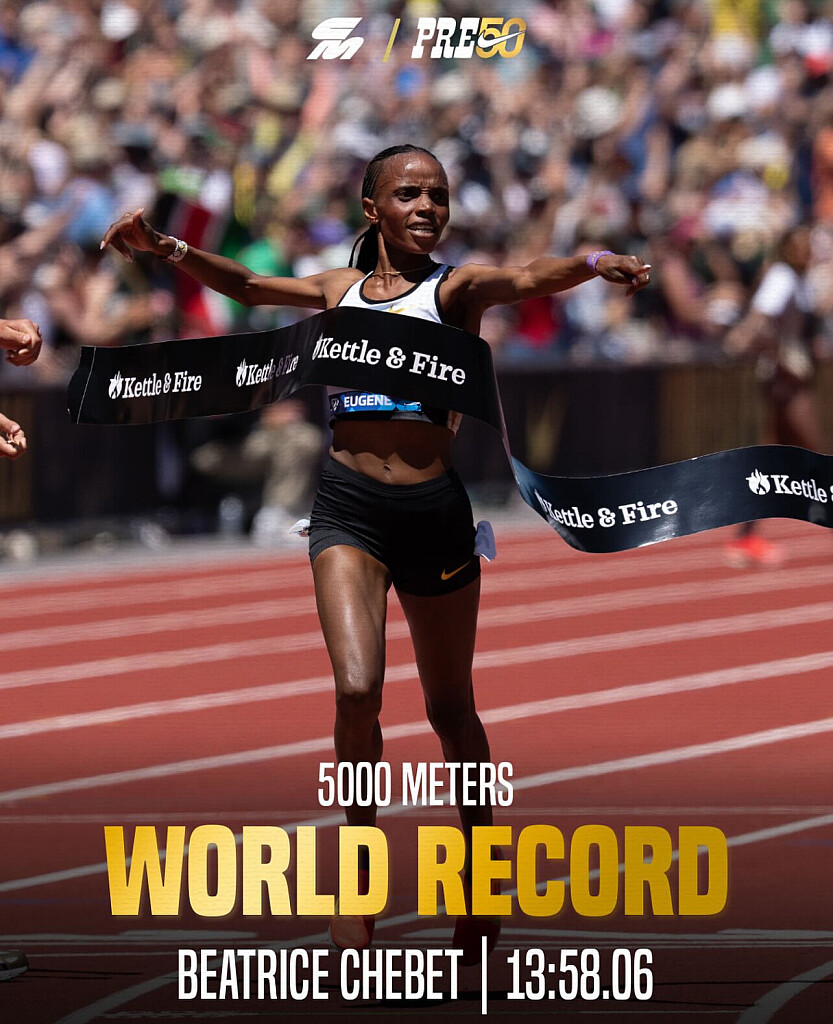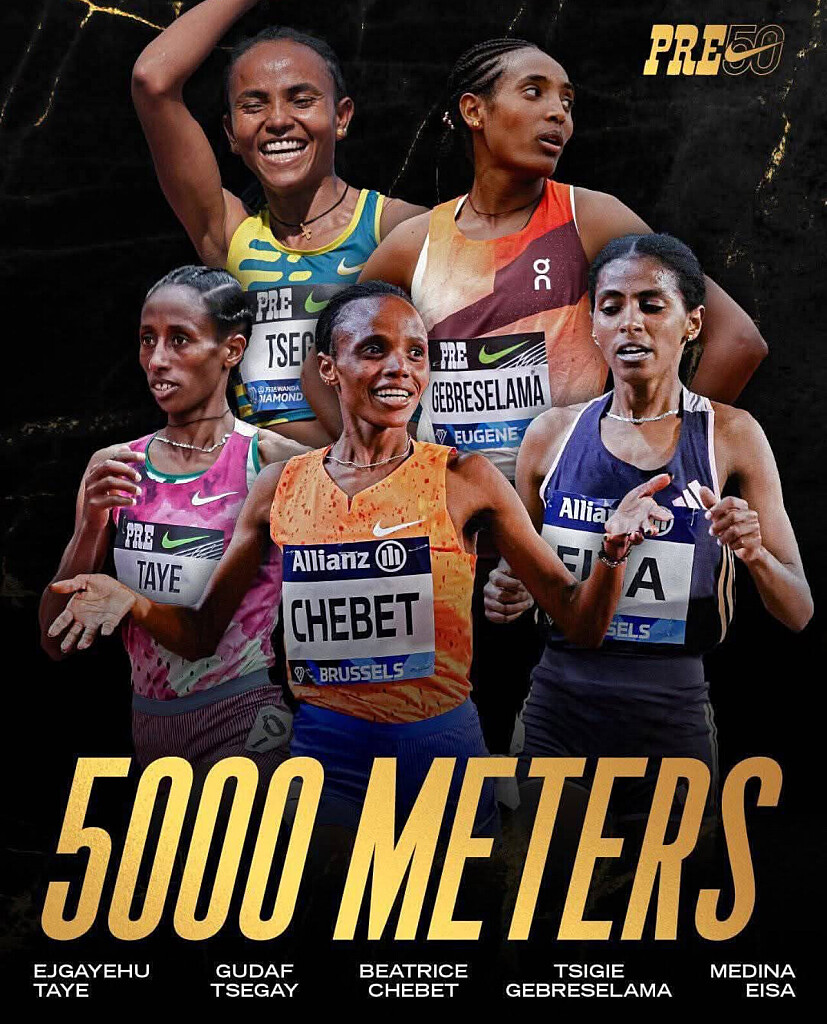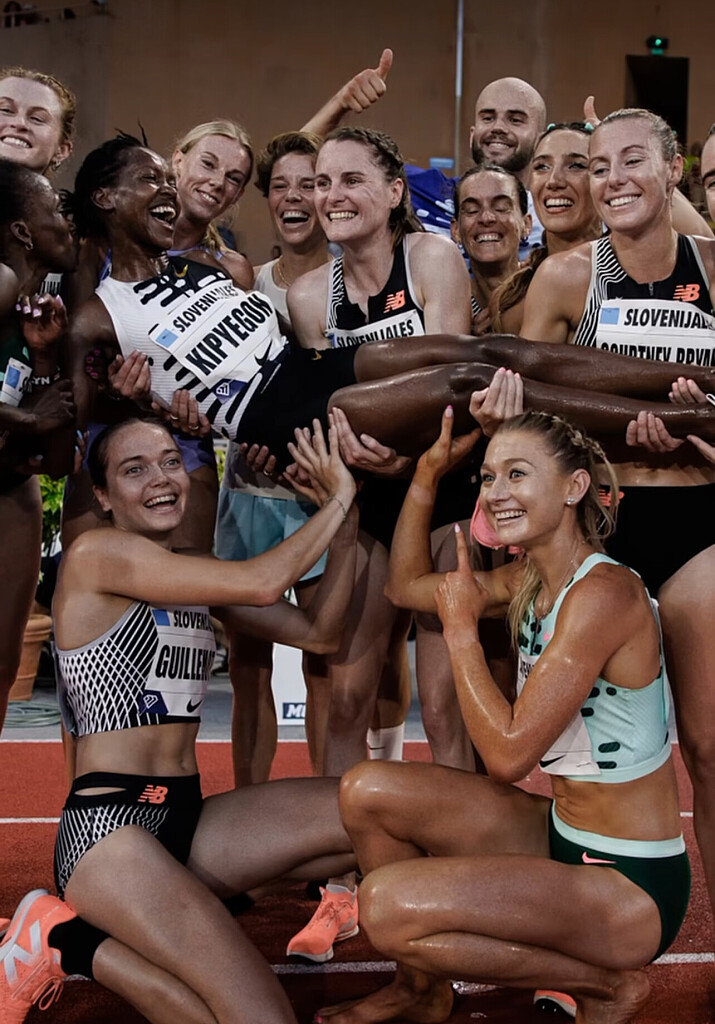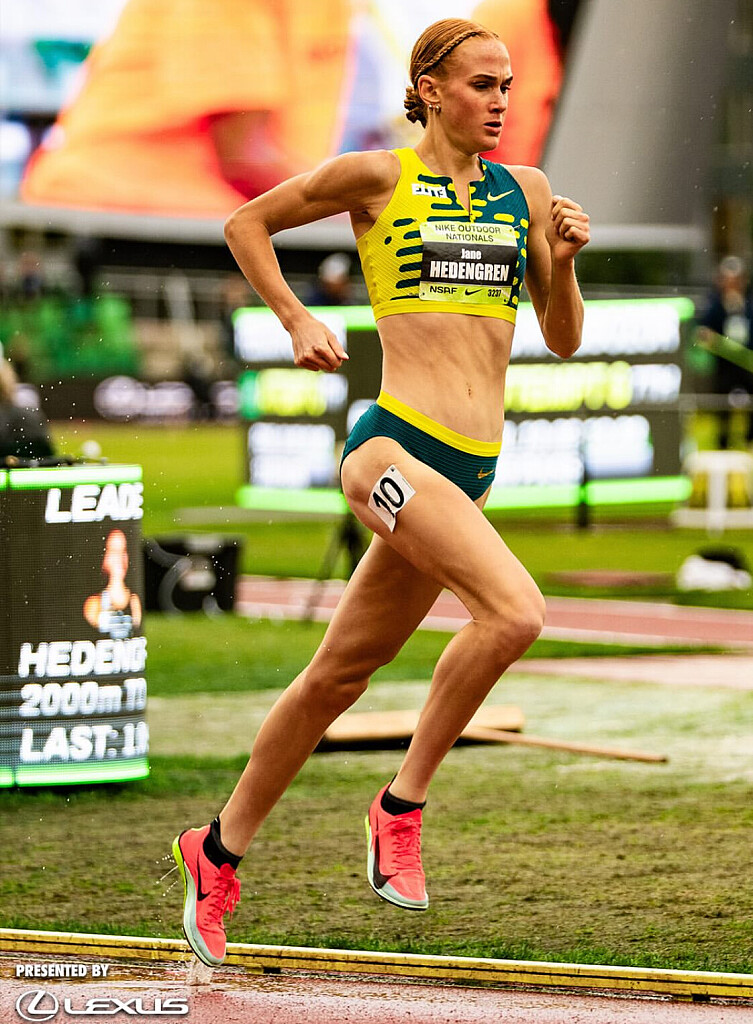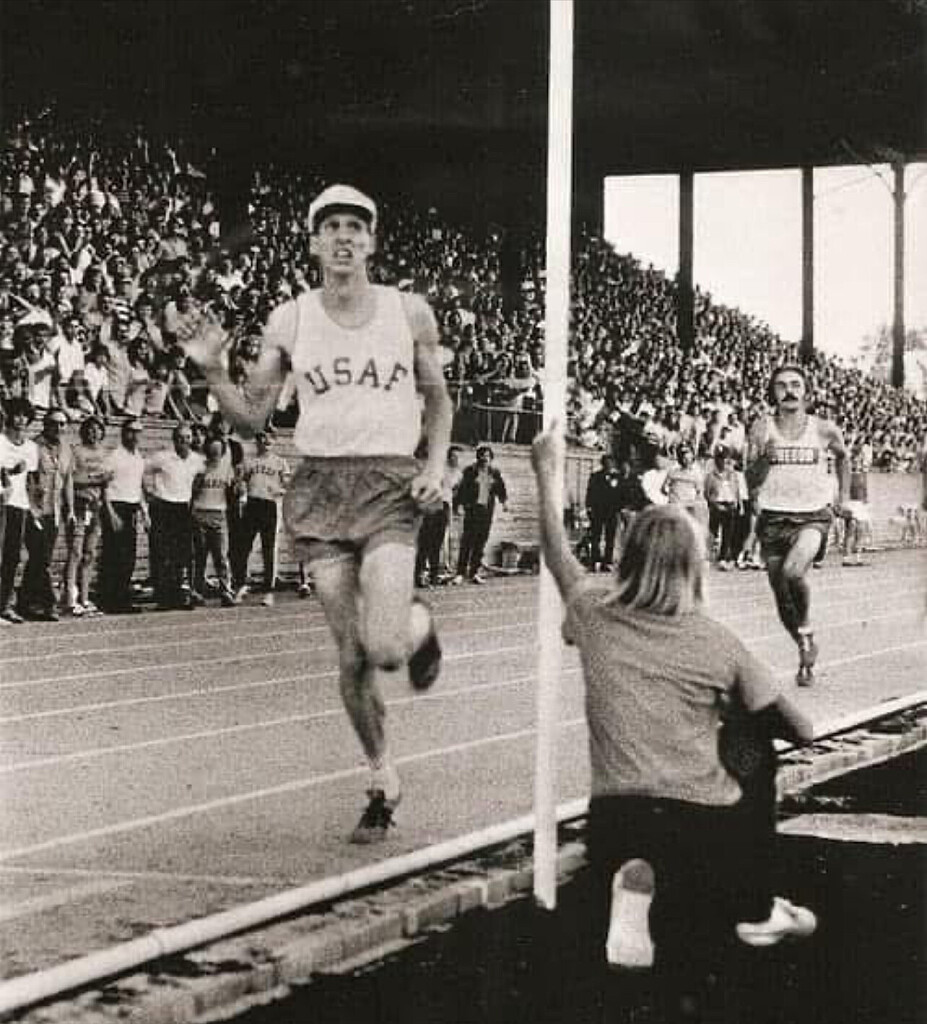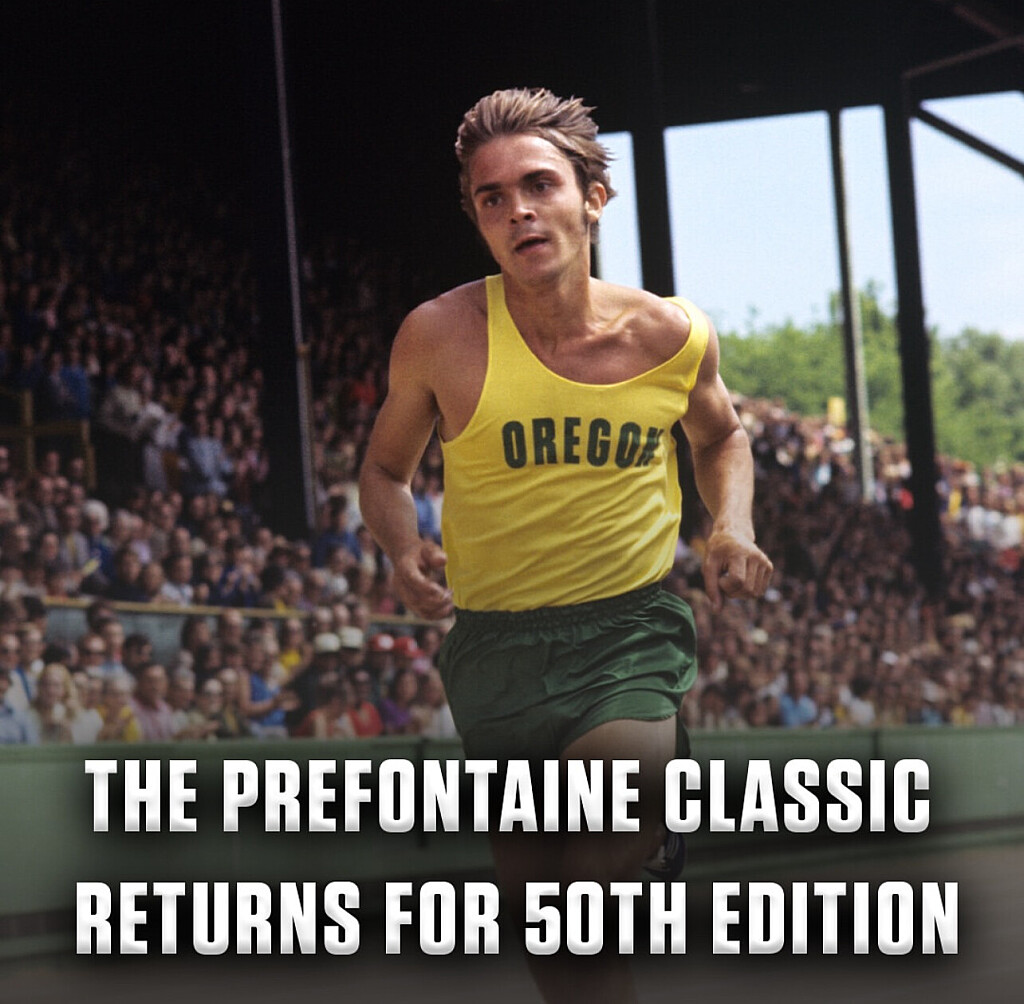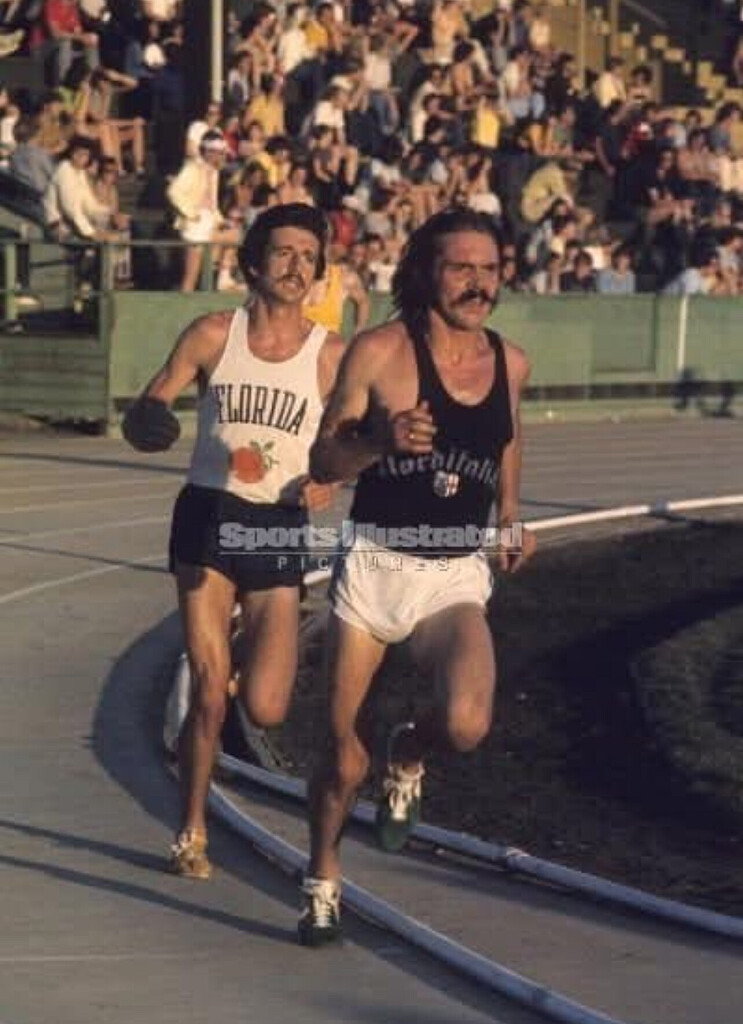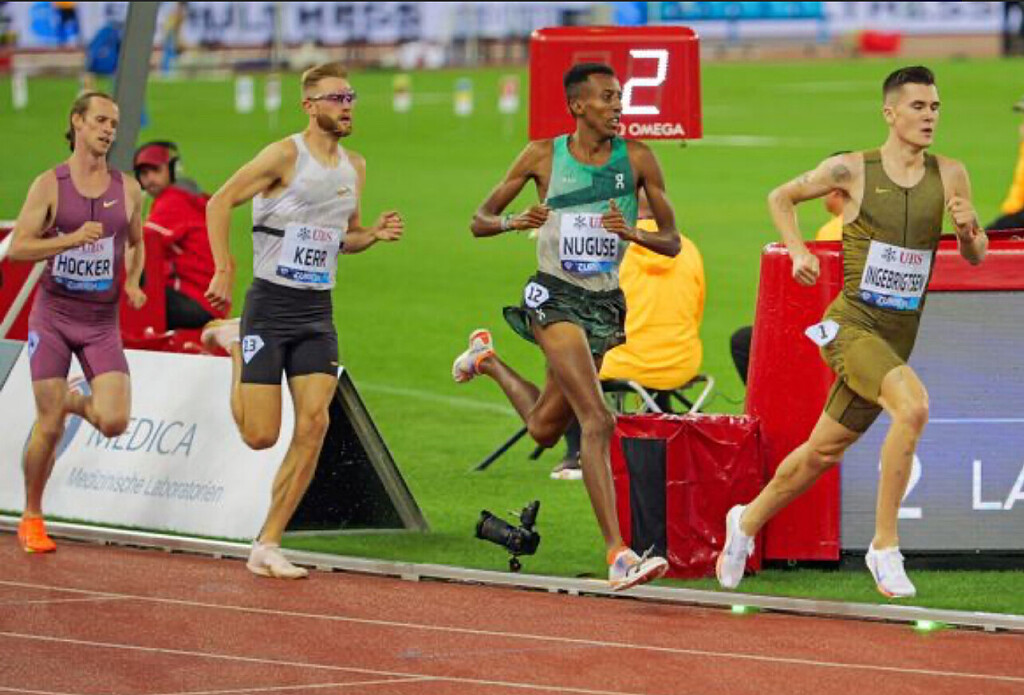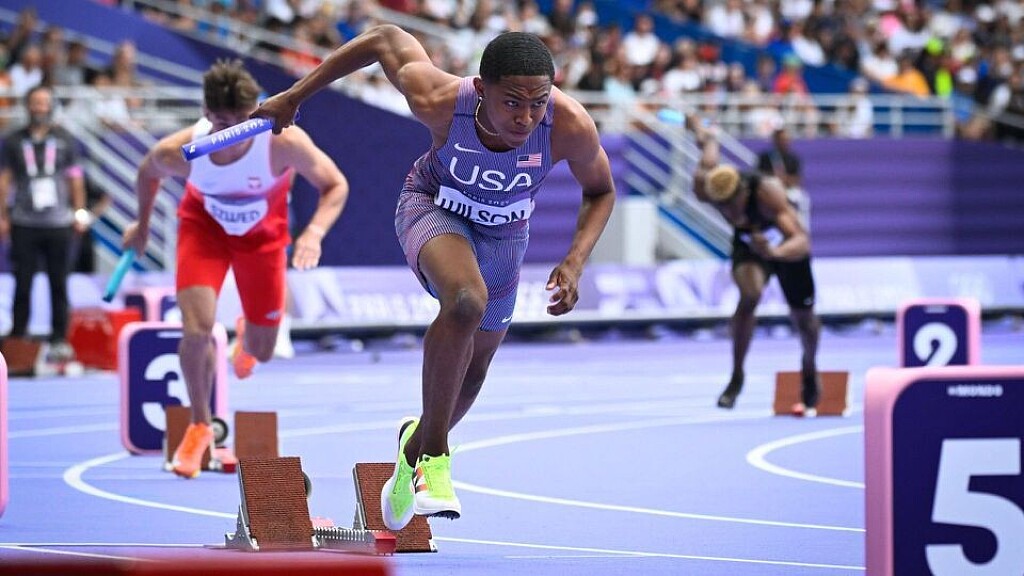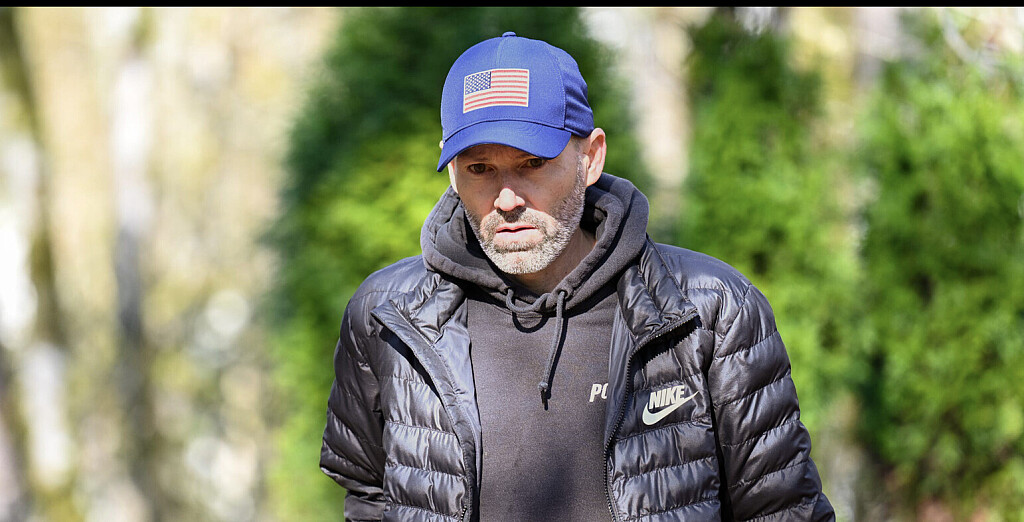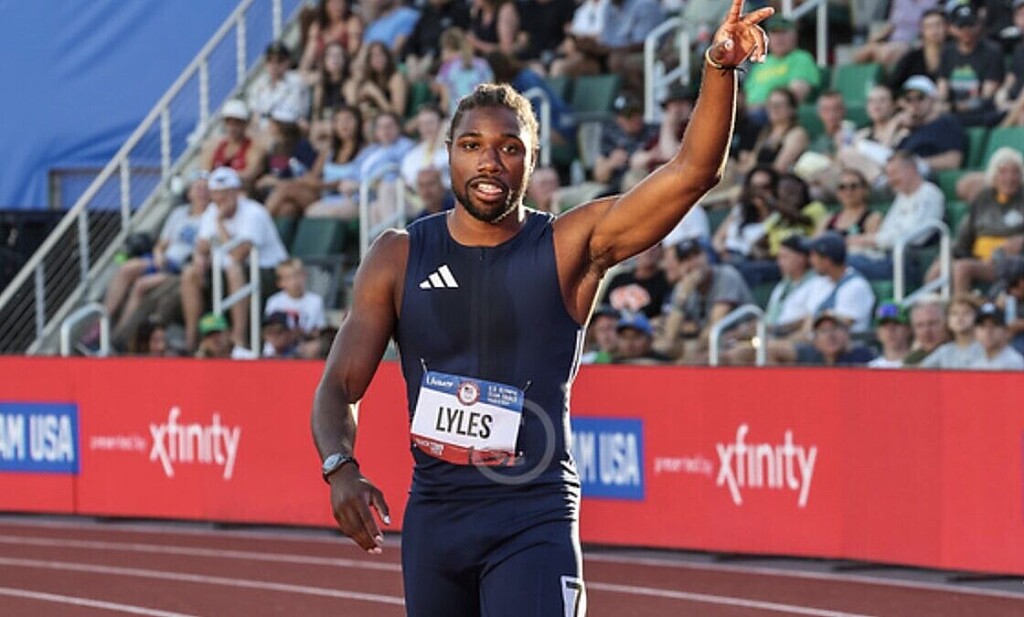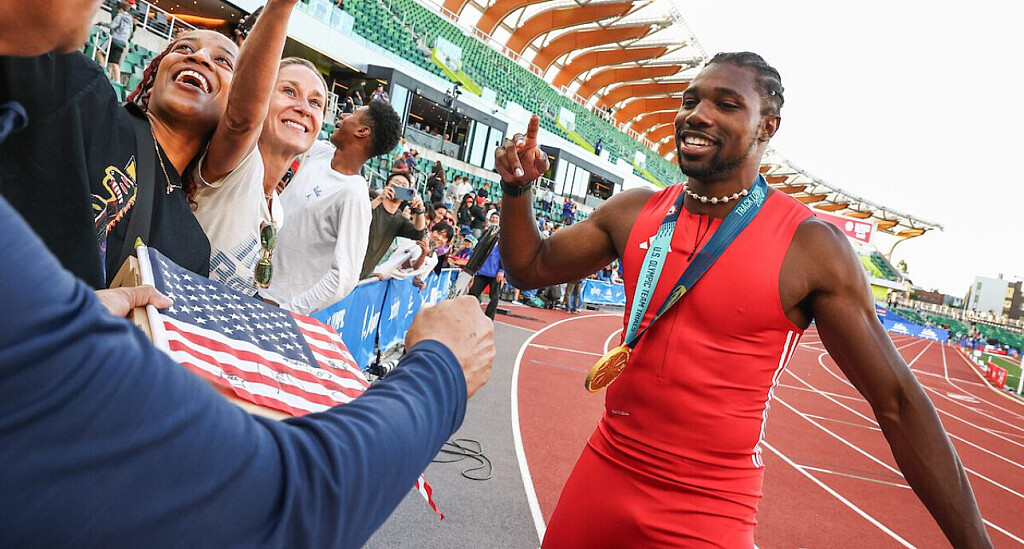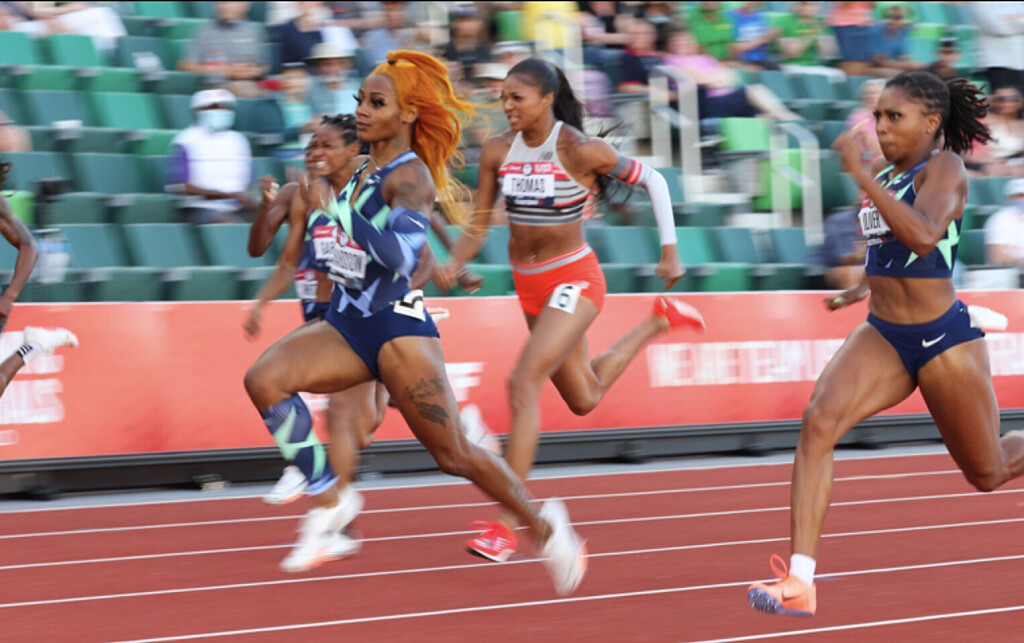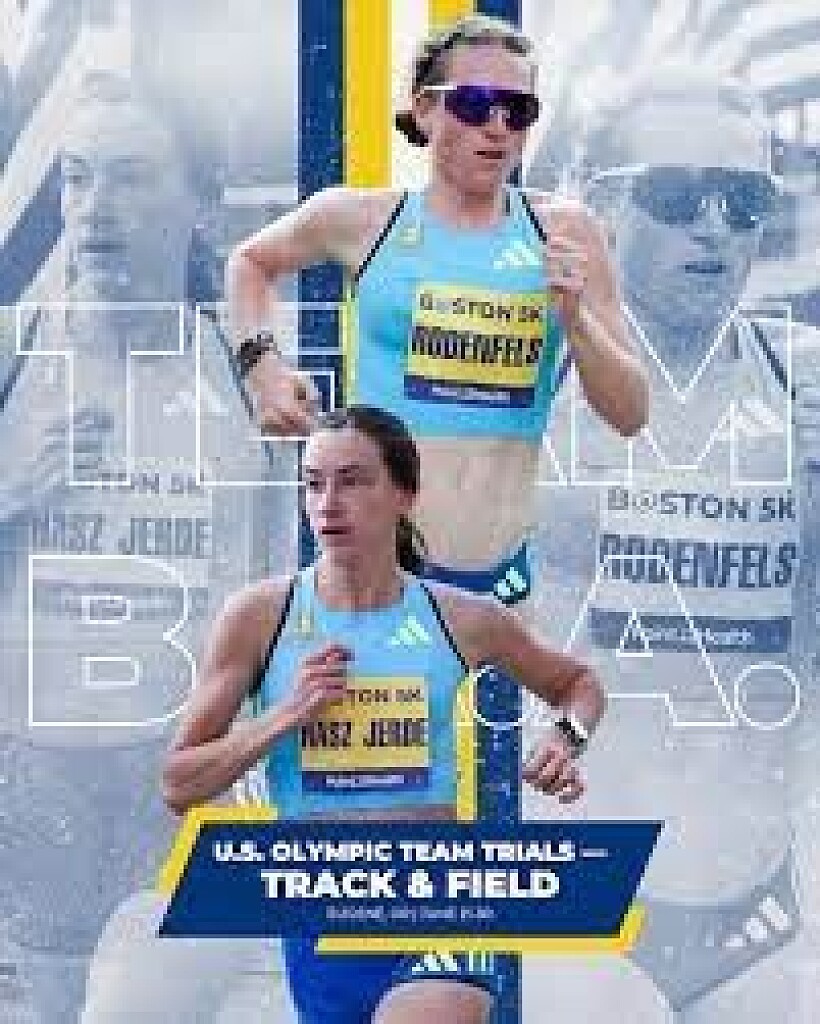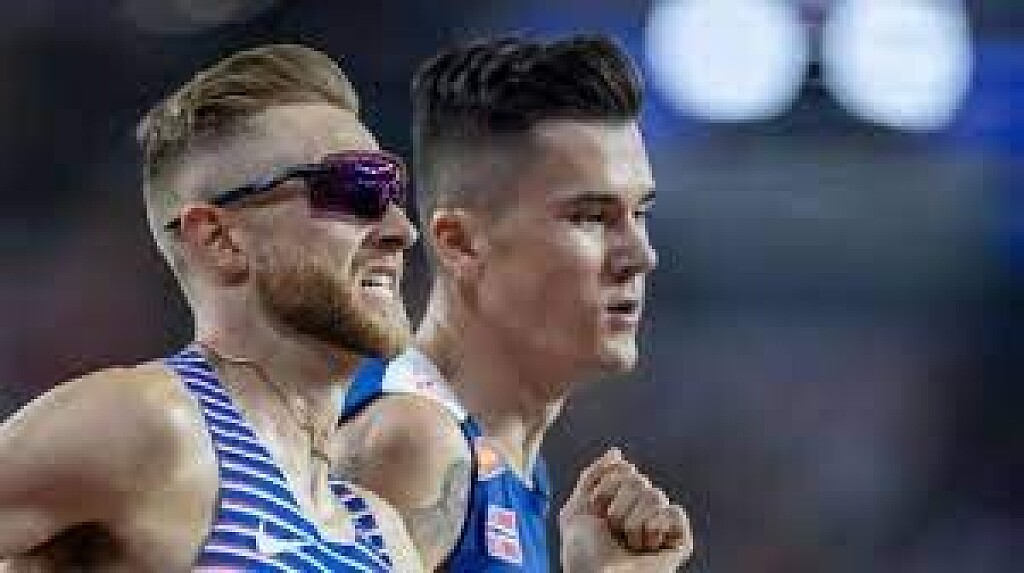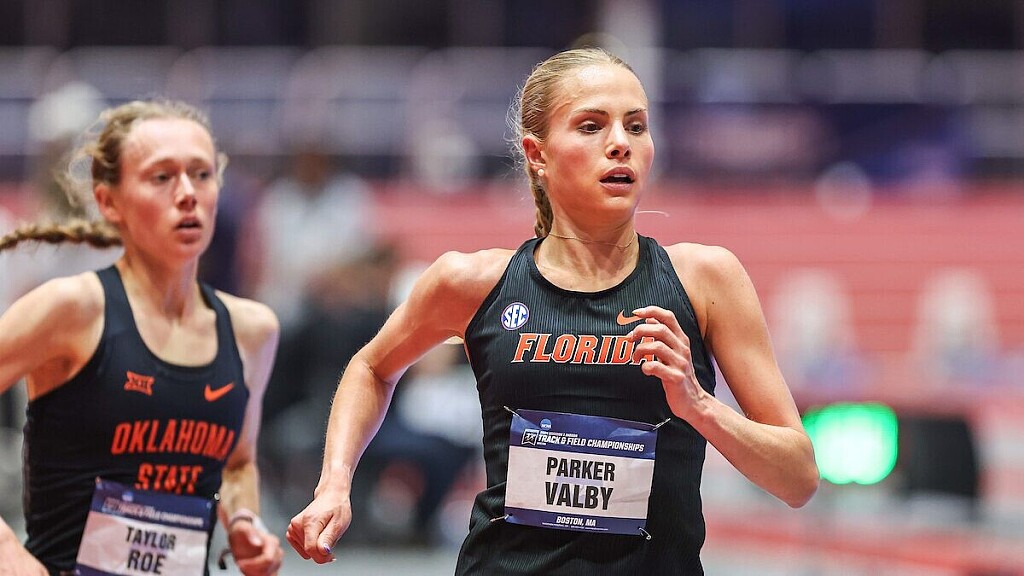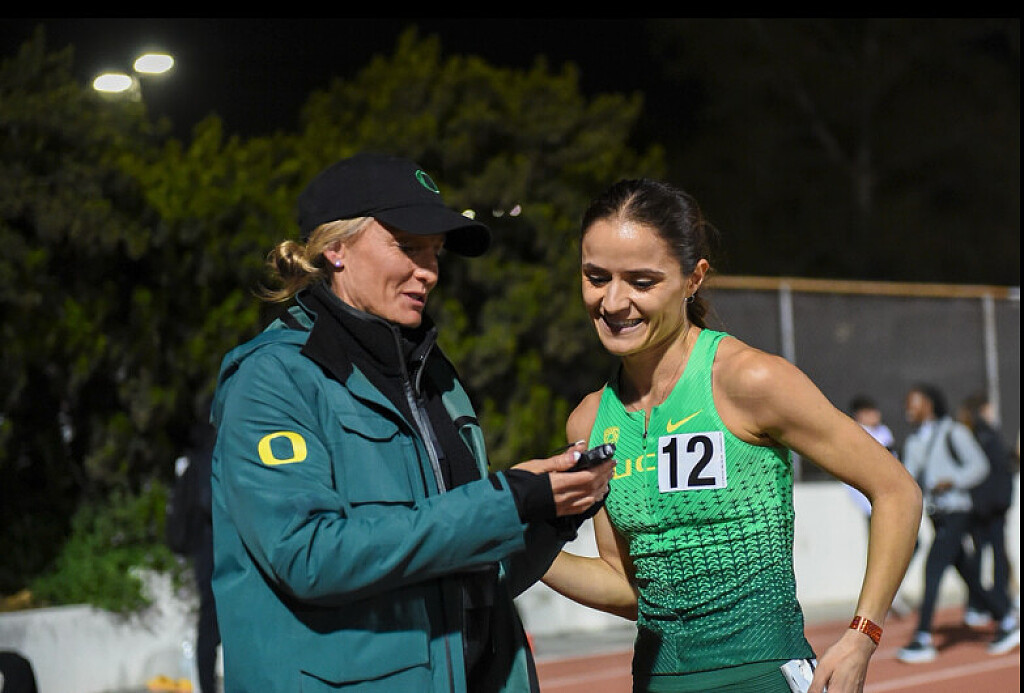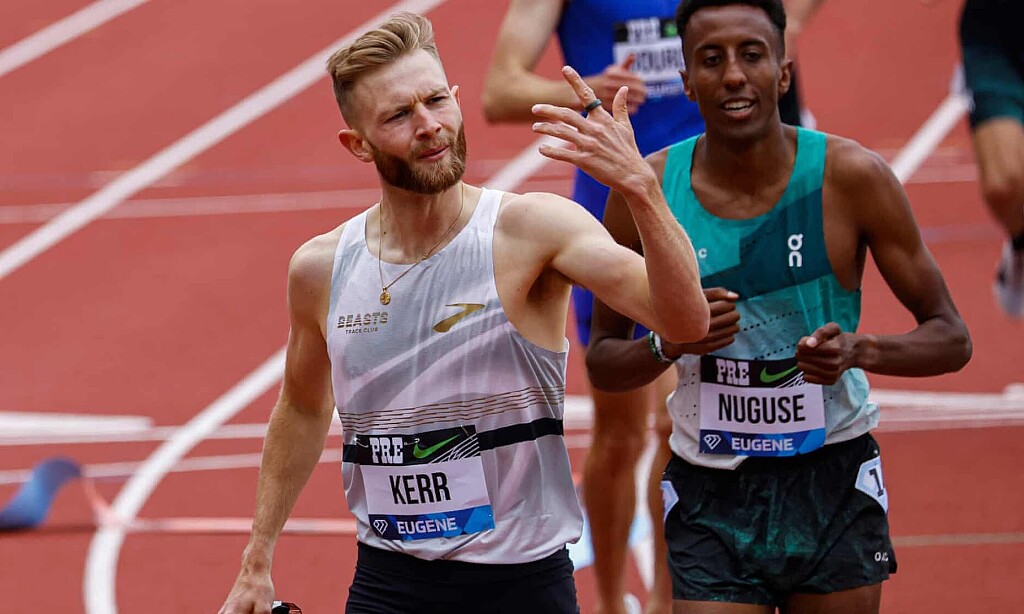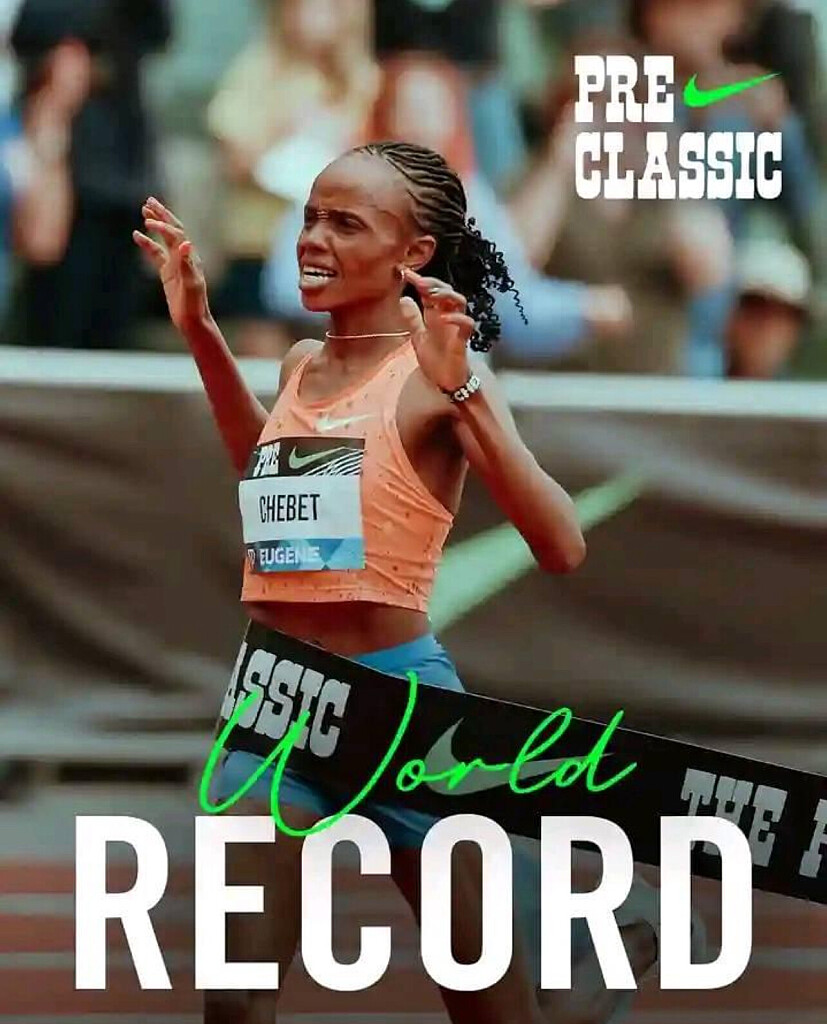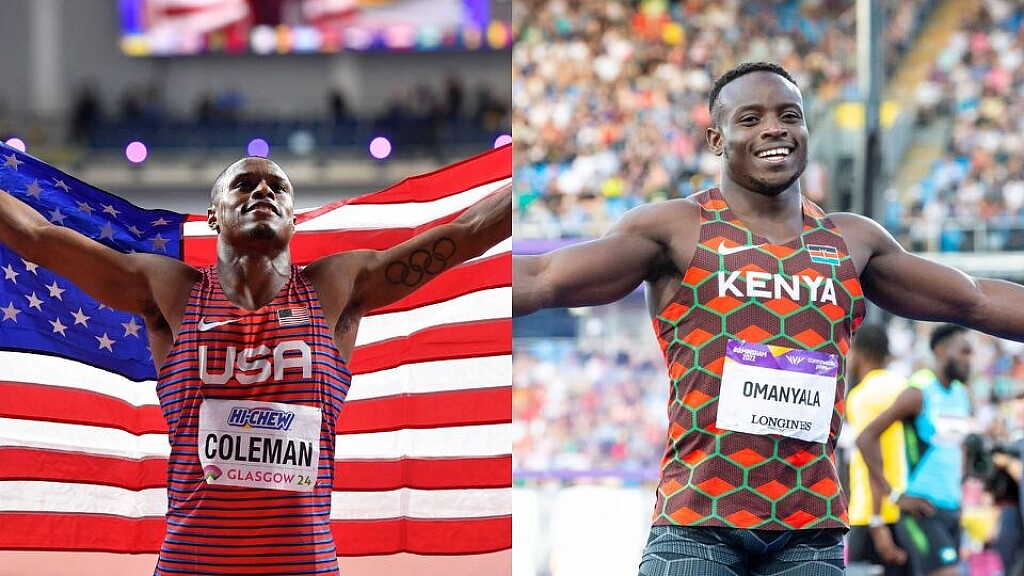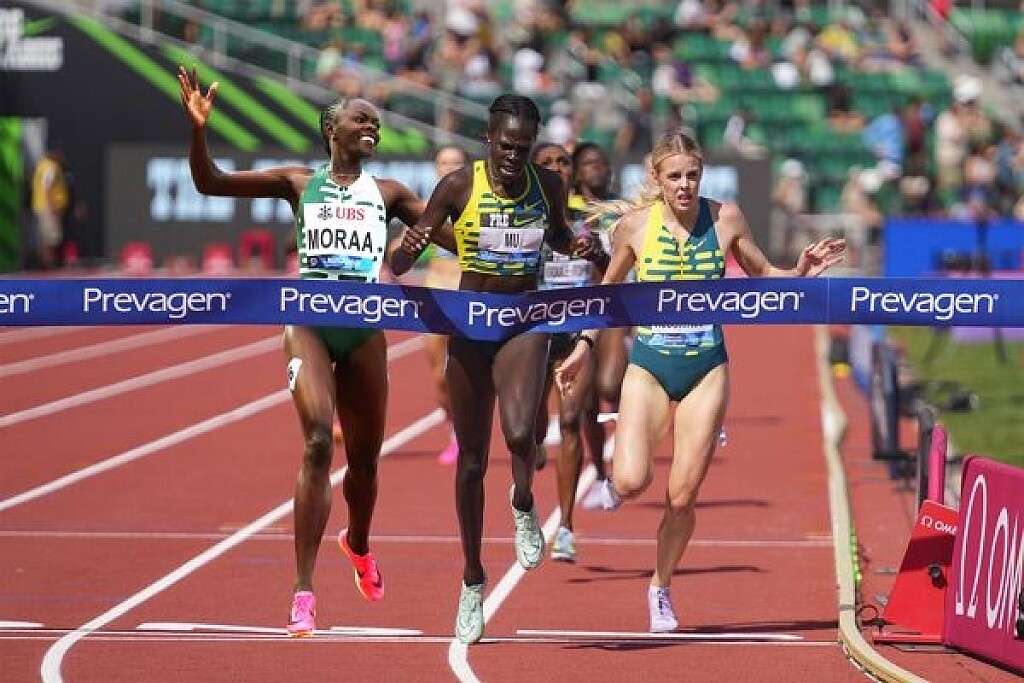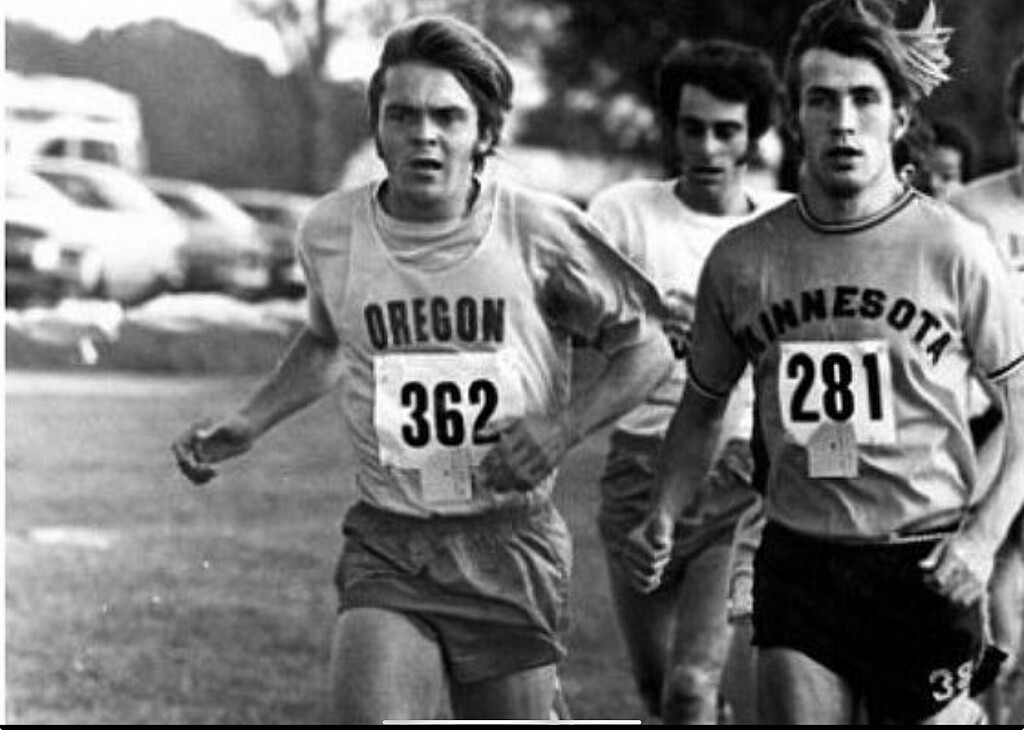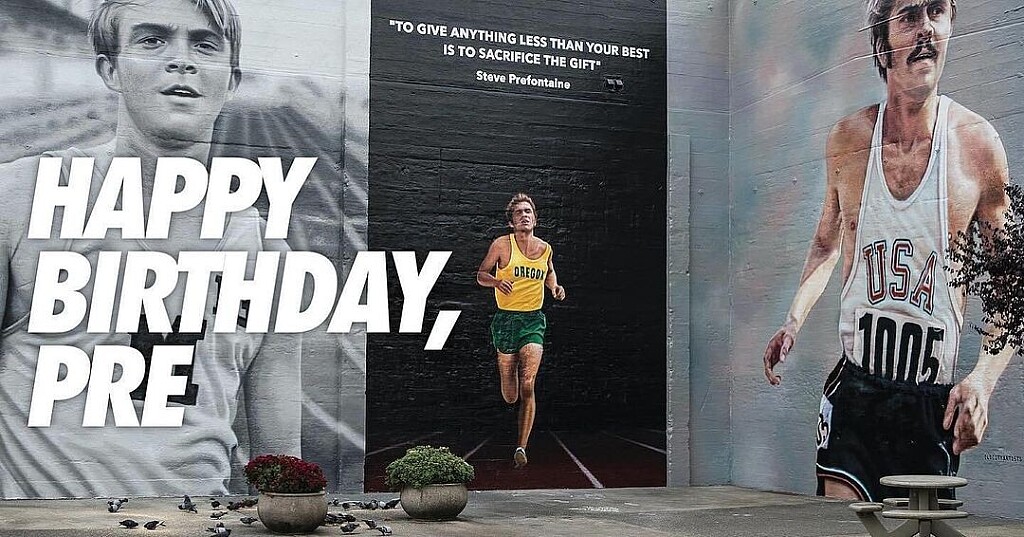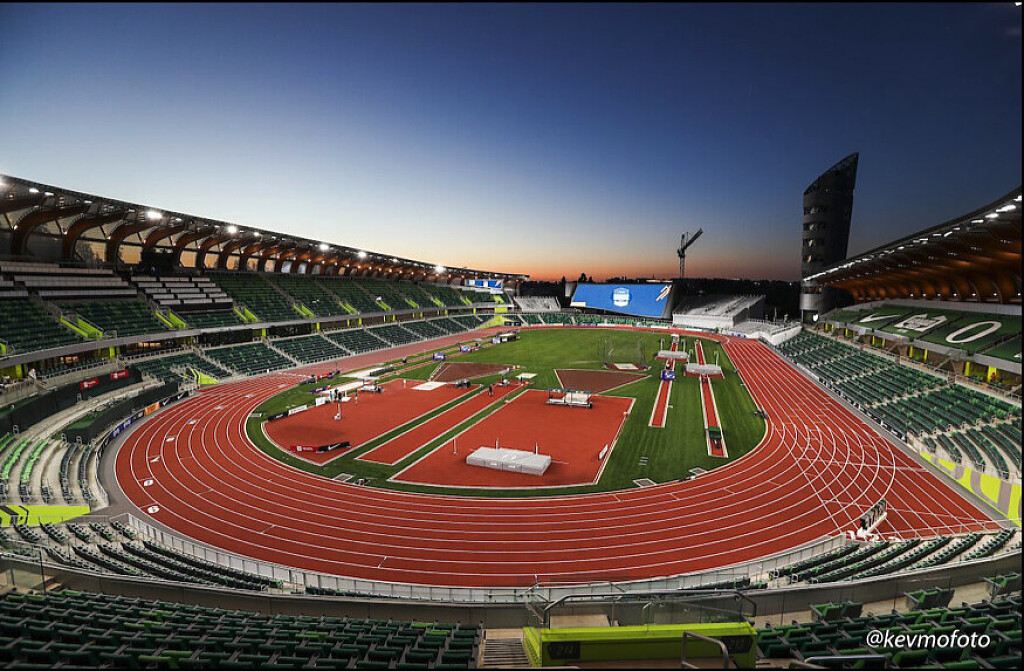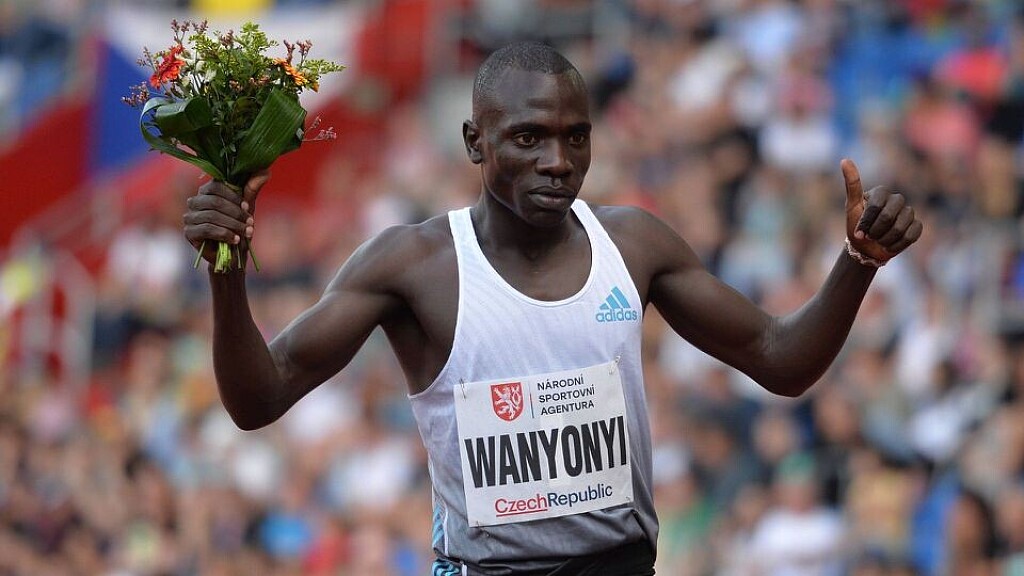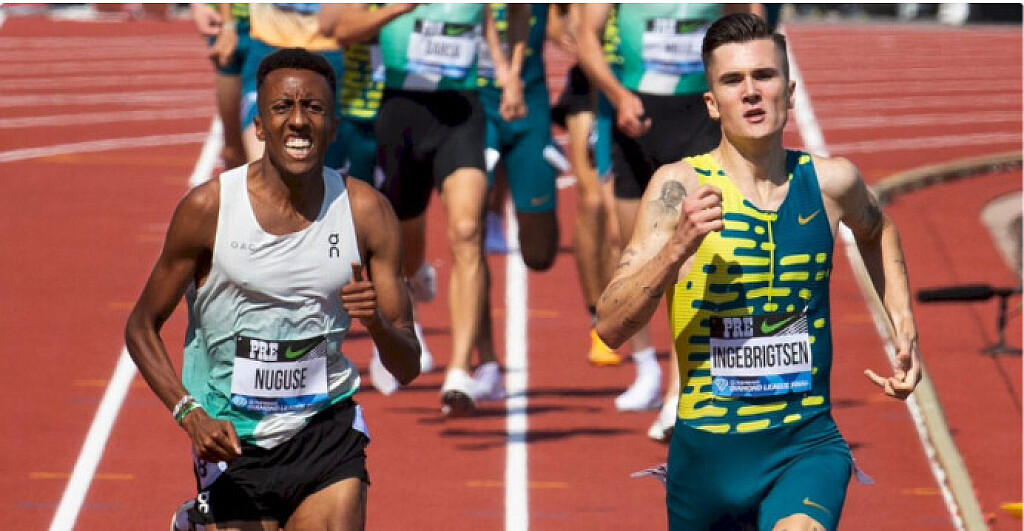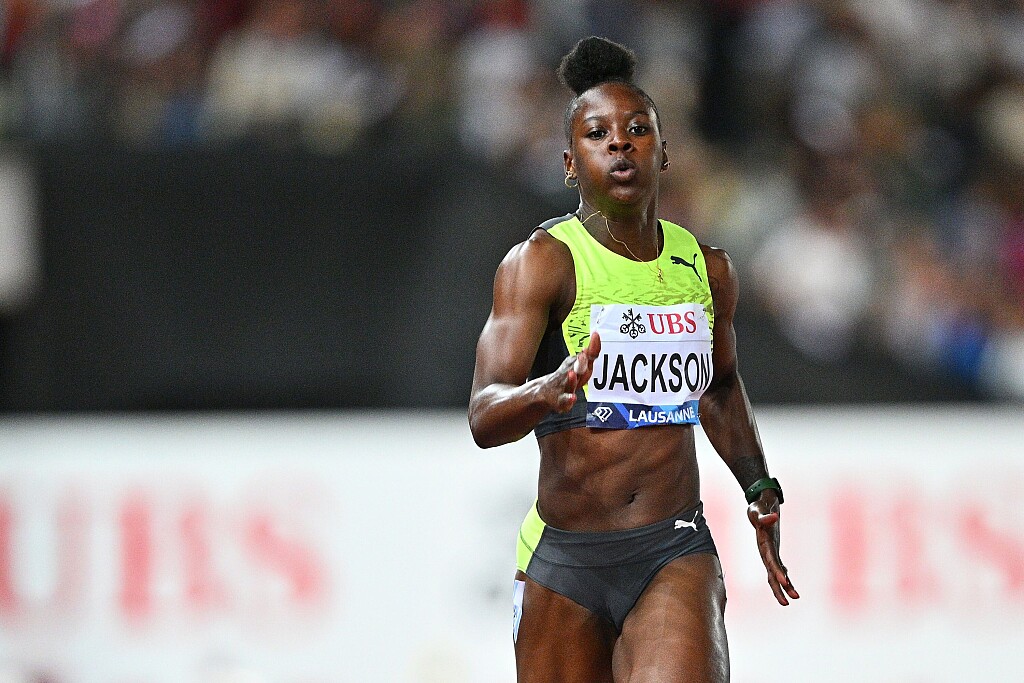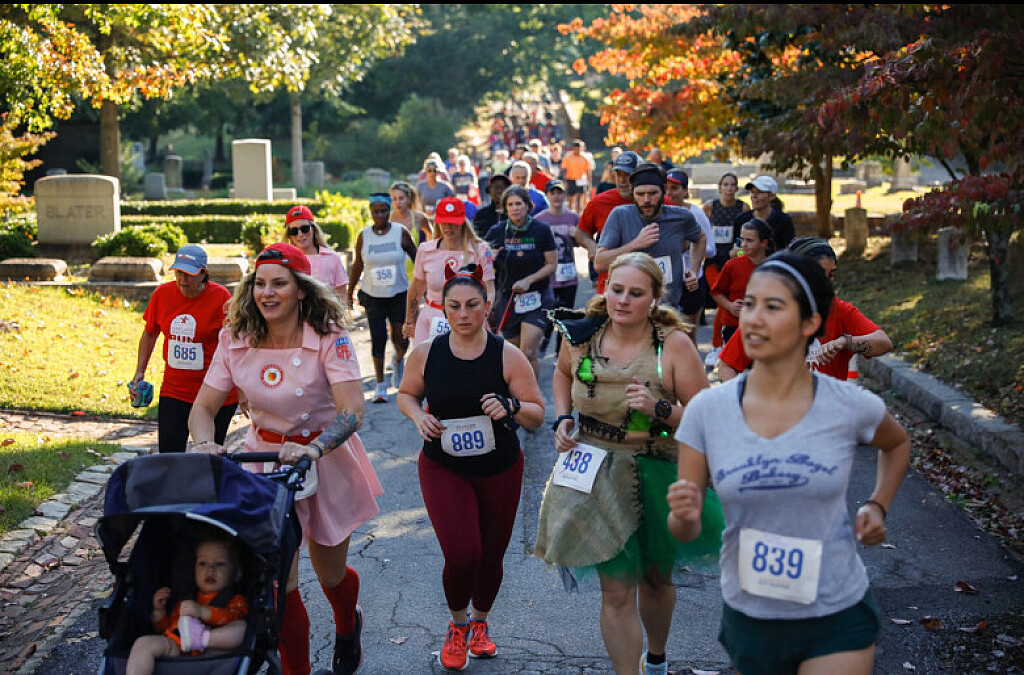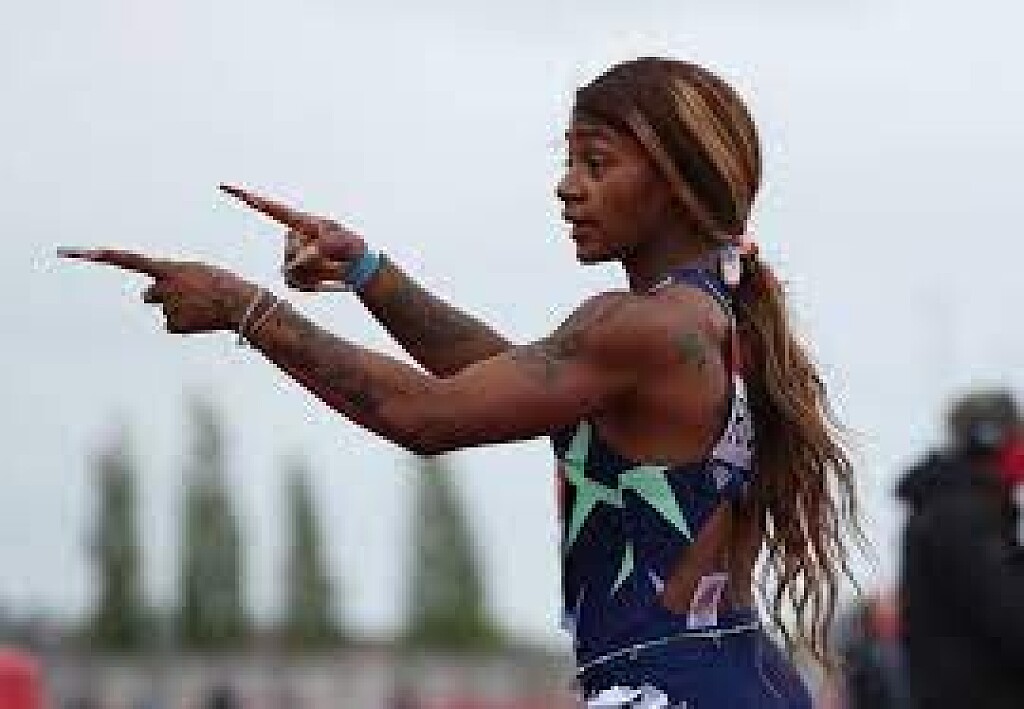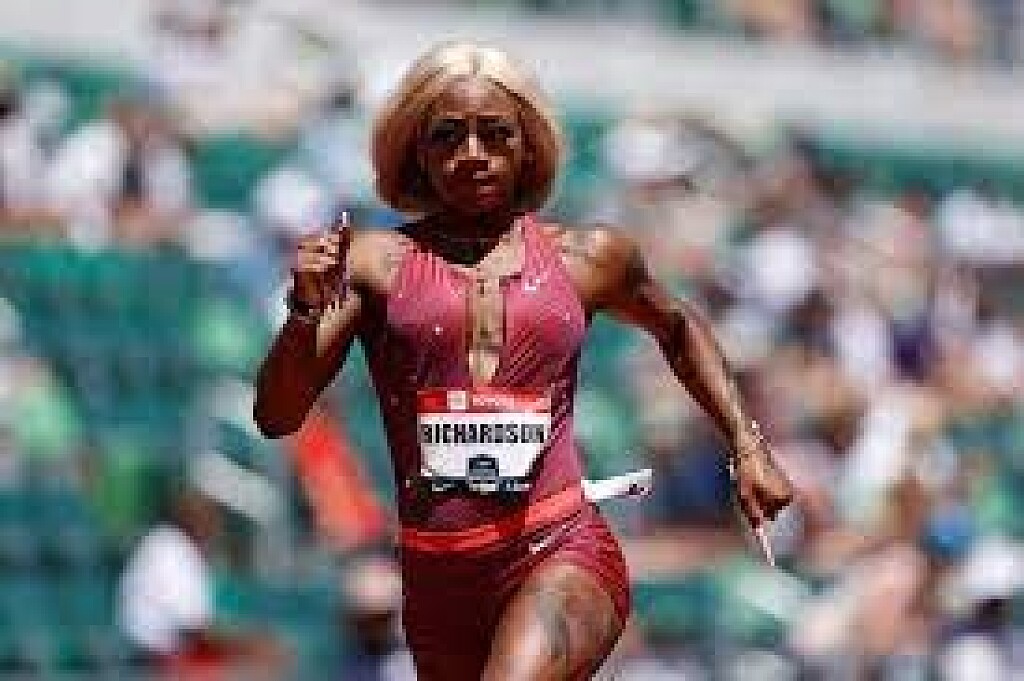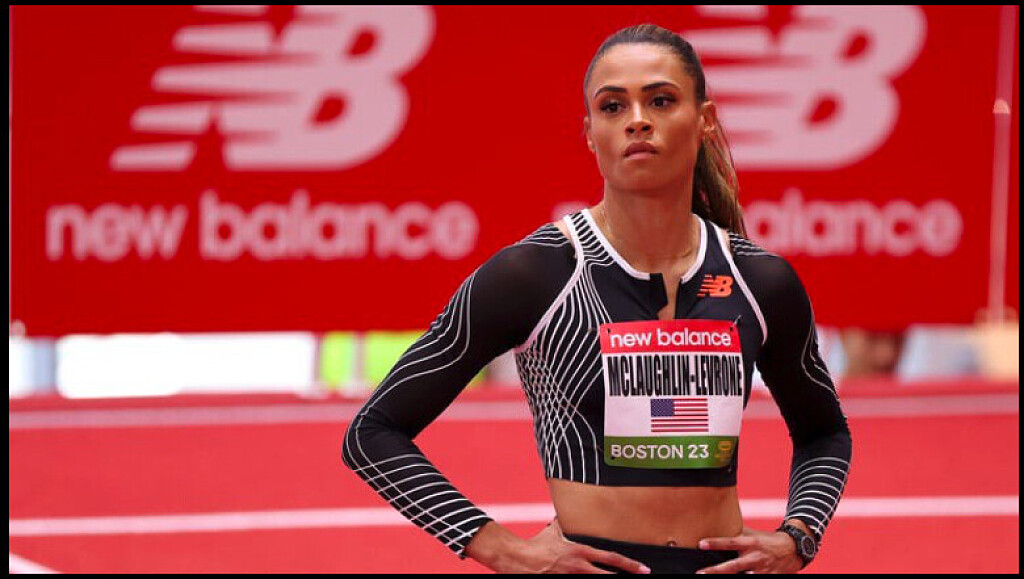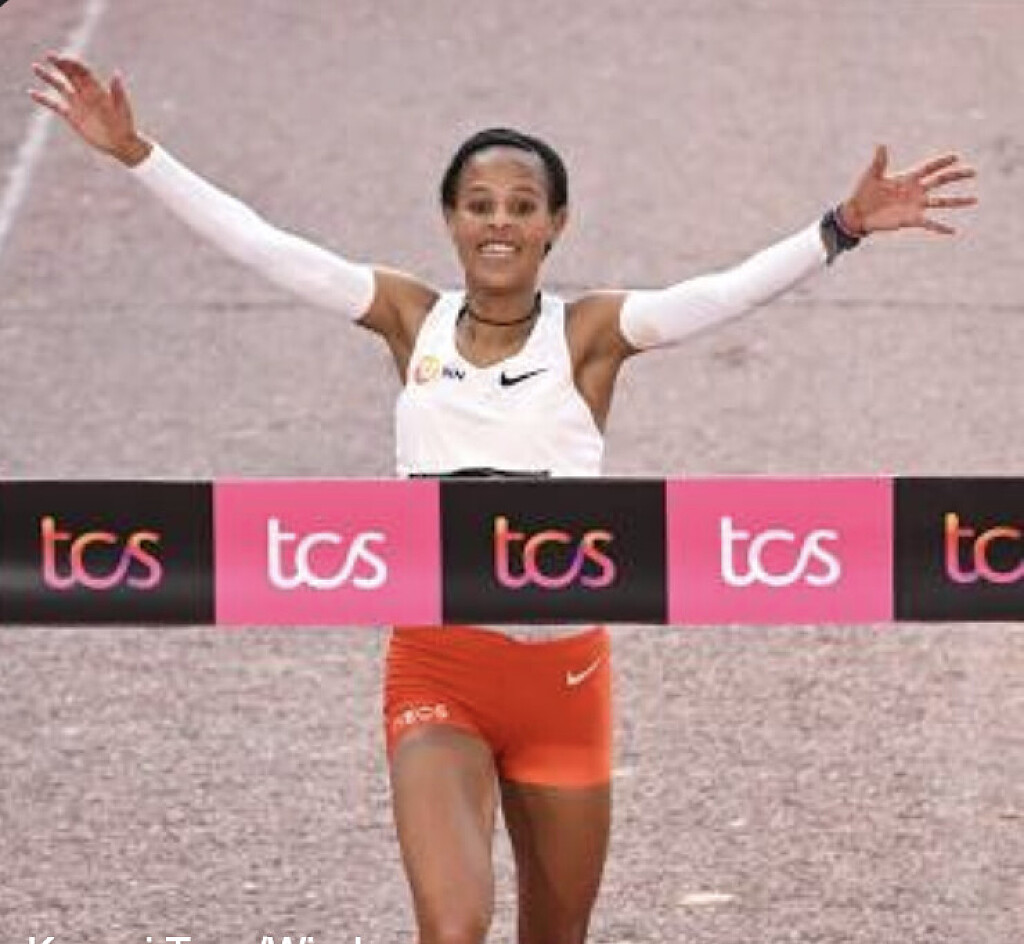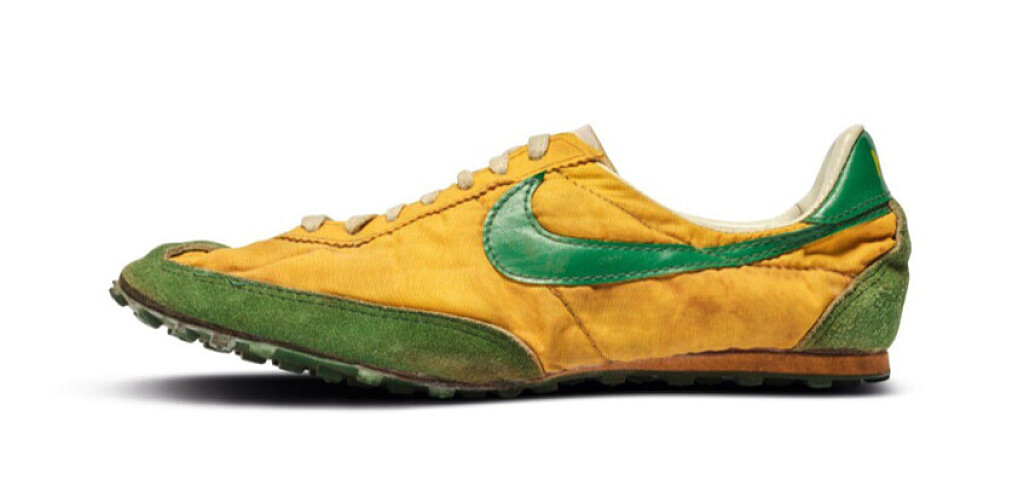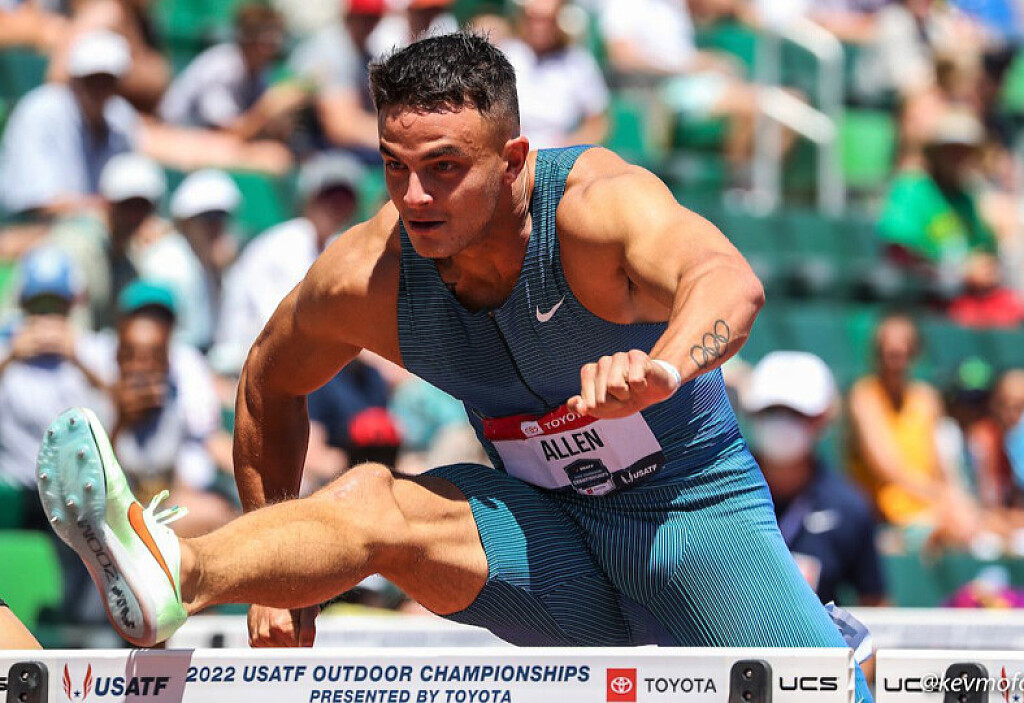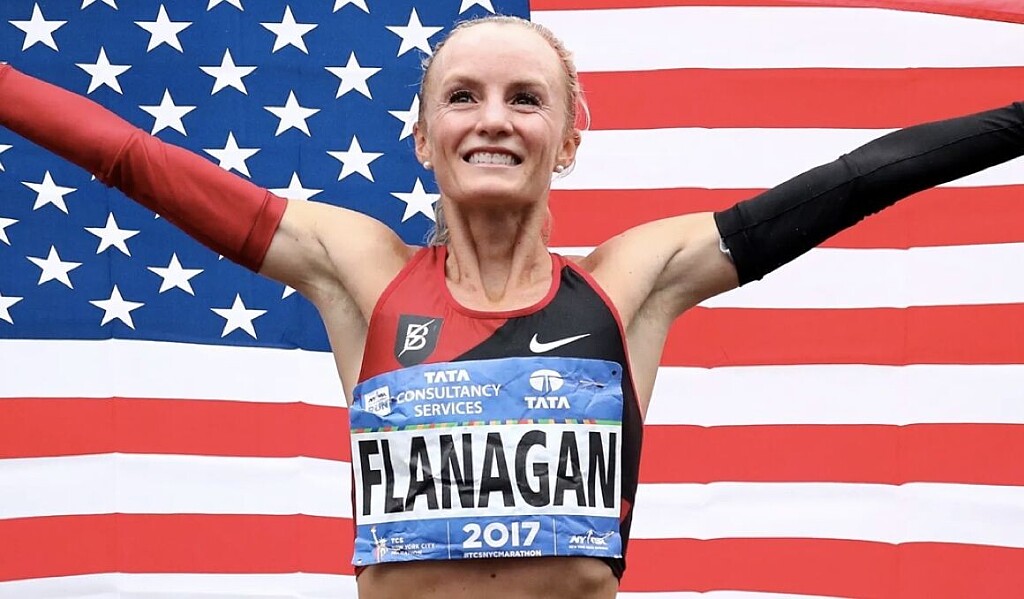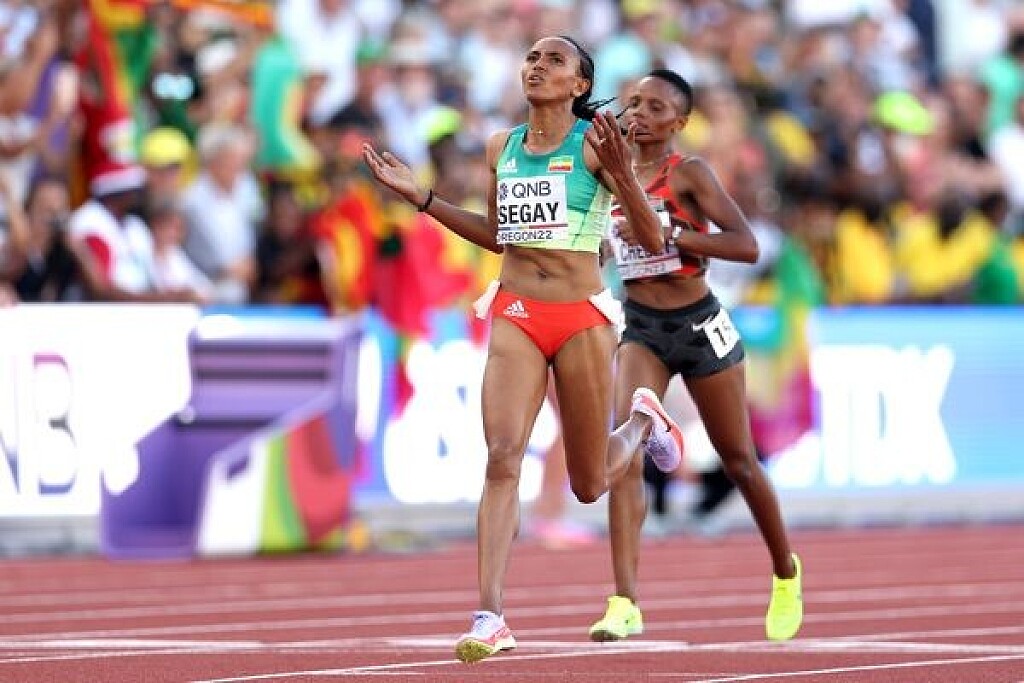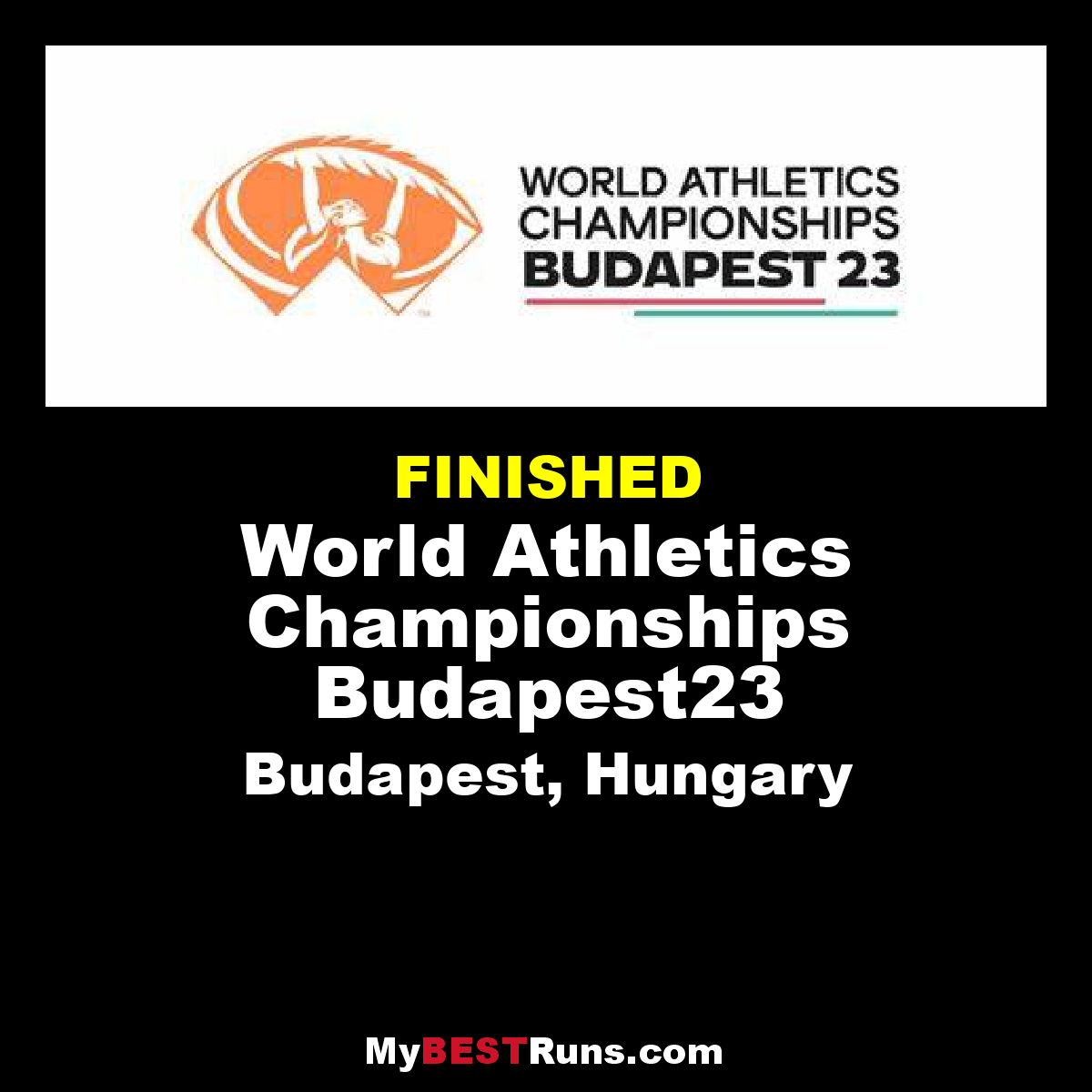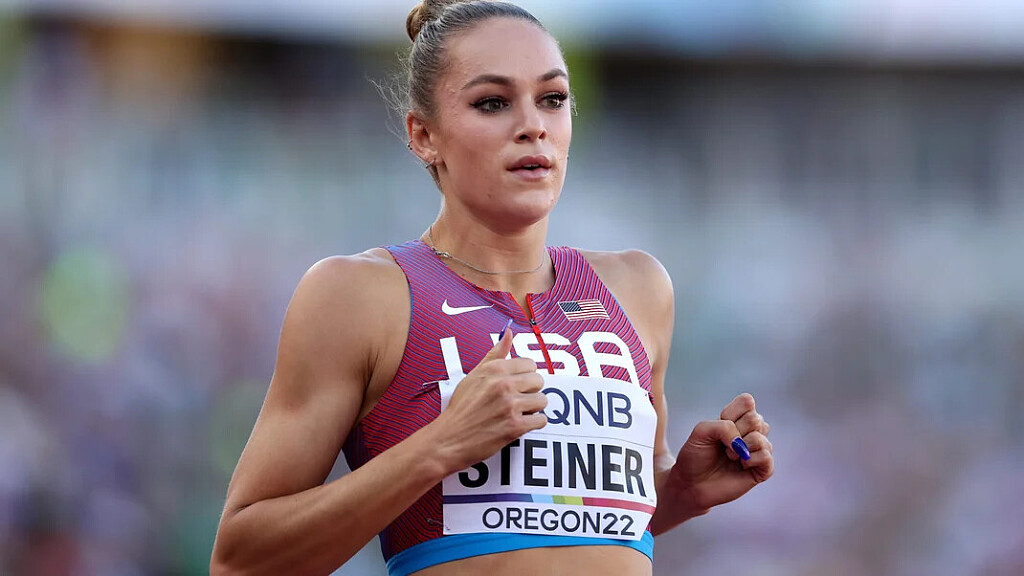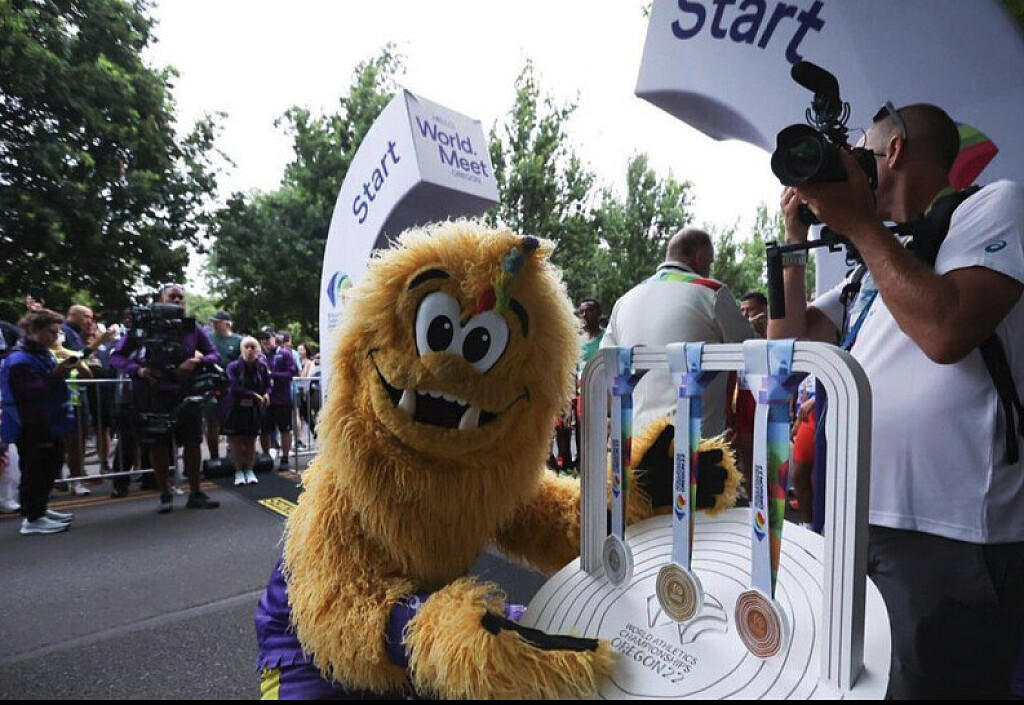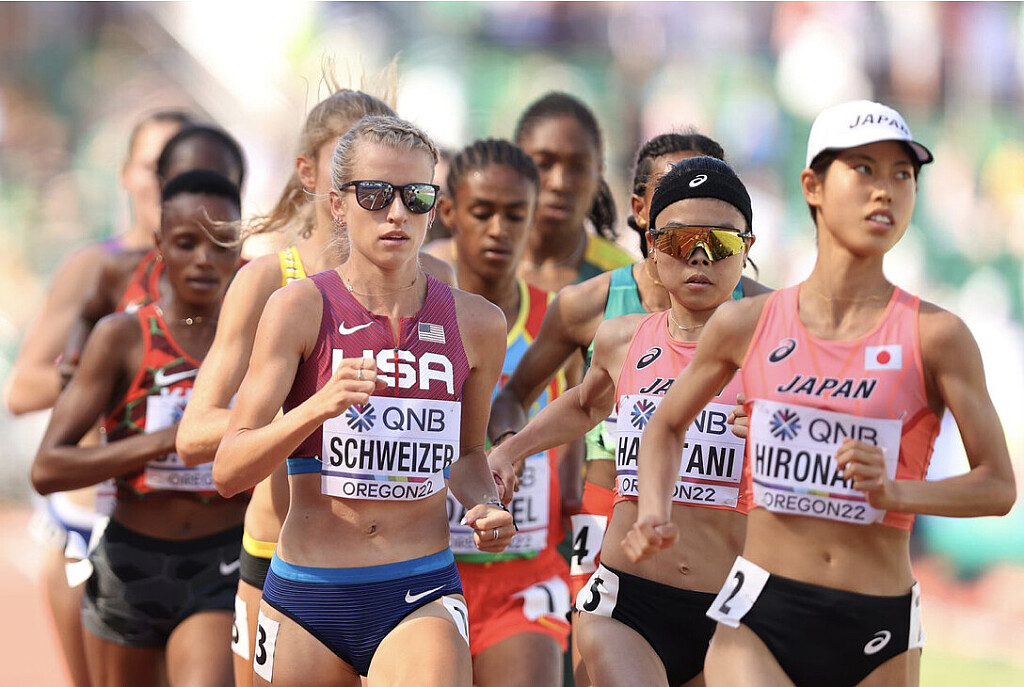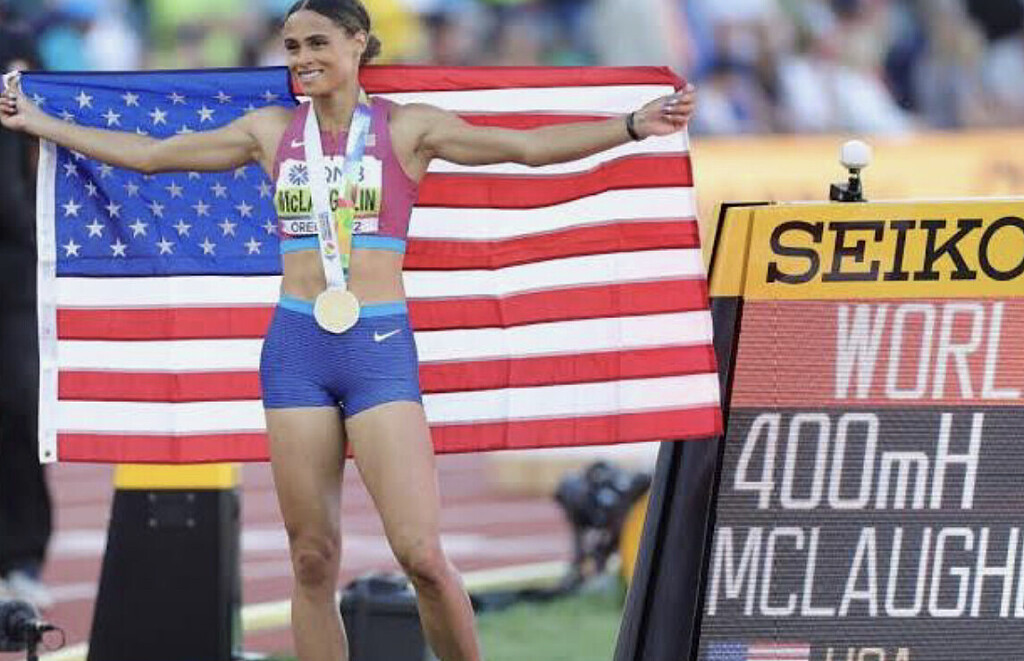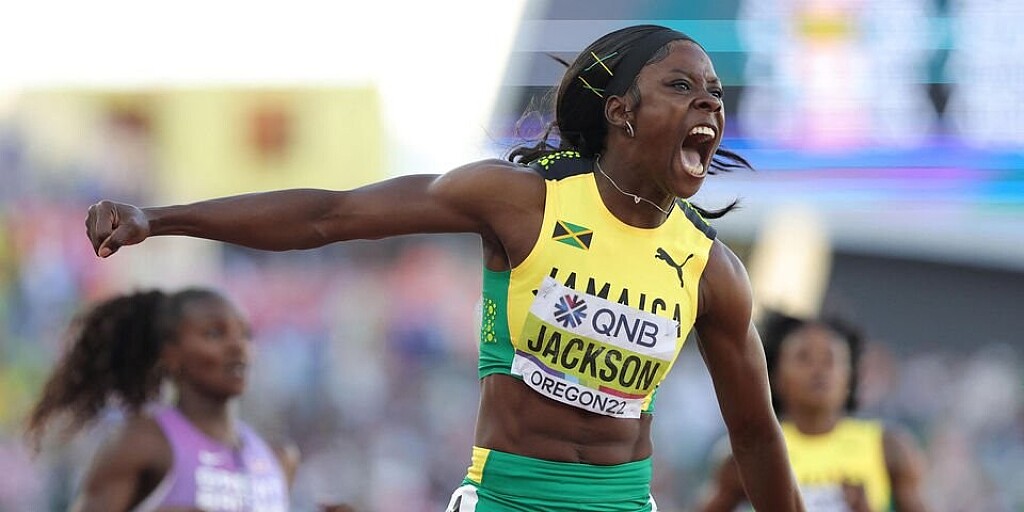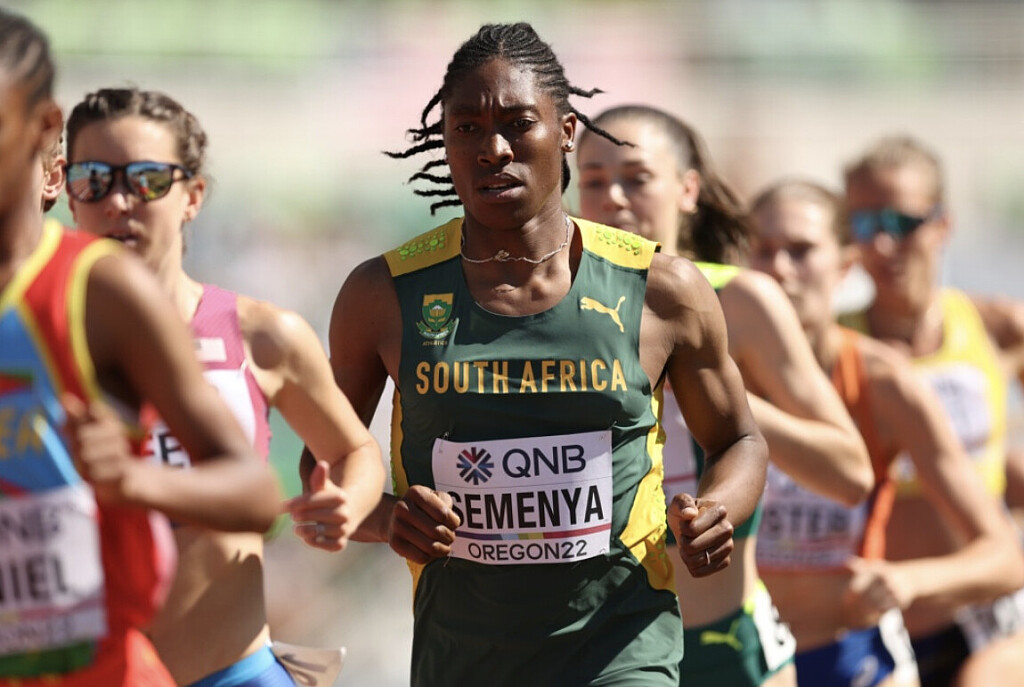Running News Daily
Running News Daily is edited by Bob Anderson. Send your news items to bob@mybestruns.com Advertising opportunities available. Train the Kenyan Way at KATA Kenya and Portugal owned and operated by Bob Anderson. Be sure to catch our movie A Long Run the movie KATA Running Camps and KATA Potato Farms - 31 now open in Kenya! https://kata.ke/
Index to Daily Posts · Sign Up For Updates · Run The World Feed
Articles tagged #Hayward Field
Today's Running News
Nico Young Clinches U.S. 10,000m Title with Electrifying Finish in Eugene
Eugene, Oregon – July 31, 2025
Nico Young delivered a career-defining performance on Wednesday night at the 2025 USATF Outdoor Championships, storming to victory in the men’s 10,000 meters with a closing display that left the crowd at Hayward Field in awe.

In a tightly contested final, Young surged past established veterans Grant Fisher and Graham Blanks with a stunning final lap of 56.54 seconds, covering the last 1600 meters in under four minutes—an extraordinary finish in a championship 10K. His winning time: 29:02.12.
Grant Fisher, one of the most accomplished distance runners in U.S. history, claimed the silver medal in 29:02.37, while rising star Graham Blanks, fresh off a record-breaking collegiate season, secured bronze in 29:02.43.

“What a way to end the night in Eugene,” echoed the sentiments of fans and announcers alike as Young crossed the line, arms raised in triumph.
At just 22 years old, Young’s victory represents a passing of the torch and a new era in American distance running. Known for his aggressive style and fearless front-running as a collegiate athlete at Northern Arizona University, Young has now proven he can execute a tactical race and close with world-class speed—a critical asset on the international stage.
The men’s 10,000m capped an electric night of competition at Hayward Field and set the tone for the rest of the championships. With this performance, Young not only claimed his first national title but also firmly established himself as a contender for global medals in the years ahead.
Men’s 10,000m – Final Results
• Nico Young – 29:02.12 (National Champion)
• Grant Fisher – 29:02.37 (National Runner-Up)
• Graham Blanks – 29:02.43 (National Bronze)
Stay tuned to My Best Runs for continued coverage of the 2025 USATF Outdoor Championships and road to the World Championships.
by Boris Baron
Login to leave a comment
Track’s Biggest Stars Return to Hayward Field for U.S. Championships
Eugene, Oregon – The stage is set for another electrifying weekend at iconic Hayward Field, as the Toyota U.S.A. Track & Field Outdoor Championships take place this Saturday and Sunday at 4 p.m. ET, airing live on NBC and Peacock.
Some of the sport’s biggest stars will be headlining the meet, including Sydney McLaughlin-Levrone and Noah Lyles, two of America’s premier track and field athletes.
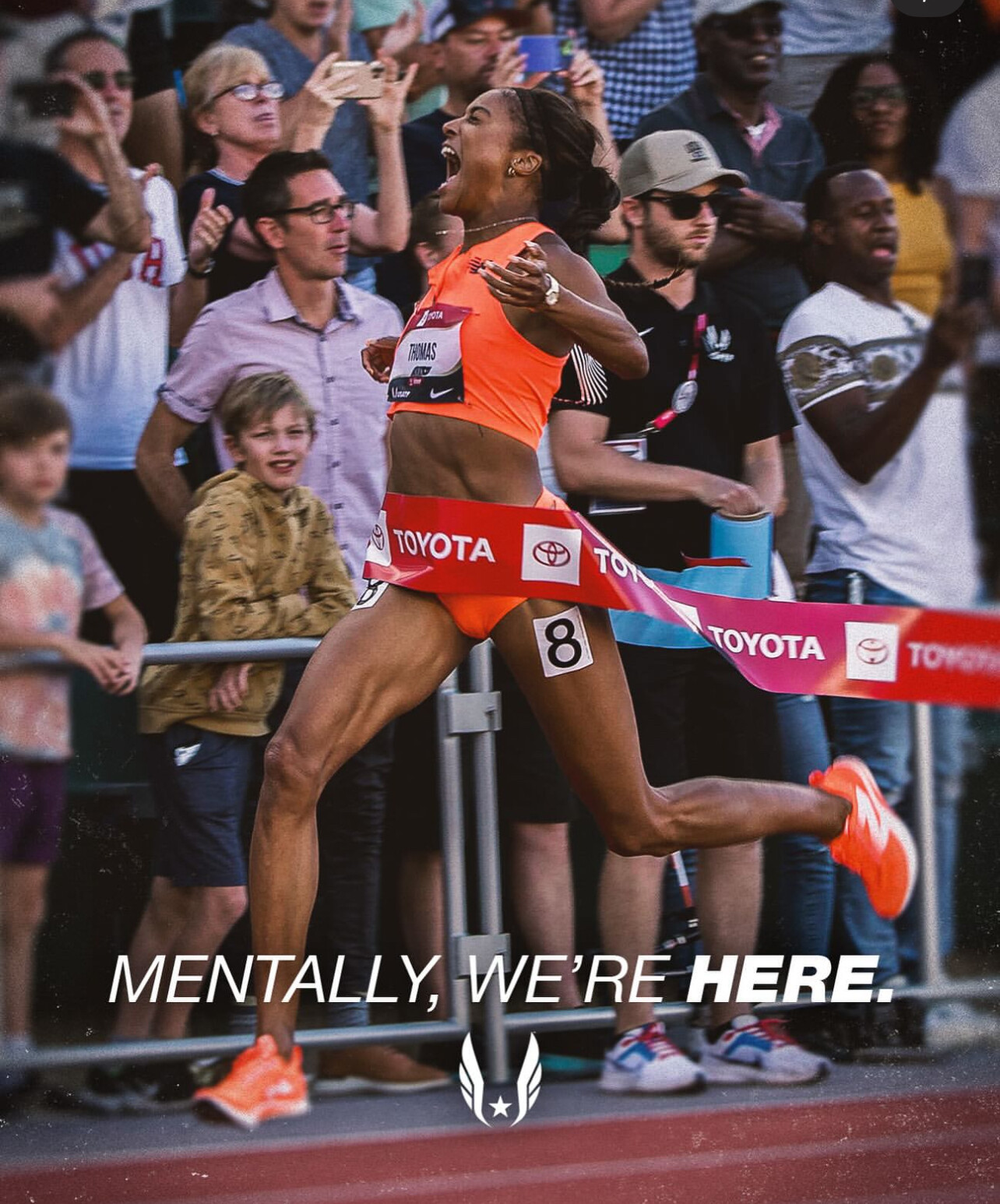
McLaughlin-Levrone, the reigning Olympic and World Champion in the 400m hurdles, is returning to the national spotlight after a strategic training and race schedule this season. Known for her graceful power and impeccable technique, Sydney has already redefined what’s possible in her event—shattering the world record multiple times. Fans are eager to see whether she’ll contest the 400m flat or return to the hurdles in Eugene.
On the men’s side, all eyes are on Noah Lyles, the reigning World Champion in the 100m and 200m. Lyles has made it clear he’s aiming for greatness this year, with both Olympic gold and world records on his radar. His recent performances on the Diamond League circuit suggest he’s peaking at the right time.
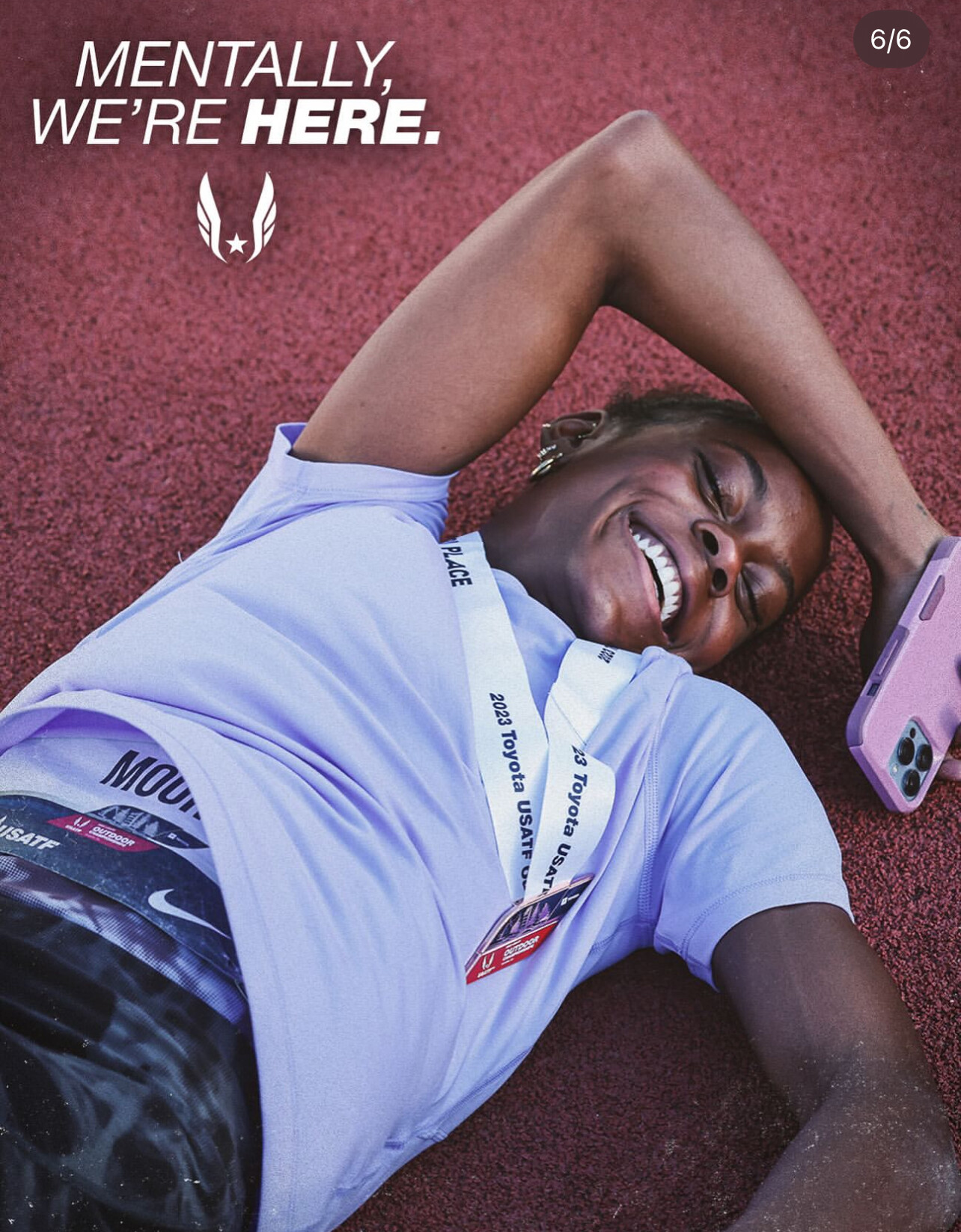
Distance Running Update: Eyes on the 1500m, 5000m, and 10,000m
The distance events promise fierce battles and major implications for Team USA selection.
In the men’s 1500m, all eyes will be on Yared Nuguse, who owns one of the fastest times in American history. He’ll be challenged by Cole Hocker, who famously stormed to an Olympic team spot in 2021, and NCAA standout Hobbs Kessler, who continues to climb the ranks.
The women’s 1500m will feature Nikki Hiltz, Emily Mackay, and Sinclaire Johnson, with Hiltz in standout form after their impressive road mile performances this season.
In the 5000m, American record holder Woody Kincaid will take on Grant Fisher, who’s back after injury and hungry to reclaim his place at the top. The women’s 5000m will include Elise Cranny, Karissa Schweizer, and Parker Valby, in what could be one of the most tactical races of the meet.
The 10,000m has already been contested earlier in the season, but the championship weekend will set the tone for the athletes’ final preparations ahead of international competition.
As always, Hayward Field brings the best out of American distance runners—expect fireworks as the fields chase not only titles, but Olympic dreams.
Catch the action live on NBC and Peacock.
Event: Toyota U.S.A. Track & Field Outdoor Championships
Location: Hayward Field, Eugene, Oregon
Broadcast: Saturday & Sunday at 4 p.m. ET on NBC & Peacock
by Boris Baron
Login to leave a comment
Faith Kipyegon Sets New 1500m World Record with 3:48.68 at 2025 Prefontaine Classic
Faith Kipyegon continues to redefine greatness in women’s middle-distance running. On July 5, 2025, at the Prefontaine Classic in Eugene, Oregon, the Kenyan superstar set a new world record in the 1500m, clocking 3:48.68 and breaking her own previous mark of 3:49.04 set just a year earlier.
The Hayward Field crowd witnessed another chapter in what is becoming one of the most dominant careers the sport has ever seen.
Sharpened Focus, Sharper Speed
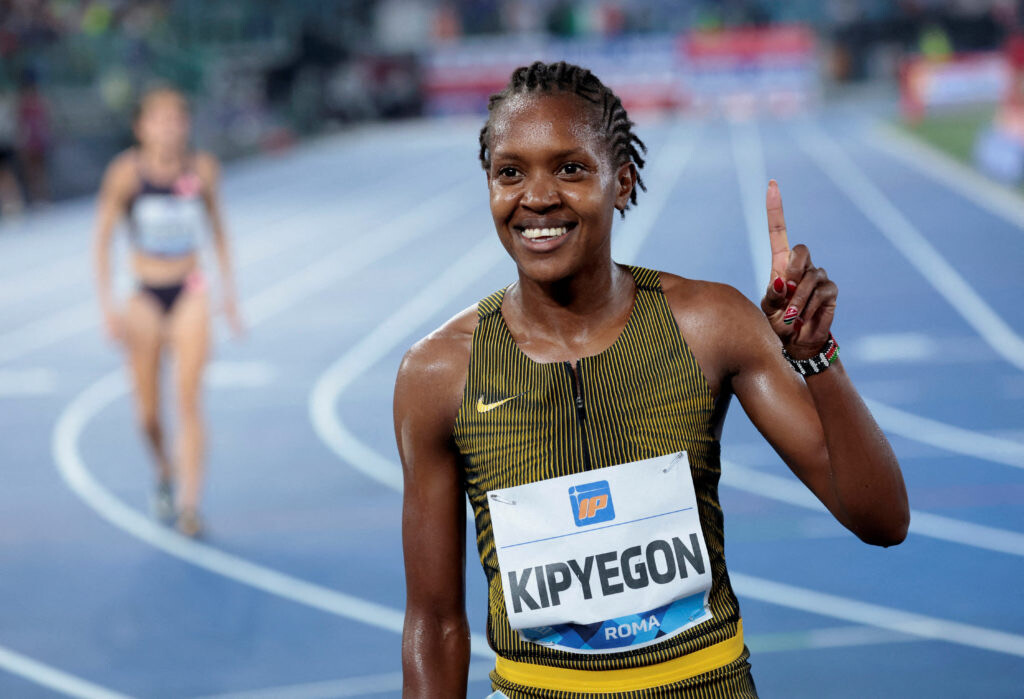
Kipyegon, already a two-time Olympic champion and multiple-time world champion, executed a flawless race. After a steady opening 800m behind the pacemaker, she began to pick up the tempo in lap three before unleashing her signature kick over the final 300 meters.
Her time of 3:48.68 now stands as the fastest women’s 1500m ever recorded — shaving more than three-tenths of a second off her previous world record from 2024.
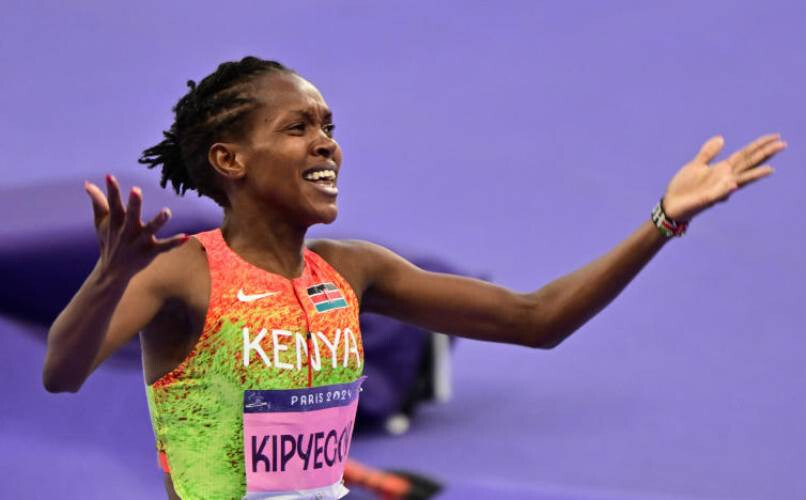
“I knew I was in shape to do something special,” said Kipyegon after the race. “Breaking the world record again, right here in front of this crowd, is a dream come true.”
One of the Greatest Careers in Track History
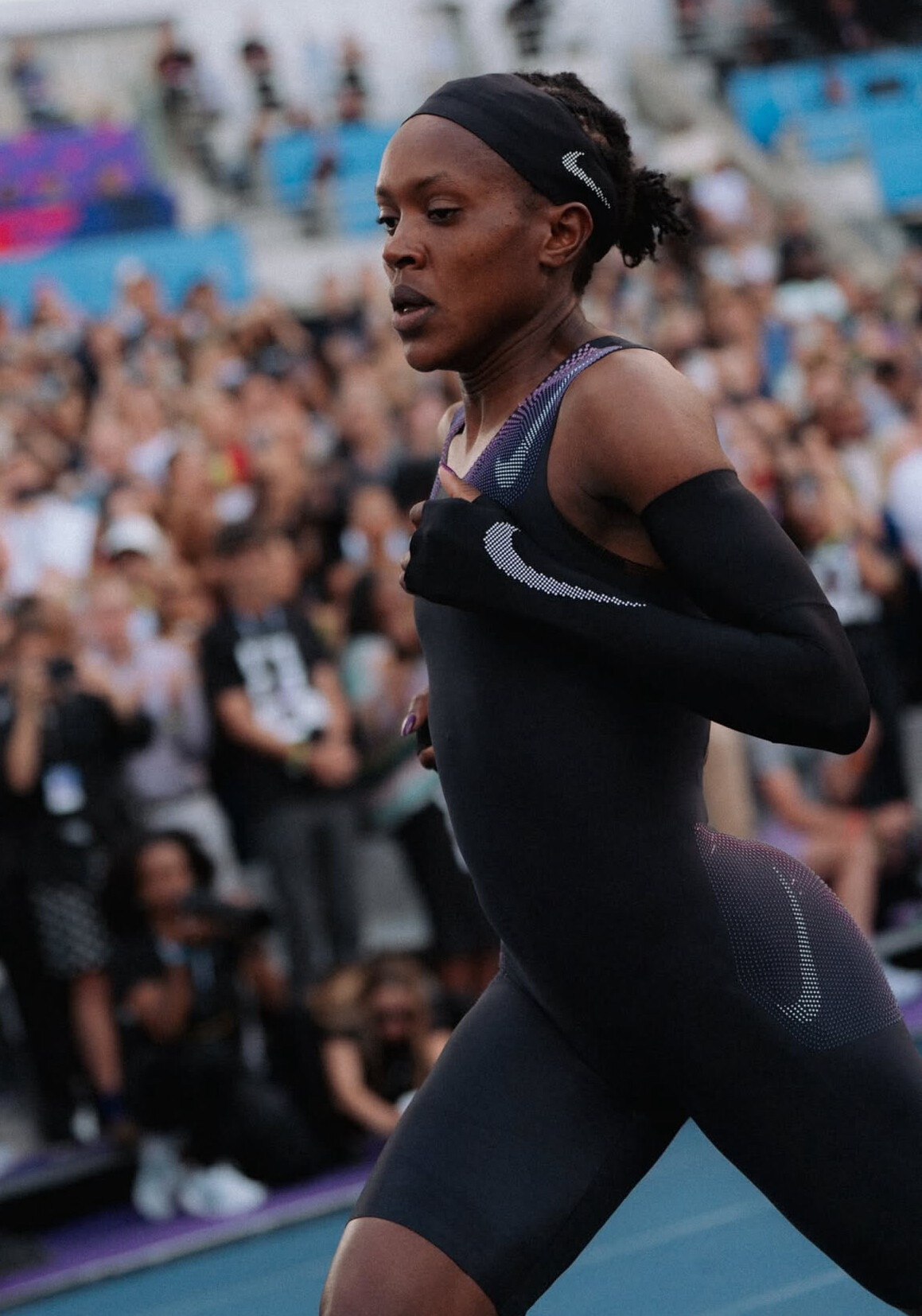
With this latest record, Kipyegon has now broken three world records in just over a year — the 1500m, mile, and 5000m — showcasing a range and consistency few have ever matched.
Her ability to dominate both the 1500m and 5000m places her in a category all her own. And after winning double gold in both events at the 2024 Paris Olympics, her legend continues to grow.
What’s coming up for Faith
With the 2026 World Championships in Tokyo looming, Kipyegon’s momentum couldn’t be stronger. She’s not just chasing titles — she’s rewriting the sport’s history.
As the only woman in history to run both sub-3:49 in the 1500m and sub-14 in the 5000m, Faith Kipyegon isn’t just winning races — she’s reshaping the limits of human performance.
by Boris Baron
Login to leave a comment
Prefontaine Classic
The Pre Classic, part of the Diamond League series of international meets featuring Olympic-level athletes, is scheduled to be held at the new Hayward Field in Eugene. The Prefontaine Classicis the longest-running outdoor invitational track & field meet in America and is part of the elite Wanda Diamond League of meets held worldwide annually. The Pre Classic’s results score has...
more...Beatrice Chebet Smashes Women’s 5000m World Record with Historic 13:58.06 at Prefontaine Classic
On a cool Saturday evening in Eugene, Oregon, Beatrice Chebet of Kenya made history — becoming the first woman ever to break the 14-minute barrier in the 5000m.
Chebet stormed to victory at the Prefontaine Classic on July 5, 2025, clocking an astonishing 13:58.06, obliterating the previous world record of 14:00.21 set by Ethiopia’s Letesenbet Gidey in 2020.
It was a performance that stunned the crowd at Hayward Field and sent shockwaves through the global athletics community.
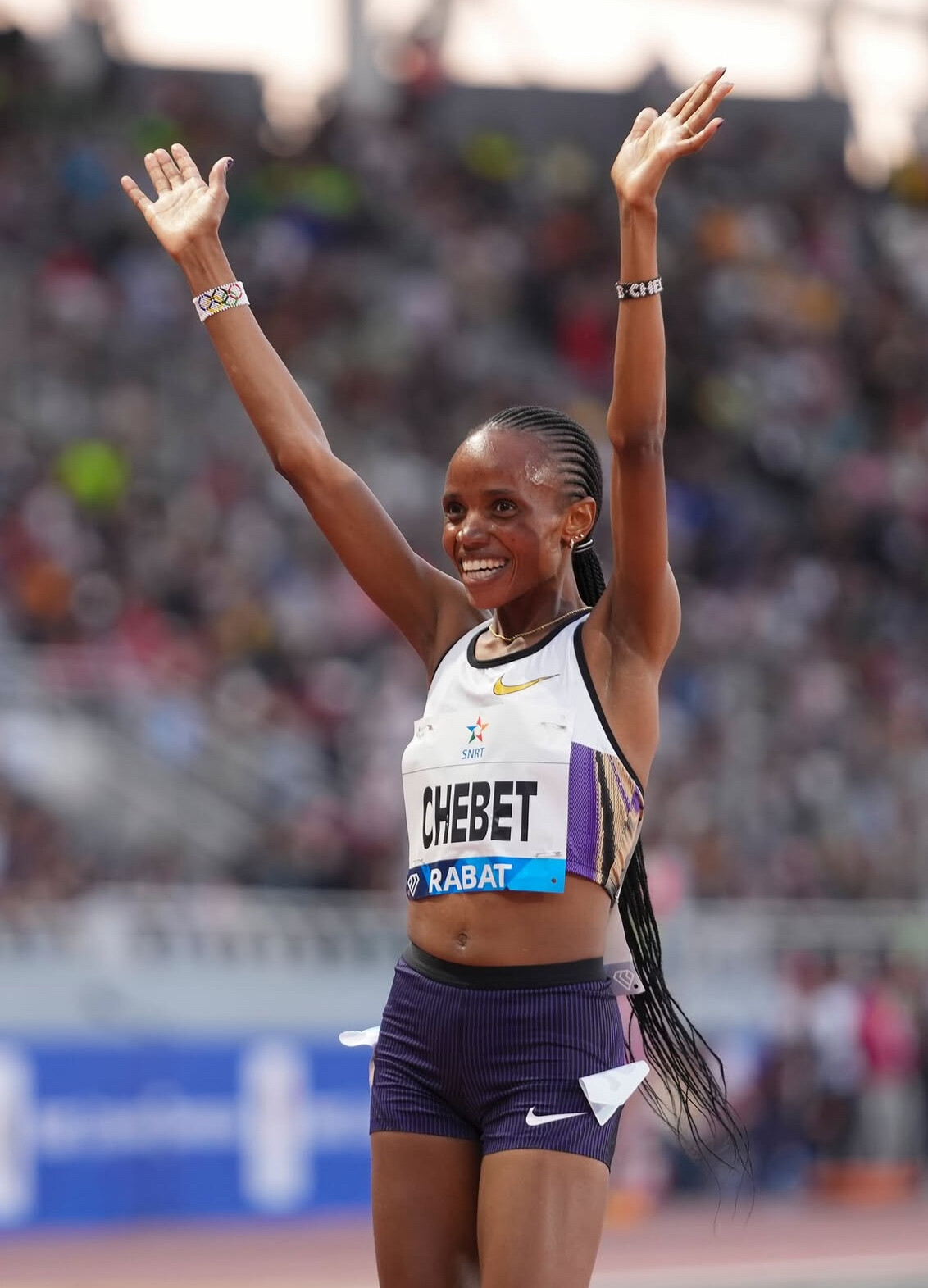
Making History in Style
From the gun, the race was electric. Pushed by strong pacing and an elite field, Chebet stayed composed and patient, moving smoothly through the early kilometers. But as the laps ticked down, she surged to the front with her trademark closing speed and never looked back.

Her final time of 13:58.06 etched her name in the record books and established her as the new queen of the distance — a feat no woman in history had previously achieved.
“I knew the record was possible,” Chebet said after the race. “I trusted my training and my strength. This was for Kenya, for women, and for everyone who believes in breaking limits.”
A Star Ascending
At just 25, Beatrice Chebet has already had a career packed with accolades — World Cross Country champion, Diamond League winner, and now the fastest woman ever over 5000m.
With her Paris Olympic medal from last year and a World Championships season on the horizon, Chebet has shown that she is in the form of her life. Her historic run comes at a time when Kenyan distance running is enjoying a renaissance — especially among the women.
What’s Next for Beatrice
Chebet’s performance doesn’t just reset the record books — it redefines what’s possible in women’s distance running. The sub-14 club now exists, and she’s the founding member.
With competition heating up and eyes on the 2026 World Championships, Chebet has firmly taken the lead in the next chapter of women’s long-distance history.
by Boris Baron
Login to leave a comment
Prefontaine Classic
The Pre Classic, part of the Diamond League series of international meets featuring Olympic-level athletes, is scheduled to be held at the new Hayward Field in Eugene. The Prefontaine Classicis the longest-running outdoor invitational track & field meet in America and is part of the elite Wanda Diamond League of meets held worldwide annually. The Pre Classic’s results score has...
more...Clash of Titans: Women's 5000m Showdown at the 2025 Pre Classic
The stage is set for an epic battle in women's distance running. World record holder Gudaf Tsegay and newly crowned 10,000m world record holder Beatrice Chebet headline a star-studded field in the women's 5000m at the 2025 Pre Classic in Eugene, Oregon, on July 5.
Tsegay's current world record of 14:00.21, set in Eugene in September 2023, has pushed the boundaries of human performance, tantalizingly close to the sub-14 minute barrier. Her fearless racing style and blistering finishes have cemented her status as one of the sport's most electrifying athletes.
Chebet's jaw-dropping 28:54.14 10,000m performance in Eugene earlier this year sent shockwaves through the track world. The Kenyan's record-breaking run, which shattered the previous mark by over seven seconds, has established her as a force to be reckoned with in long-distance events.
With both athletes confirmed for the Pre Classic, fans are buzzing with anticipation: could we witness the first sub-14:00 performance by a woman? The Pre Classic's reputation for record-setting conditions – cool temperatures, fast track, and expert pacing – only adds to the excitement.
A Race Built for History
The Diamond League event has a proven track record of fostering exceptional performances. With Tsegay and Chebet at the forefront, the women's 5000m on July 5 promises to be a defining moment in the 2025 athletics calendar. Will Tsegay look to further cement her legacy or Chebet seek to double down on her 10,000m dominance? One thing is certain: this clash of titans will leave an indelible mark on the sport.
Event Details:
- Date: July 5, 2025
- Location: Hayward Field, Eugene, Oregon
- Event: 2025 Pre Classic Women's 5000m
Get ready for an unforgettable showdown between two of the world's greatest distance runners. Will the 2025 Pre Classic witness history in the making?
by Boris Baron
Login to leave a comment
Prefontaine Classic
The Pre Classic, part of the Diamond League series of international meets featuring Olympic-level athletes, is scheduled to be held at the new Hayward Field in Eugene. The Prefontaine Classicis the longest-running outdoor invitational track & field meet in America and is part of the elite Wanda Diamond League of meets held worldwide annually. The Pre Classic’s results score has...
more...Faith Kipyegon Clocked 3:48.8 at 1500m During #Breaking4 Attempt—Eyes Another World Record at the Prefontaine Classic on July 5
Faith Kipyegon, the reigning queen of middle-distance running, continues to stretch the boundaries of what’s possible on the track. During a high-profile #Breaking4 mile time trial, the Kenyan superstar clocked a blistering 3:48.8 at the 1500-meter mark—faster than her official world record of 3:49.04, set in Florence in 2023.
Although the time trial format means the result won’t be ratified as an official record, the performance sent a clear message: Kipyegon is still getting faster.
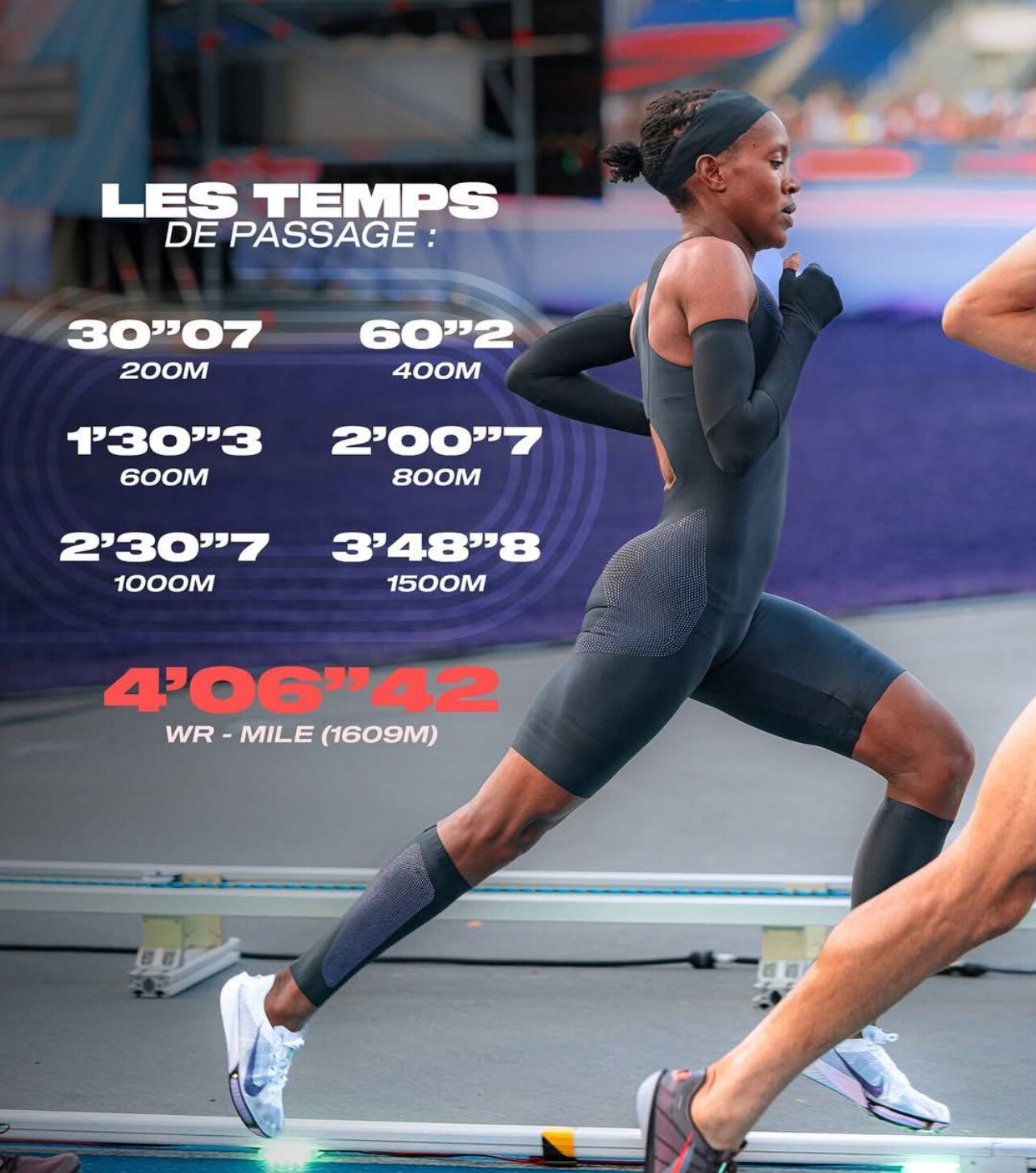
“This performance gives me great hope,” Faith said after the run. “To see 3:48.8 on the clock at 1500m confirms that sub-3:49 is within reach.”

She’ll have her next big chance at the Prefontaine Classic in Eugene, Oregon, on July 5, 2025, where she’s planning a serious assault on the record books. Known for producing fast times at Hayward Field, the meet could see Faith rewrite history once again.
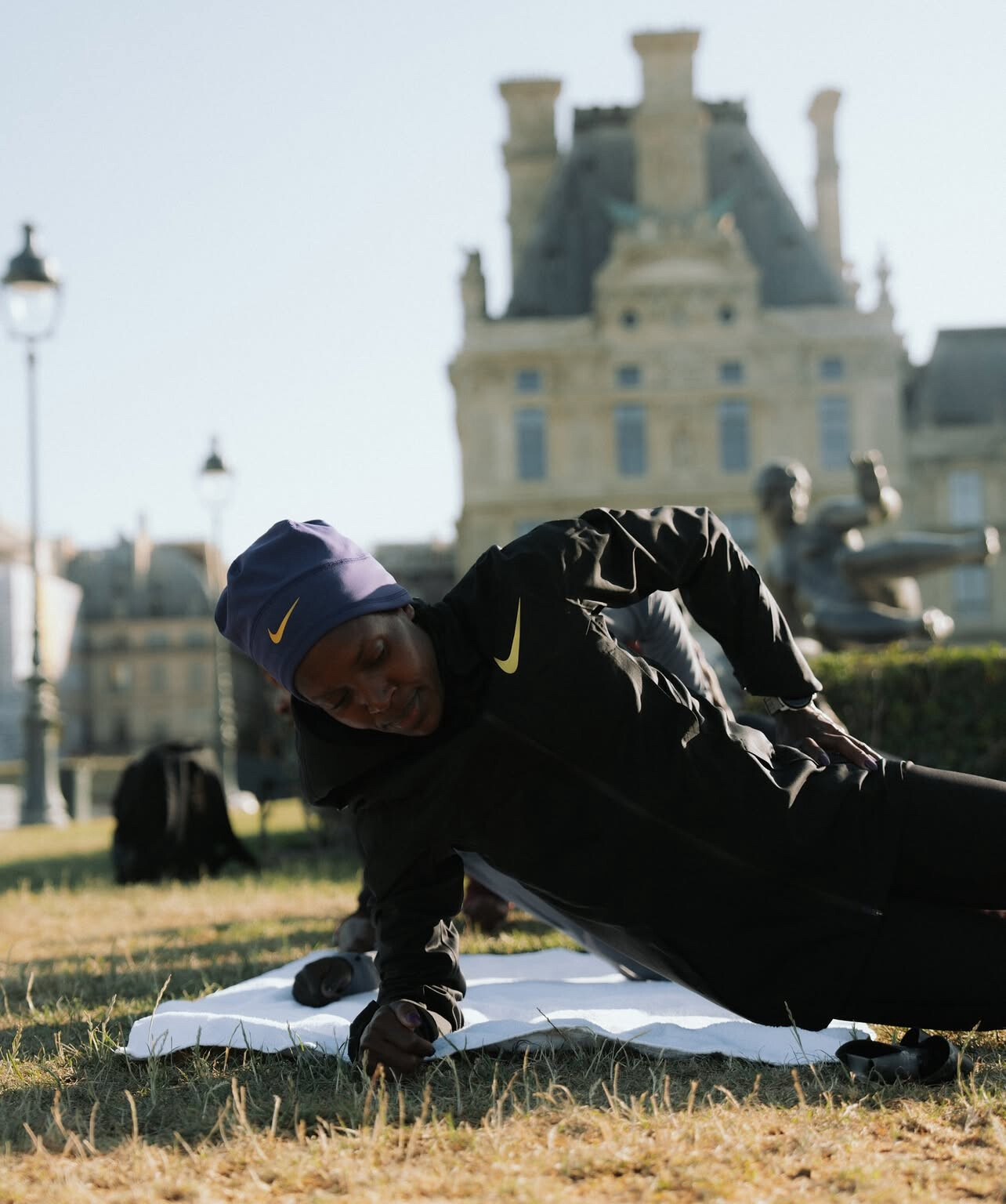
The Breaking4 attempt was designed to chase a barrier no woman has yet achieved under standard conditions: running a sub-four-minute mile. While Kipyegon ultimately finished the mile in 4:06.42, her 1500m split electrified fans and analysts alike.
Already the world record holder at 1500m, the mile, and 5000m, Kipyegon’s consistency and fearless racing continue to define this golden era in women’s distance running. Her run at the Pre Classic could mark the third time she’s broken the 1500m world record since 2023.
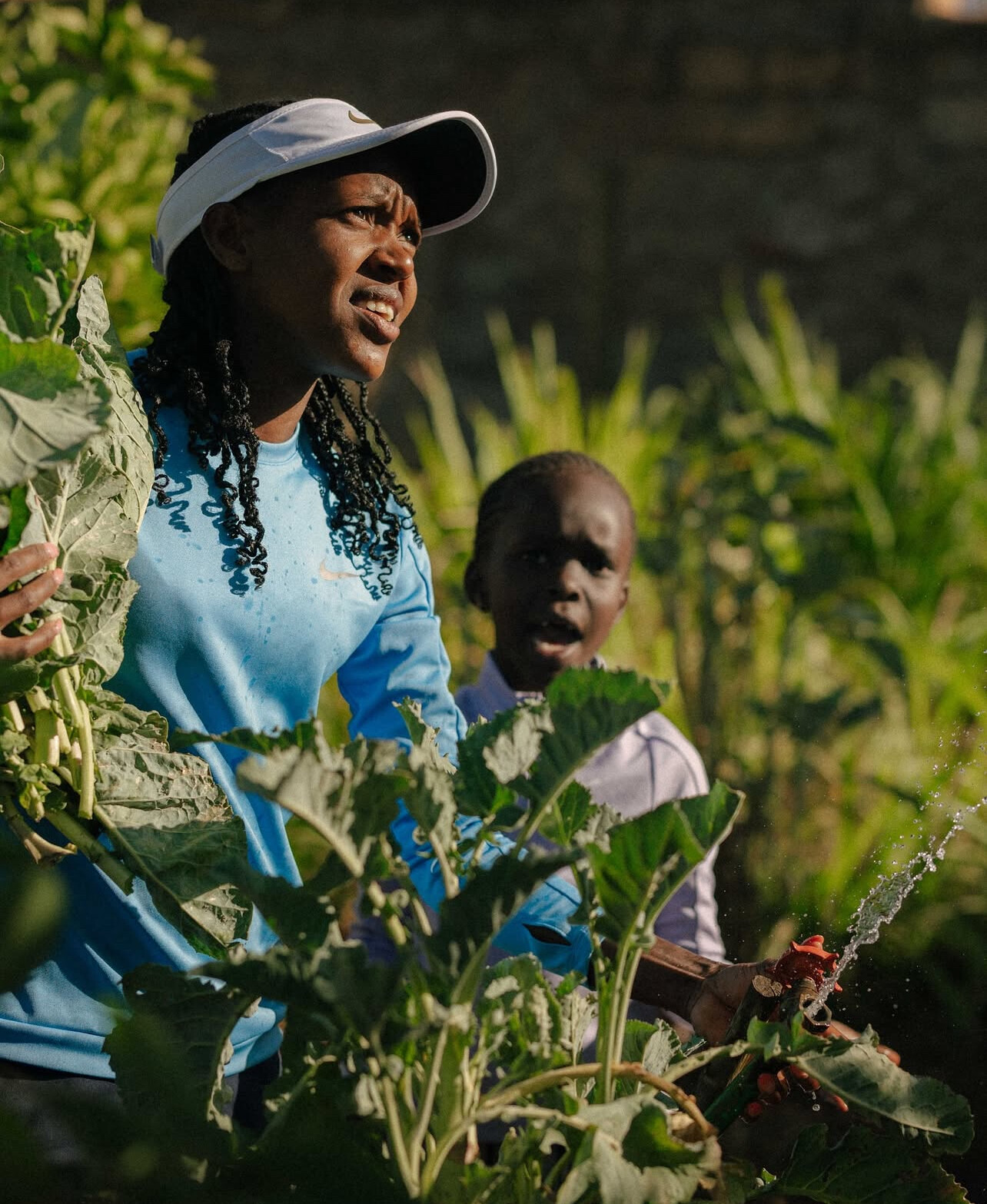
With the 2024 Paris Olympics now behind her, Kipyegon appears focused on cementing her legacy and pushing toward times no woman has ever reached.
The countdown to July 5 has officially begun.
My Best Runs
Follow us for full coverage of the Prefontaine Classic and the next chapter in Faith Kipyegon’s extraordinary journey.
by Boris Baron
Login to leave a comment
She Just Keeps Breaking Records
Jane Hedengren Runs 8:40.03 to Shatter Her Own American U20 and High School Record in the 3000m
Jane Hedengren isn’t just rewriting the record books — she’s obliterating them. On Saturday, June 21, at the Nike Outdoor Nationals in Eugene, Oregon, the 17-year-old phenom delivered another jaw-dropping performance, clocking 8:40.03 in the 3000 meters to lower her own American U20 and high school record.
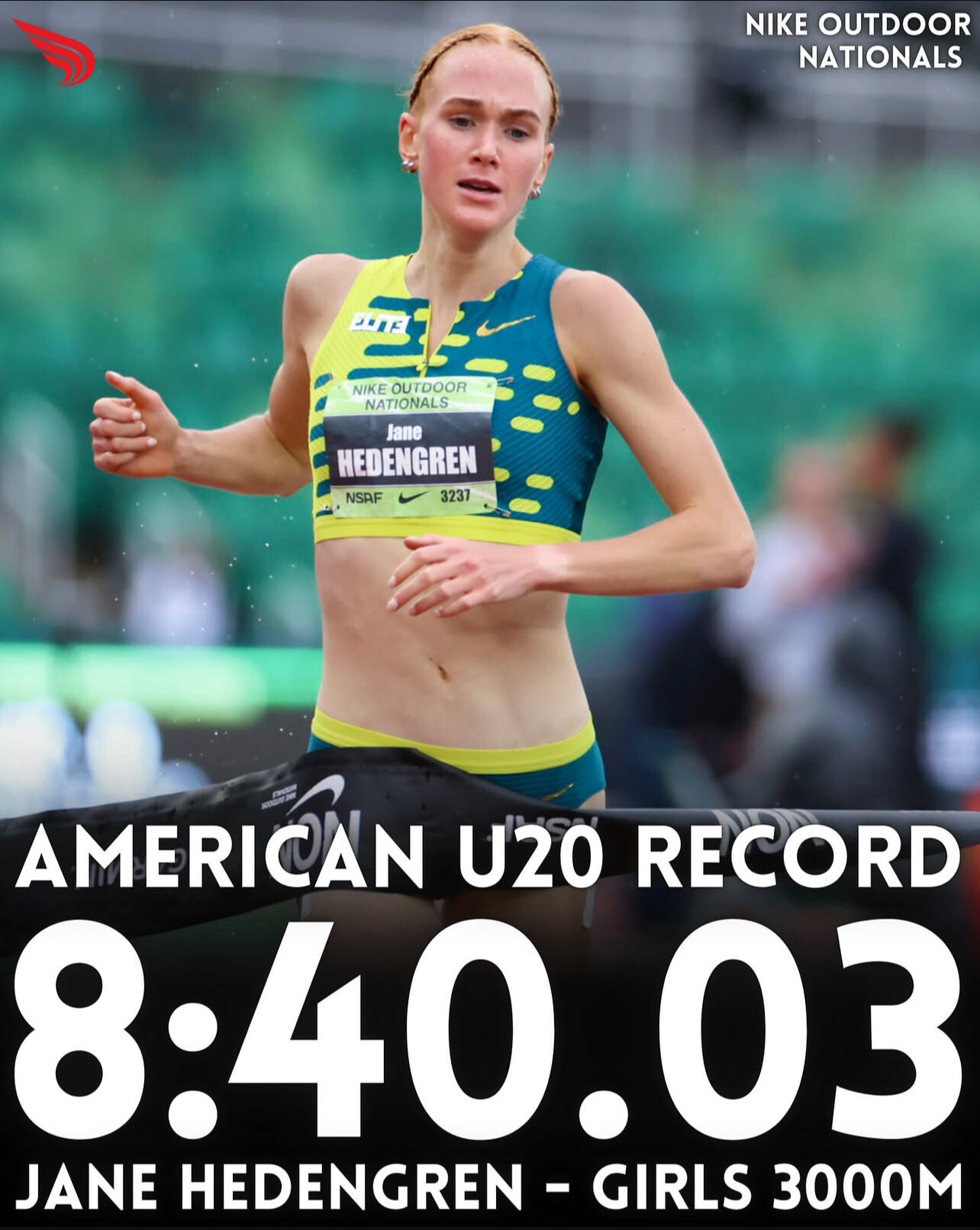
Or This mark, set on the storied track at Hayward Field, came just two weeks after Hedengren ran 8:40.99 at the Brooks PR Invitational — which, at the time, was the fastest 3000m ever run by an American high school girl. Saturday’s performance confirms what the track world is quickly realizing: we’re witnessing one of the most extraordinary distance runners the U.S. has ever produced at this age.
One of the Greatest Streaks in High School History
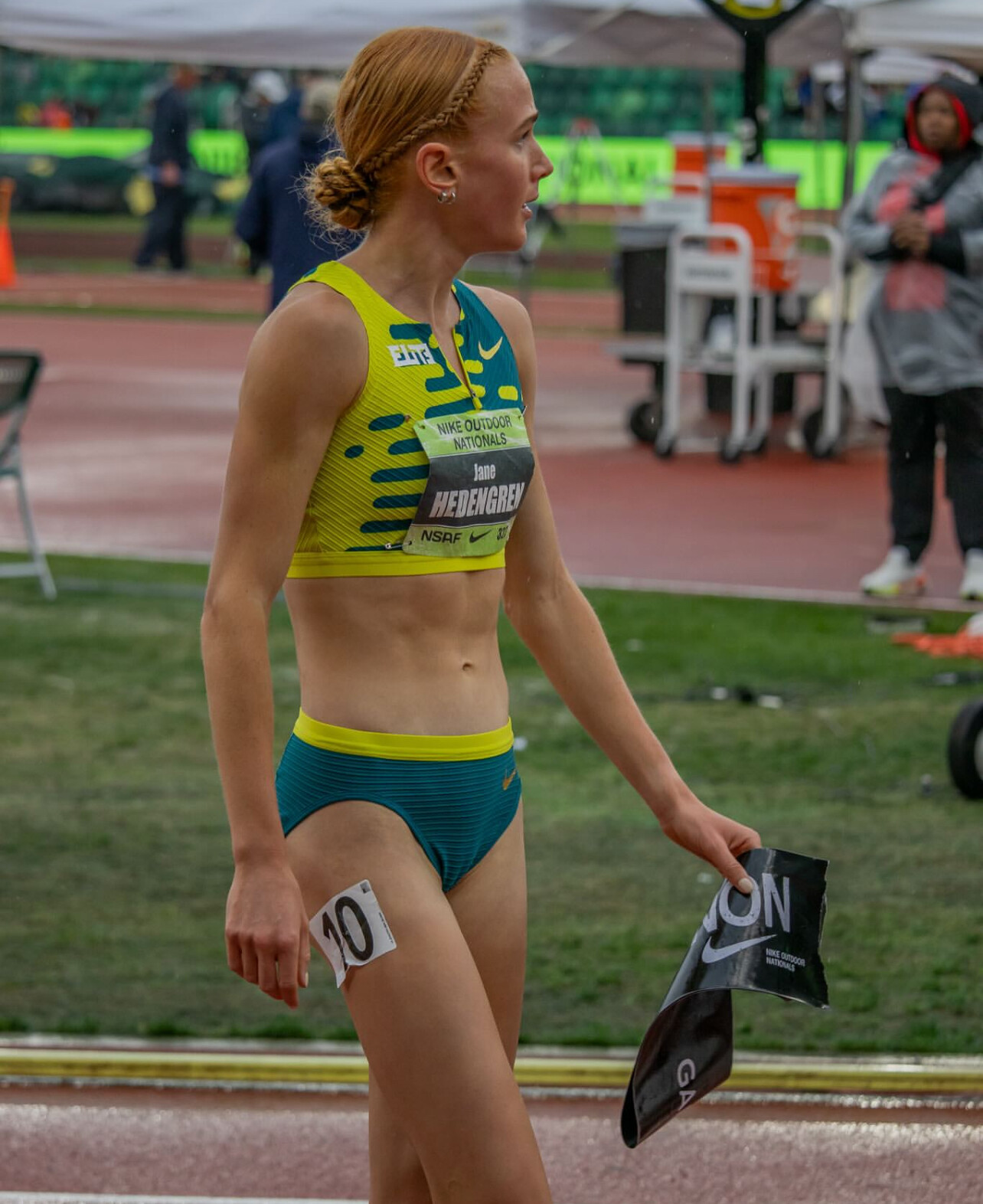
Hedengren’s 2025 season has been nothing short of historic. In the span of just a few months, she has broken high school national records in:
Mile – 4:23.50
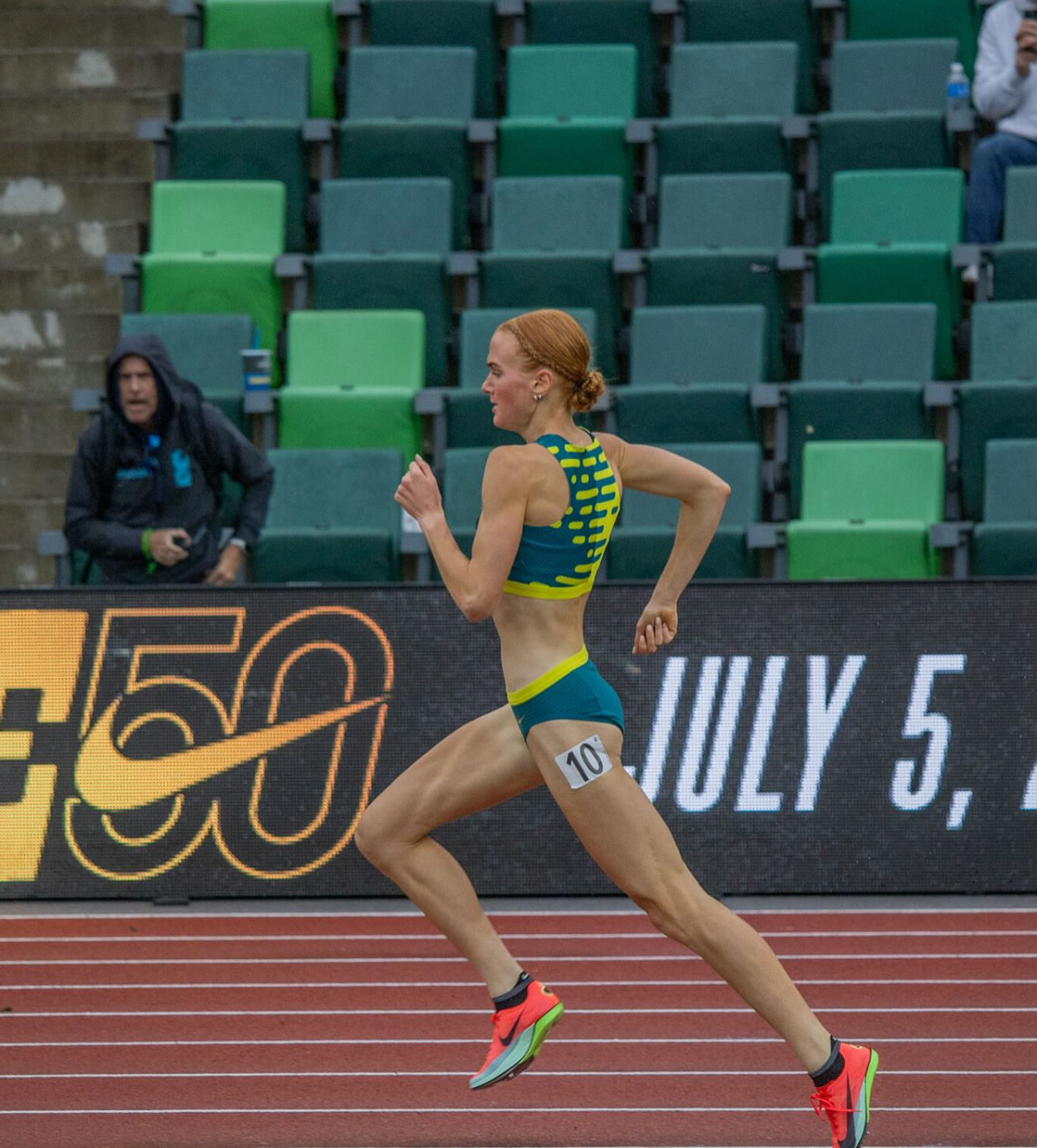
1600m – Converted from her mile time
Two Mile – 9:17.75 (en route during her previous 3000m record)
5000m – Both indoors and outdoors
3000m – Now twice, with her latest 8:40.03 mark
And she’s still not done.
Despite cool, rainy conditions in Eugene, Hedengren ran with poise and control, steadily widening her lead throughout the race. Her form was fluid, her pacing flawless — a reminder that even under less-than-ideal conditions, she is a generational talent.
A Glimpse into the Future
Hedengren, who has committed to BYU, is heading to college as the most decorated high school distance runner in recent memory. With times already rivaling some of the top NCAA runners, her transition to the next level could be seismic.
But beyond the times, it’s her consistency and fearlessness that are setting her apart. She’s not afraid to front-run, to chase big goals, and to compete against older, more experienced athletes. That mindset — combined with her physical gifts — suggests this is only the beginning.
What’s Next?
With the summer track season still in full swing, there’s a chance Hedengren could take aim at even more records, including some at the senior level. Whether or not she races again this season, her mark on 2025 is already indelible.
From the mile to the 5K, indoors and out, Jane Hedengren just keeps breaking records. Her latest — an 8:40.03 3000m — is not just another national best. It’s a signal to the running world: the future is here.
by Boris Baron
Login to leave a comment
Pre vs. Wottle: The Day Eugene Witnessed a Mile Duel for the Ages
Inspired by a post from Eric Giacoletto
On June 20, 1973, Hayward Field in Eugene, Oregon, hosted one of the most legendary mile showdowns in U.S. track history—a dramatic match race between Steve Prefontaine and Dave Wottlethat captivated a sold-out crowd and etched itself into the sport’s folklore.
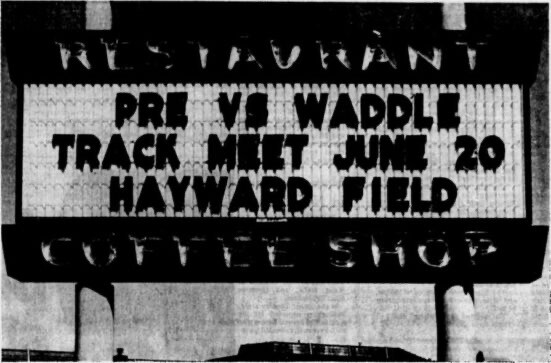
The event was the Hayward Restoration Meet, a grassroots effort to raise funds to rebuild the stadium’s deteriorating wooden grandstands, which had been condemned by the Eugene Fire Department. Prefontaine, ever the promoter and competitor, helped organize a marquee matchup to fill the stands and elevate the cause.
Pre invited Dave Wottle, who was then riding high after winning gold in the 800 meters at the 1972 Munich Olympics, for a one-mile race that would bring elite energy to Eugene. Wottle accepted the challenge.
According to Giacoletto’s telling, Prefontaine told Wottle:
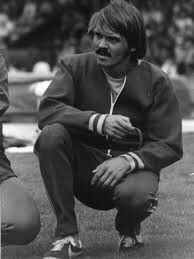
“We’ll go after the world record in the mile, and I’ll set the pace. I’ll bring you through in 2:56, and then it’s each man for himself on the last lap.”
On race day, true to his word, Pre hit the 880-yard mark in 1:56.8 and the three-quarter mile in 2:56.0—perfect pacing for a potential world record.
But with just over 220 yards remaining, Wottle unleashed his signature long sprint. In front of a roaring Hayward crowd, Wottle surged past Pre to win in 3:53.3, the third-fastest mile in history at the time, behind only Jim Ryun’s 3:51.1 world record (1967) and Marty Liquori’s 3:52.2 (1971).
Prefontaine finished second in 3:54.7, which tied him for ninth on the all-time list. John Hartnett of Villanova and Ireland kicked hard to take third in 3:54.8, placing 11th all-time.
Why This Race Still Resonates
• It was Wottle’s career-best mile, proving his range extended well beyond 800 meters.
• It showed Prefontaine’s commitment to elevating the sport, even at the risk of losing.
• It became a key chapter in Hayward Field’s history and Oregon’s running identity.
As Eric Giacoletto beautifully summarized, this was “an epic day in track nerd history”—a pure demonstration of guts, pacing, and competitive fire that helped shape American distance running.
by Boris Baron
Login to leave a comment
Faith Kipyegon and Jakob Ingebrigtsen Headline Historic 2025 Pre Classic
The 50th edition of the Prefontaine Classic, set for July 5 at Hayward Field in Eugene, Oregon, promises to be one of the most exciting track meets of the year. Headlining the event is three-time Olympic gold medalist Faith Kipyegon, who returns to the Pre Classic in search of her seventh career victory in the women’s 1500m.
Kipyegon, the world record holder in both the 1500m (3:49.04) and the mile (4:07.64), shattered the 1500m mark in Paris on July 7, 2024. Now, nearly a year later, she’ll look to reassert her dominance in front of a packed crowd at one of the sport’s most prestigious meets.
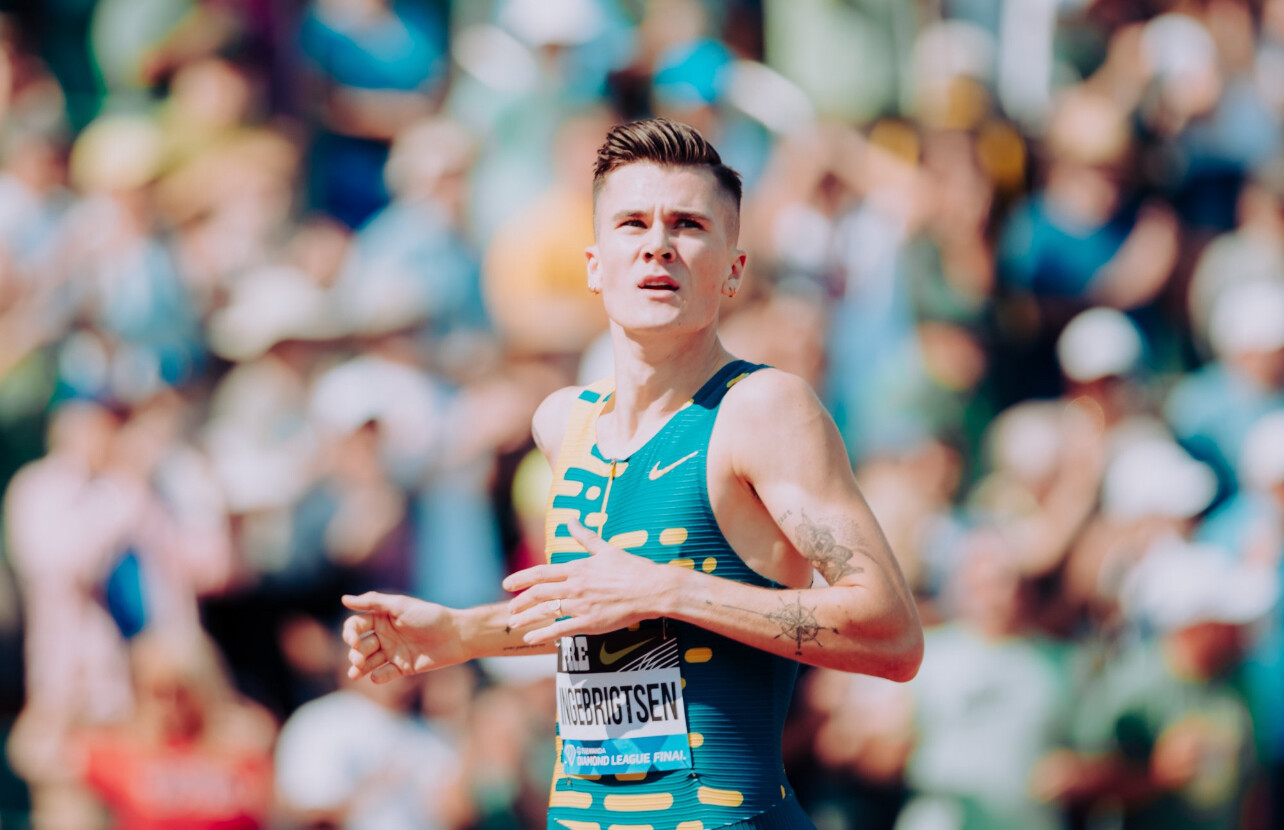
Joining Kipyegon in the 1500m are her fellow 2024 Olympic medalists—silver medalist Jessica Hull of Australia and bronze medalist Georgia Bell of Great Britain. Hull, a former University of Oregon standout, also holds the current world record in the 2000m.
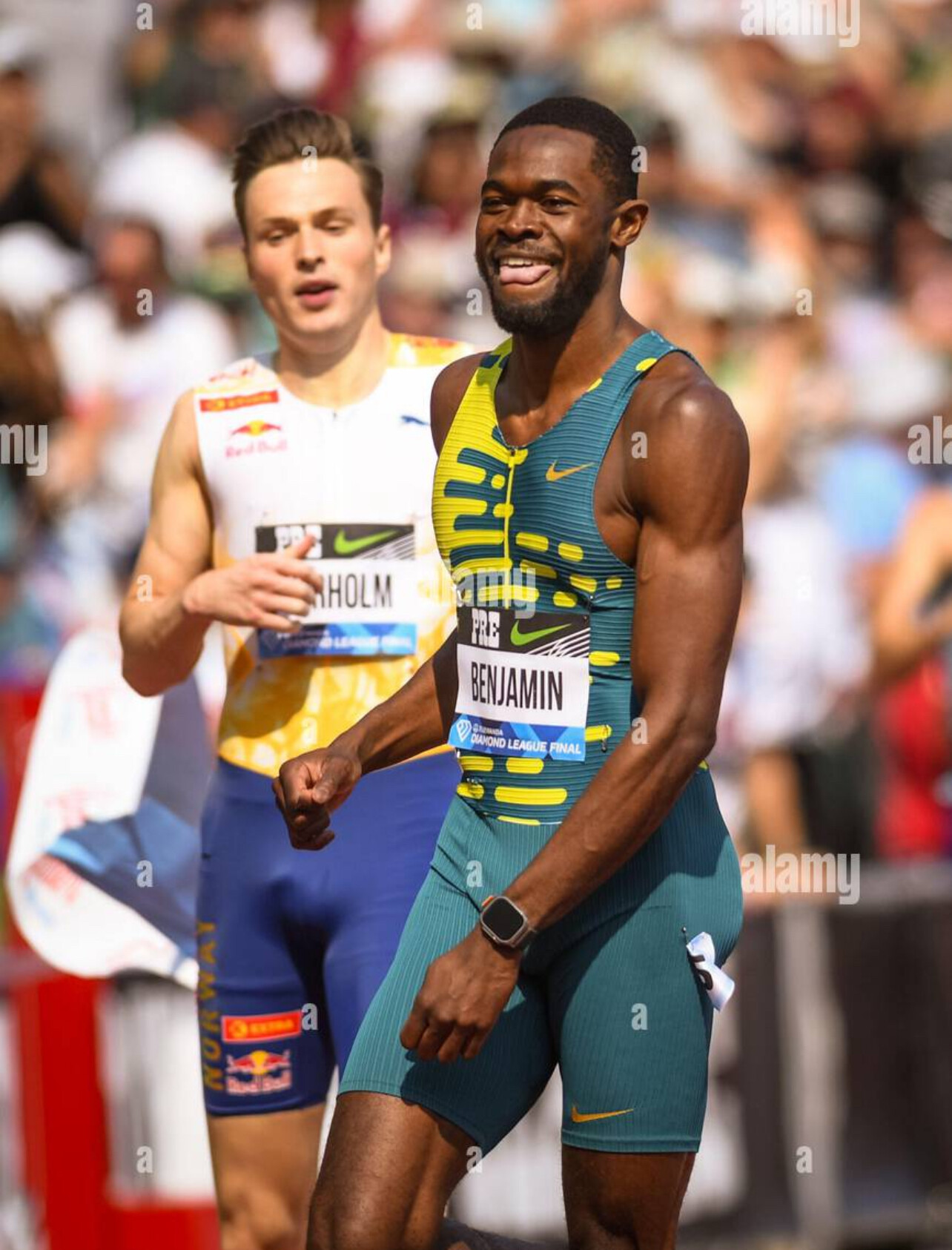
But Kipyegon isn’t the only big name set to thrill fans in Eugene. The men’s Bowerman Mile will feature a stacked lineup that includes:
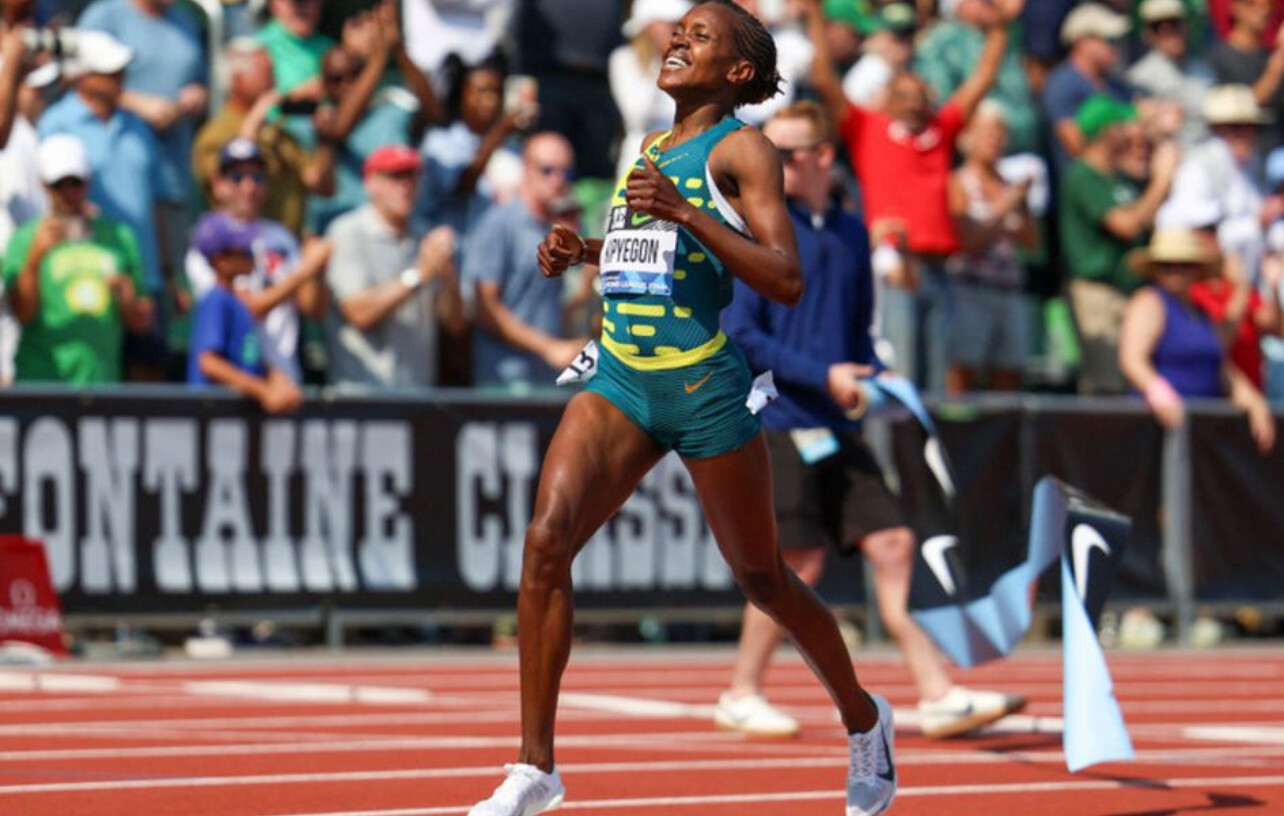
• Jakob Ingebrigtsen (Norway) – Olympic gold medalist and multiple-time Bowerman Mile champion
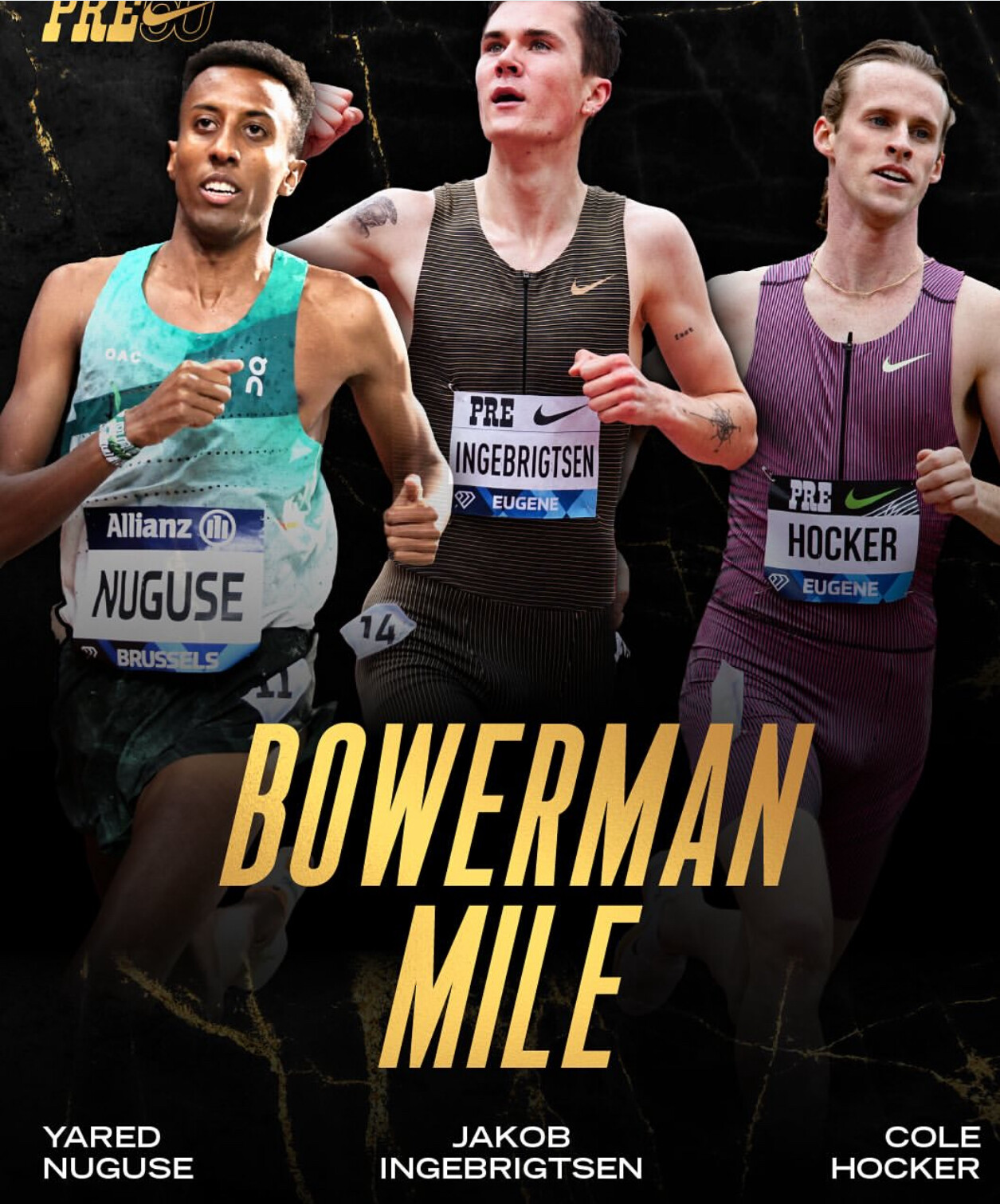
• Cole Hocker (USA) – 2024 Olympic 1500m champion
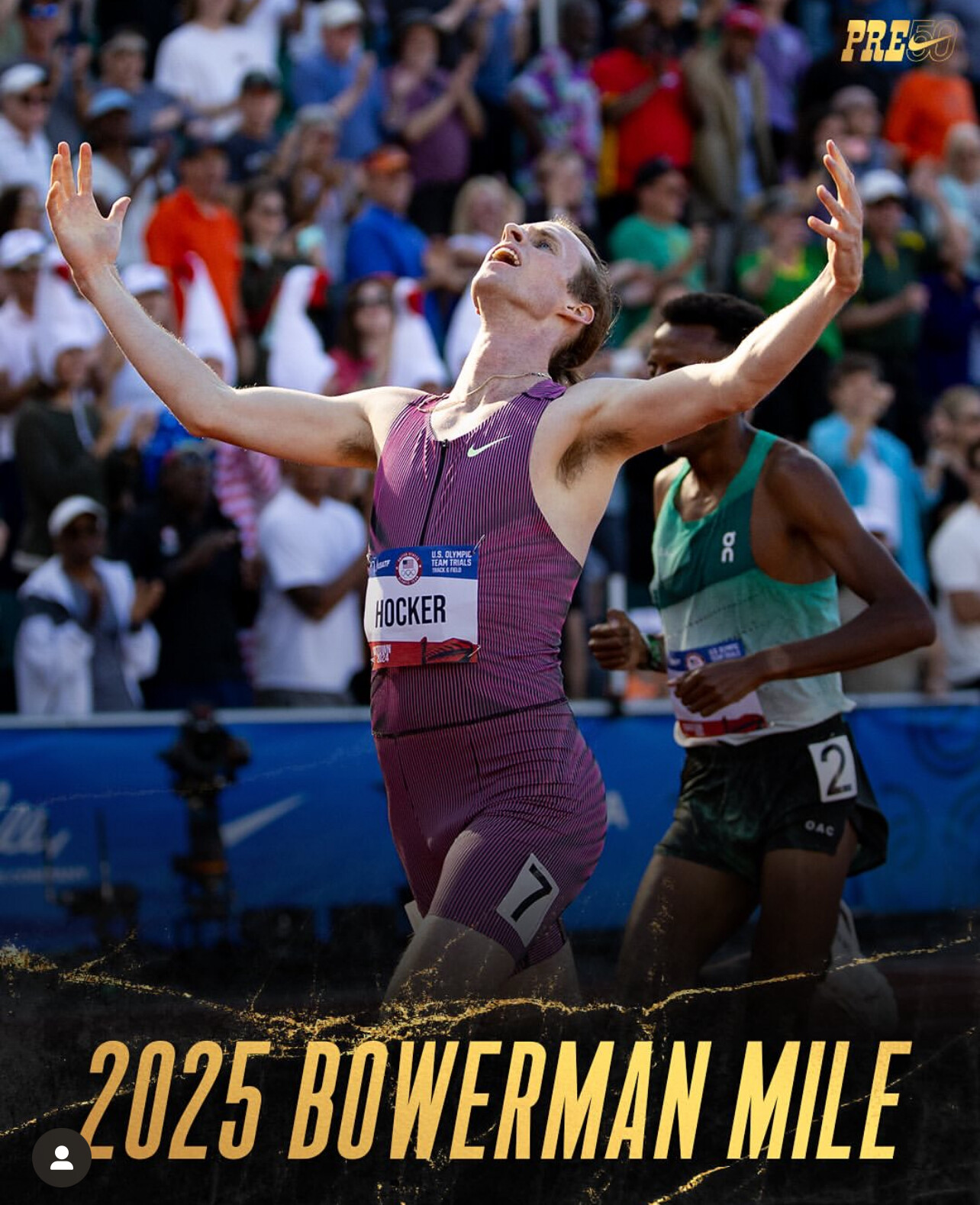
• Yared Nuguse (USA) – Olympic bronze medalist and former indoor mile world record holder
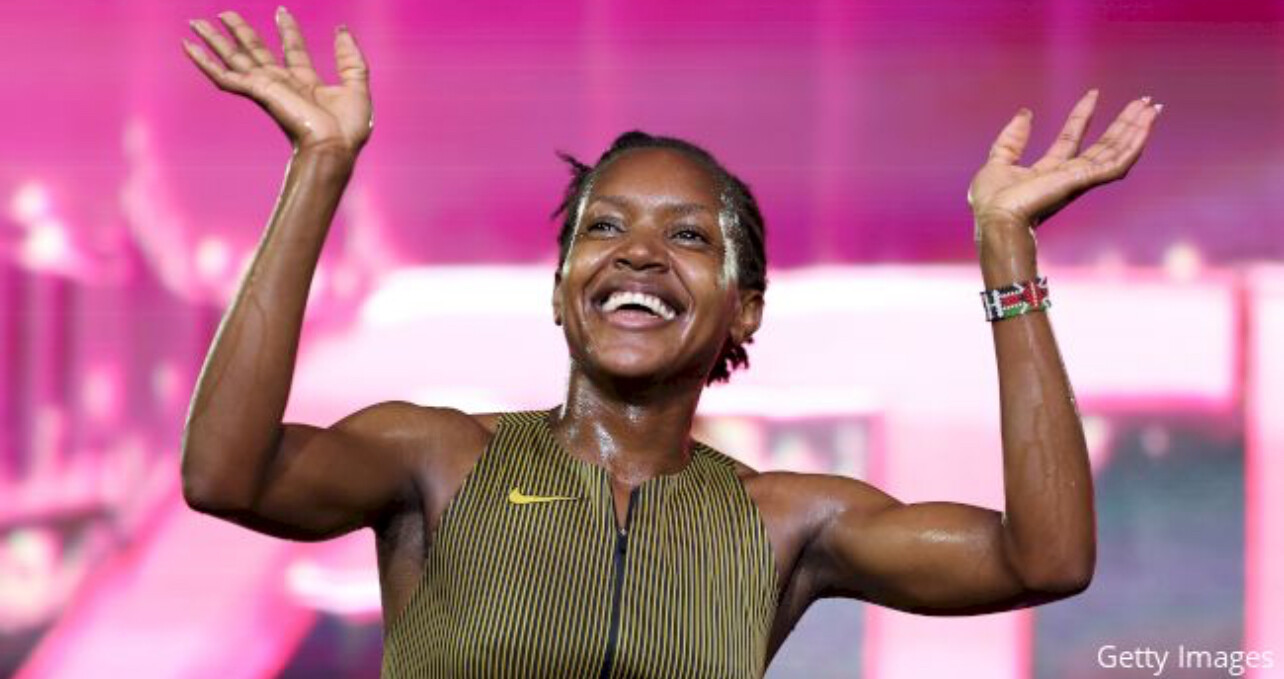
• Timothy Cheruiyot (Li Kenya) – Former world champion
• Jake Wightman (Great Britain) – 2022 world champion
• Grant Fisher (USA) – Olympic bronze medalist in both the 5000m and 10,000m
• Plus rising stars including Oliver Hoare, Neil Gourley, Azeddine Habz, Hobbs Kessler, Niels Laros, Cameron Myers, Stefan Nillessen, and Reynold Cheruiyot
In the men’s 400m hurdles, Olympic silver medalist Rai Benjamin will headline a competitive field that also includes CJ Allen, Trevor Bassitt, Clement Ducos, Malik James-King, Abderrahman Samba, and Assinie Wilson.
The 2025 Prefontaine Classic will feature 14 Diamond League disciplines, including the women’s 800m, 5000m, and 3000m steeplechase—each with world-class fields expected to be announced soon.
As the sport celebrates this milestone edition of the Pre Classic, the meet is shaping up to be not just a tune-up for global championships, but a showcase of track and field at its absolute best.
by Boris Baron
Login to leave a comment
Steve Prefontaine’s Final Race: A Victory Etched in History
On May 30, 1975, under the golden light of an Oregon evening, Steve Prefontaine ran what would become the final race of his life. The setting was Hayward Field in Eugene, Oregon—his home track and the spiritual center of American distance running.
In the 5,000 meters that evening, Pre surged past Olympic champion Frank Shorter in the final laps, delivering a trademark gutsy performance. He crossed the finish line first in 13:25, cheered on by a passionate home crowd. It was a classic Prefontaine finish: fearless, front-running, and fiercely competitive.
Tragically, just hours later, Prefontaine died in a car crash driving his MGB, ending the life and career of one of America’s most iconic runners at just 24 years old.
This powerful image—captured by Sports Illustrated—shows Pre in command, moments before his final victory. It remains a poignant reminder of the passion he brought to the sport and the legacy he left behind.
Special thanks to Eric Giacoletto for remembering and sharing this historic moment.
by Boris Baron
Login to leave a comment
Ingebrigtsen Ready to Battle Hocker and Kerr on Their Home Turf—All Roads Lead to Tokyo
Jakob Ingebrigtsen is preparing for two of the most anticipated races of the 2025 Diamond League season—each taking place on the home turf of his fiercest rivals.
The double world indoor champion is set to headline the Bowerman Mile at the Prefontaine Classic in Eugene on July 5, where he’ll take on U.S. Olympic gold medalist Cole Hocker and American 1500m record-holder Yared Nuguse. Then, on July 19, he travels to London for a highly anticipated 1500m duel against Great Britain’s world champion Josh Kerr—who will be racing in front of a home crowd.
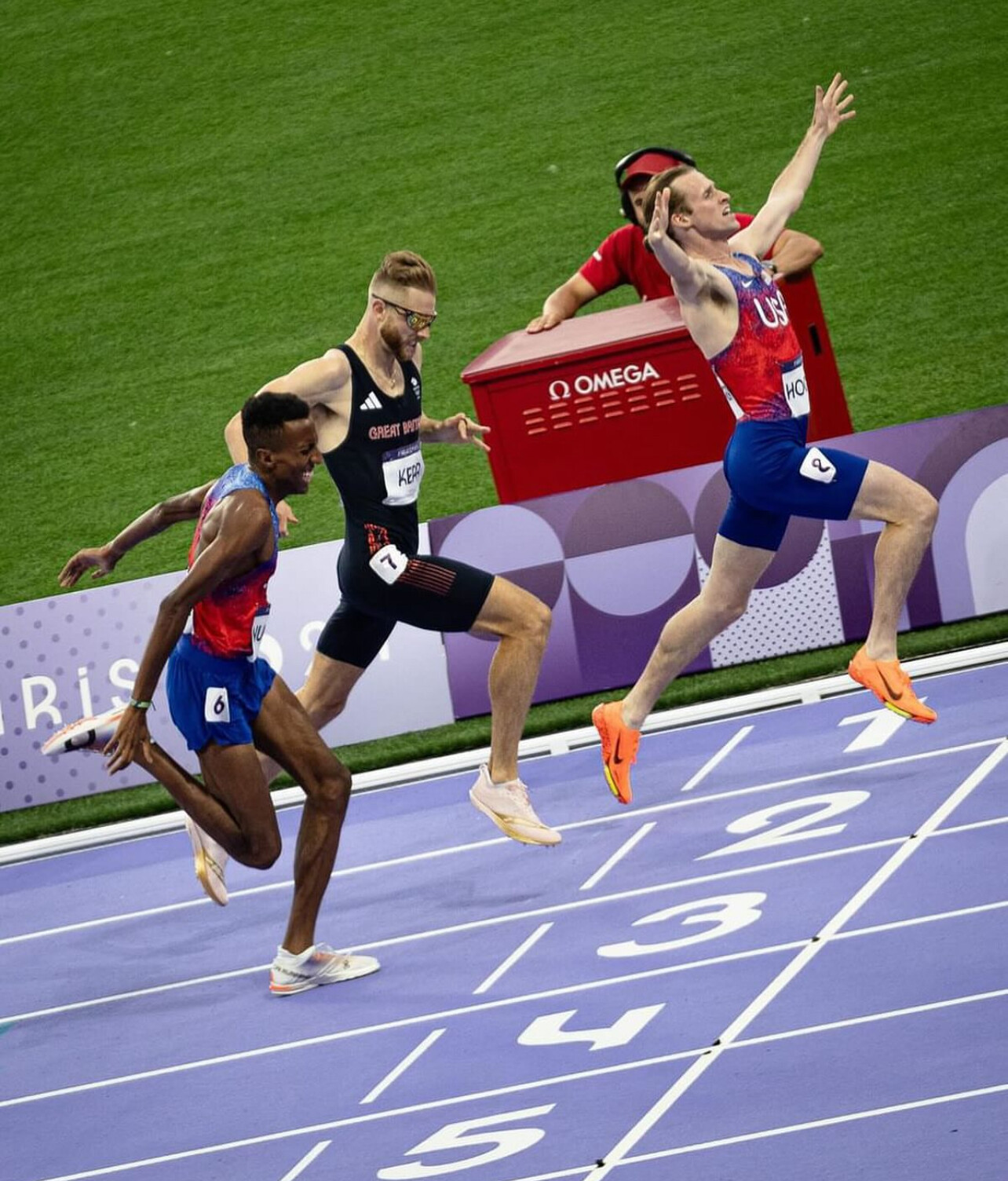
Ingebrigtsen, last season’s Diamond League overall champion, is no stranger to success at Hayward Field. At the 2023 Diamond League Final, he delivered a blazing 3:43.73 in the Bowerman Mile—setting both a European and Diamond League record. But this year, the challenge is steeper. Both Hocker and Nuguse outkicked him in the 1500m final at the 2024 Paris Olympics, and they’ll be looking to repeat that feat on home soil.
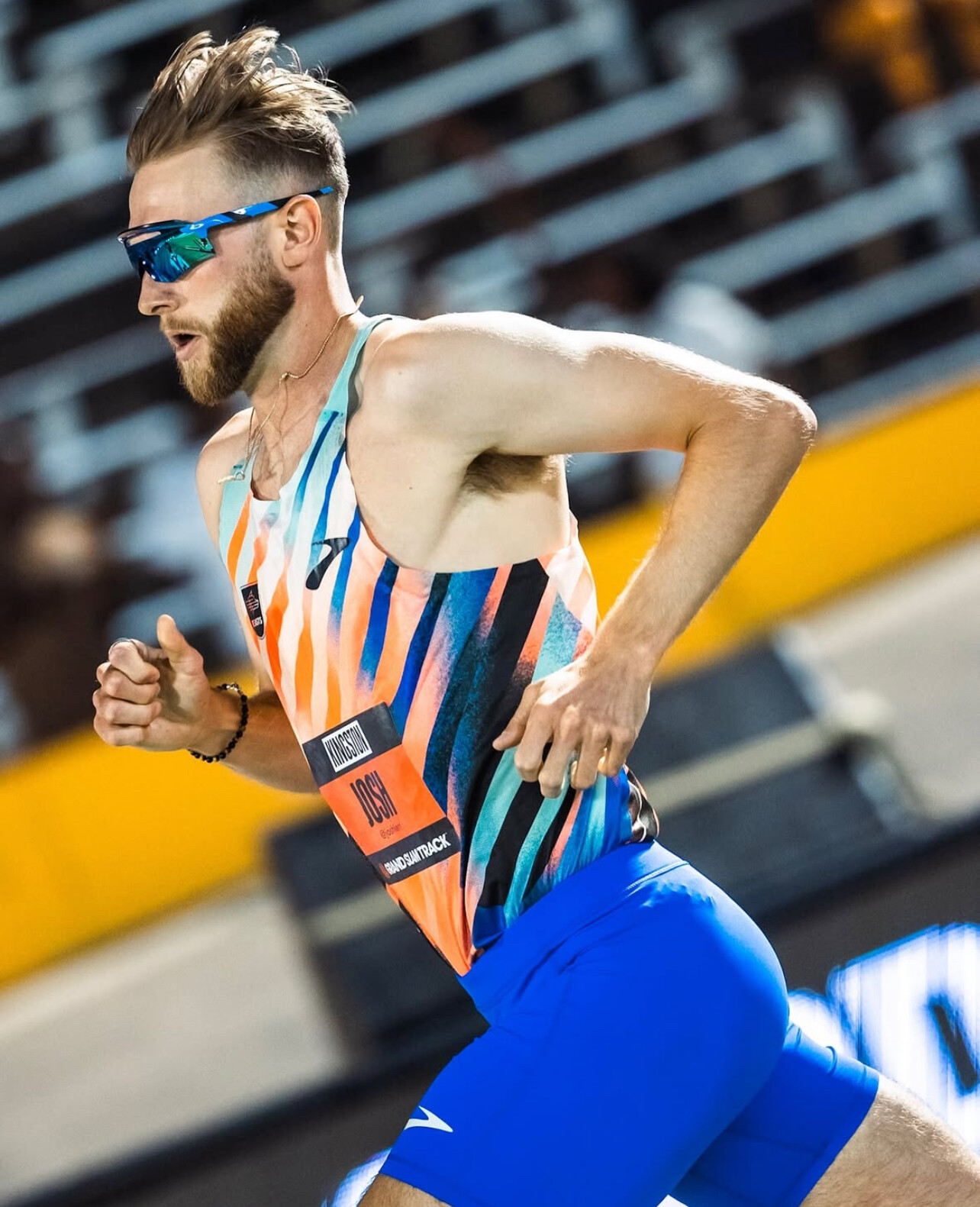
And in London, the rivalry with Kerr will reignite. The Brit also finished ahead of Ingebrigtsen in Paris, and the 1500m clash in front of a UK crowd will be packed with tension and stakes.
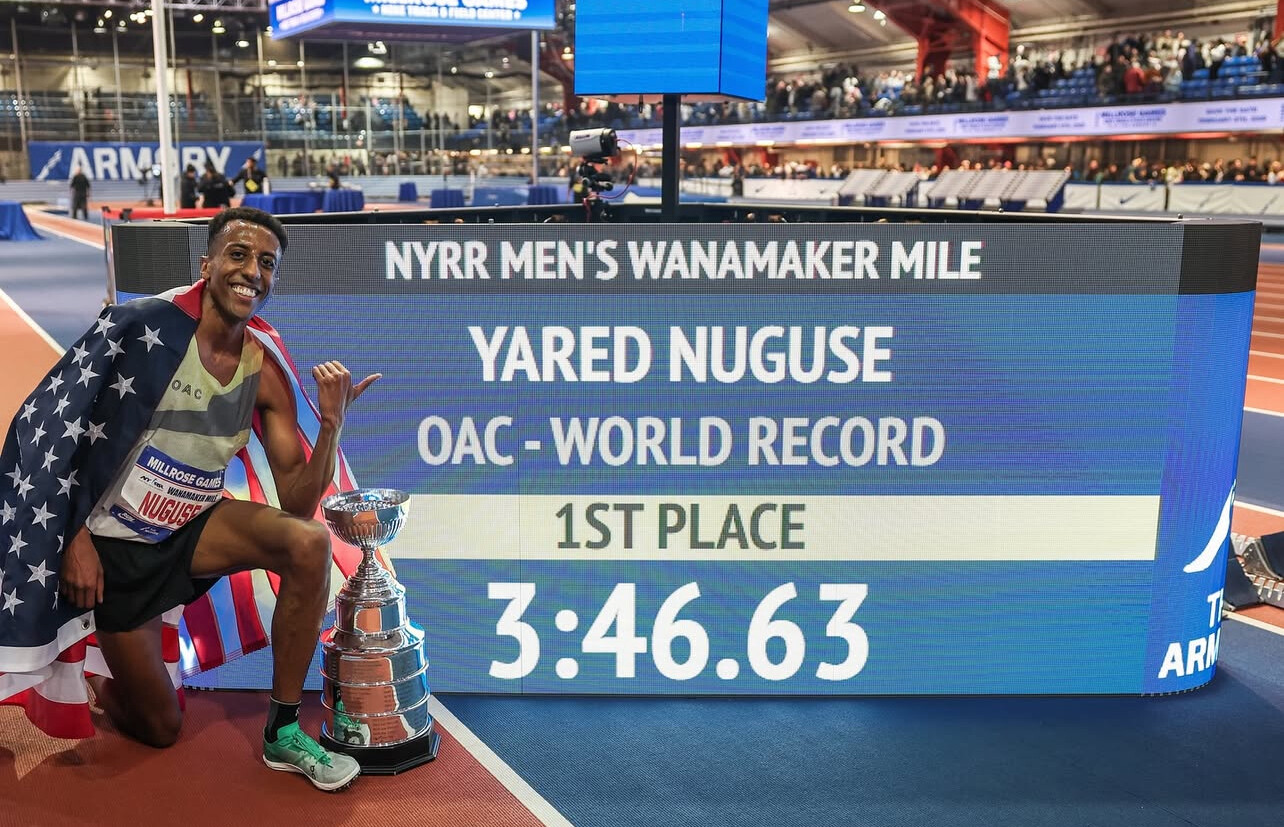
“I’ve recovered well from the indoors and training is going well,” said Ingebrigtsen, who claimed double gold in the 1500m and 3000m at both the World and European Indoor Championships this spring. Earlier this season, he also broke the world indoor records for the mile and 1500m in Lievin.
“I’ve never been afraid to show up, and it felt good to come away from indoors with four gold medals. My focus now is on the summer—and on returning to Tokyo, where I won Olympic gold in 2021, to win another global title.”
That return to Tokyo refers to the 2025 World Athletics Championships, where Ingebrigtsen hopes to reaffirm his dominance on the global stage after back-to-back Olympic defeats.
My Best Runs founder and lifetime runner Bob Anderson shared his thoughts on the coming matchups.
“I’m so impressed by the spirit Jakob Ingebrigtsen brings to our sport,” Anderson said. “His confidence is electric—he’s a showman, and often has most of the field beaten at the starting line. But Josh Kerr and Cole Hocker aren’t backing down. They have their own vision of who will cross the line first. That’s what makes these showdowns so compelling.”
by Boris Baron
Login to leave a comment
'I'll be back in the 757!'-Quincy Wilson makes huge waves with emotional return announcement for 2025 season
Quincy Wilson is set to return to the track, announcing his first race since his Olympic triumph in Paris.
America's teenage sprint sensation Quincy Wilson has announced his highly anticipated return to the track, months after winning a gold medal at the Paris Olympics.
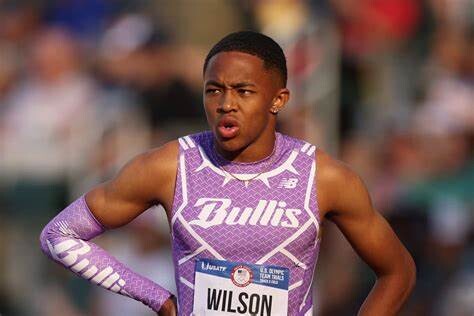
The 16-year-old athlete revealed that he will be making his first appearance at the VA Showcase in Virginia Beach, Virginia, marking a new chapter in his remarkable athletic journey.
Wilson, who skyrocketed to fame in the track world earlier this year, first caught the spotlight during the New Balance Nationals Indoor Championships.
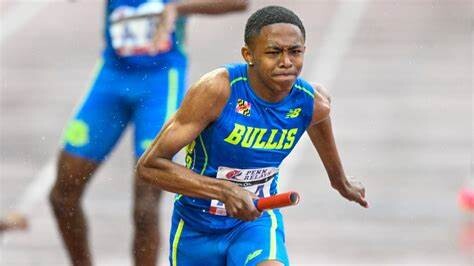
His performances throughout the season were nothing short of extraordinary, setting new personal bests in the 400m and establishing himself as one of the top junior athletes in the country.
Wilson made his mark at the U.S. Olympic Track and Field Trials, held at Hayward Field, where he captivated fans with his speed and determination.
"I'll be back in the 757!!" Wilson wrote on Instagram, announcing his return to competition.
His words stirred excitement among fans, as the VA Showcase will be his first race of 2025 and the track community is eager to see how he builds on his remarkable success.
Wilson's commitment to returning to the track after his historic Olympic achievement is a testament to his relentless pursuit of greatness.
At the U.S. Olympic Trials, Wilson made history by breaking the U18 400m World Record twice, stunning the track world with his incredible performances.
Despite finishing sixth in the finals, his efforts earned him a spot on the U.S. team for the 4x400m relay at the Paris Olympics.
There, the team claimed the gold medal, and Wilson became the youngest U.S. male athlete to win an Olympic gold in track and field.
Since the Olympics, Wilson has taken time to reflect on his journey, concluding his season and focusing on other aspects of his life, including college visits.
“I want to take a moment to speak to everyone out there who's faced doubt or fear. One of my most important lessons I've learned is to never ever doubt yourself. Believe in yourself. It's the foundation of everything, whether it's sports, life, or anything you pursue,” Wilson wrote, inspiring countless fans and aspiring athletes.
“There were many times when I didn’t know if I could make it, but I learned that if you trust yourself, keep working, and stay focused on your goals, the possibilities are endless,” he continued.
This empowering message resonated with many of his followers, reinforcing his belief in the importance of self-confidence and perseverance.
In recognition of his incredible accomplishments throughout 2024, Wilson was named the USATF Youth Athlete of the Year.
This prestigious award highlighted his growth as an athlete, his unwavering determination, and his contributions to U.S. track and field.
At the ceremony, he took the opportunity to express his gratitude, thanking his family, friends and coach for their continuous support.
by Festus Chuma
Login to leave a comment
Nike Continues Shuffle of Pro Coaches
Pete Julian’s Union Athletics Club will move to Colorado.
In the latest move by Nike to reconfigure its pro running teams, Pete Julian’s Union Athletics Club will move from Oregon to Colorado, sources tell Runner’s World.
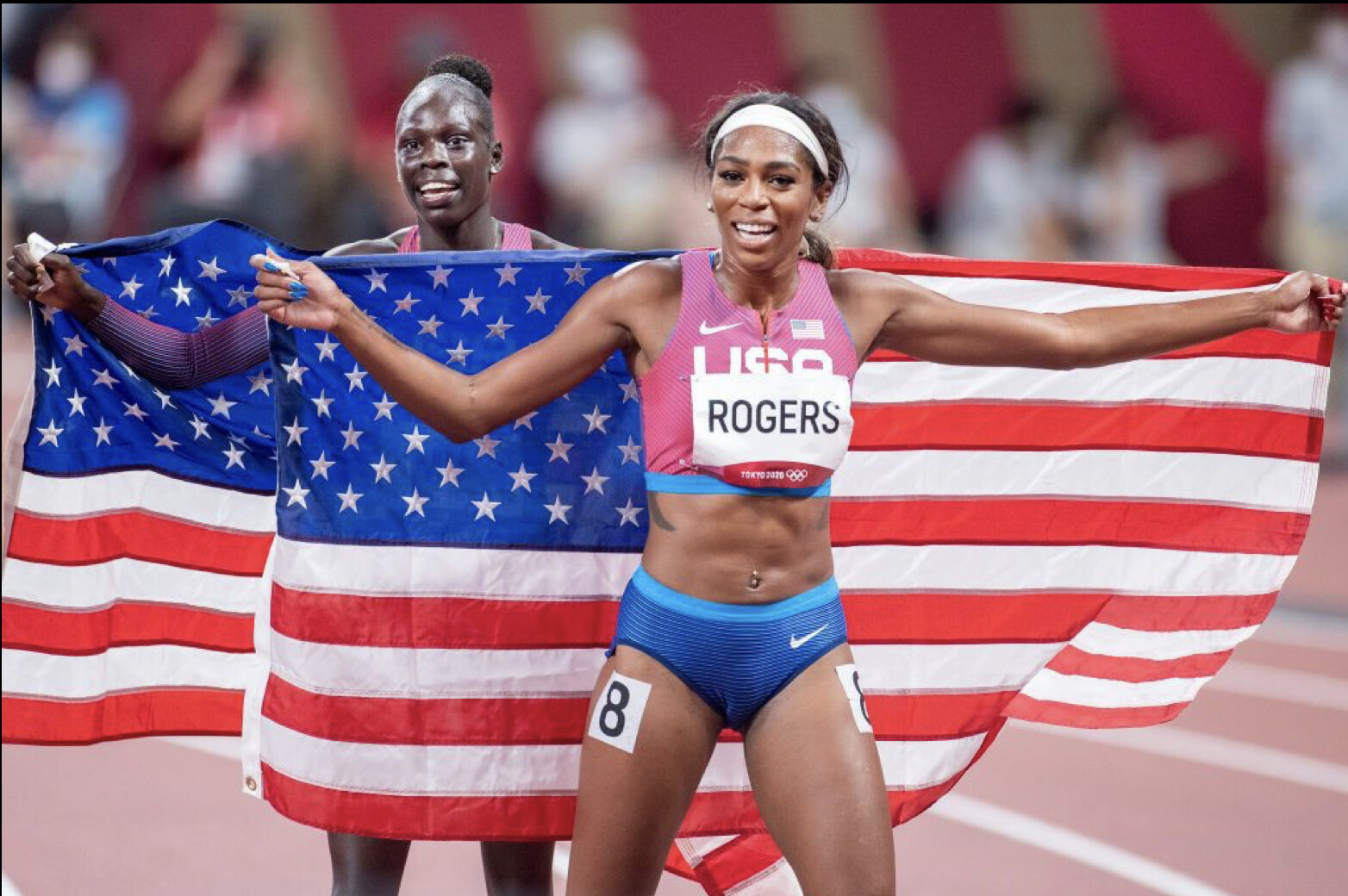
This move comes two weeks after it was announced that Mike Smith would leave his post at Northern Arizona University in June 2025 to start a Nike pro group.
Julian, reached by text by Runner’s World, did not deny the team was making the move but said he was unable to comment. Media relations representatives at Nike acknowledged questions from Runner’s World on July 19 and again on August 12, but they did not reply with any further information about the group’s move.
UAC’s 10 current athletes compete at a range of events. They include Raevyn Rogers, the 2021 Olympic bronze medalist in the 800 meters, and Sinclaire Johnson, the 2022 U.S. champion in the 1500 meters. Suguro Osako, a marathoner from Japan, is also listed on the roster; he finished 13th at the Olympics in Paris in 2:09:25.
It is unclear if all the athletes will go to Colorado with Julian. A message to Rogers via social media was not immediately returned. Rogers has strong ties to Oregon; she went to the University of Oregon and won five individual NCAA titles there. Her image graces the tower at Hayward Field in Eugene, and she is not known to have spent much time training at altitude, if any.
Depending on where in Colorado the group lands, athletes could be training at at least 5,200 feet of elevation. Altitude training is increasingly seen as essential for elite distance runners. Boulder, Colorado, which has long been a mecca for distance athletes, is already crowded with pros: On Athletics Club has a sizable pro group there, as does Team Boss, a group of elite distance runners anchored by steeplechaser Emma Coburn, who runs for New Balance.
Coaching and athlete turnover is common after the Olympic Games. Most pro athletes have contracts that take them through the end of the Olympic year, and some have an option in their contracts that allows a sponsor to sign them for an additional year.
Several high profile athletes have left the UAC in recent years. Jessica Hull returned to her native Australia and trains under her father; she won a silver medal in Paris. Donavan Brazier had great success under Julian in 2019, but LetsRun reported he left the UAC in 2024 after undergoing a fourth surgery on his left foot and lower leg. Fan favorite Craig Engels is now living in California and training under his college coach, Ryan Vanhoy.
Julian’s wife, Colleen Glyde Julian, is a professor of biomedical informatics at the University of Colorado’s medical school in Aurora, Colorado. He has long commuted to Portland, Oregon, from Denver several times each week for athlete workouts in Beaverton.
by Runner’s World
Login to leave a comment
Noah Lyles breaks U.S. Olympic Trials 200m record
The second (and final) weekend of the 2024 U.S. Olympic Trials, held at Hayward Field in Oregon, continued to be electrifying, with heart-stopping finishes and records broken.
On Saturday night, six-time world champion Noah Lyles kept his Olympic sprint double dreams alive by blazing through the 200m in 19.53 seconds—the fastest time in the world this year, adding to his 100m win from last weekend. Lyles wasn’t the only runner in contention for first place, only overtaking Kenny Bednarek in the final meters to secure the win. Erriyon Knighton finished third to make his second Olympic team; he received a no-fault violation from USADA in early June, after testing positive for a metabolite of trenbolone during an out-of-competition drug test in March, allowing him to compete at the U.S. Olympic Trials this week.
Lyles’s performance broke Michael Johnson’s long-standing U.S. Olympic Trials record of 19.66, set in 1996. Lyles will be hoping for redemption in Paris after a third-place finish at the Tokyo Olympics in 2021, his only loss in the 200m at a major meet. “You claim you’re gonna go out there and win four medals, so the goal had to be win the 100m and 200m,” Lyles told media post-race.“Job is accomplished. I’m right where I need to be.

Kelati conquers the 10,000m
Weini Kelati secured her spot for the Paris Olympics by winning the women’s 10,000m in a thrilling, extremely close race on Saturday. Kelati, who was born in Eritrea but defected to the U.S. a decade ago to pursue a running career, showcased her strength and determination in a tight race that saw multiple lead changes in the final laps.
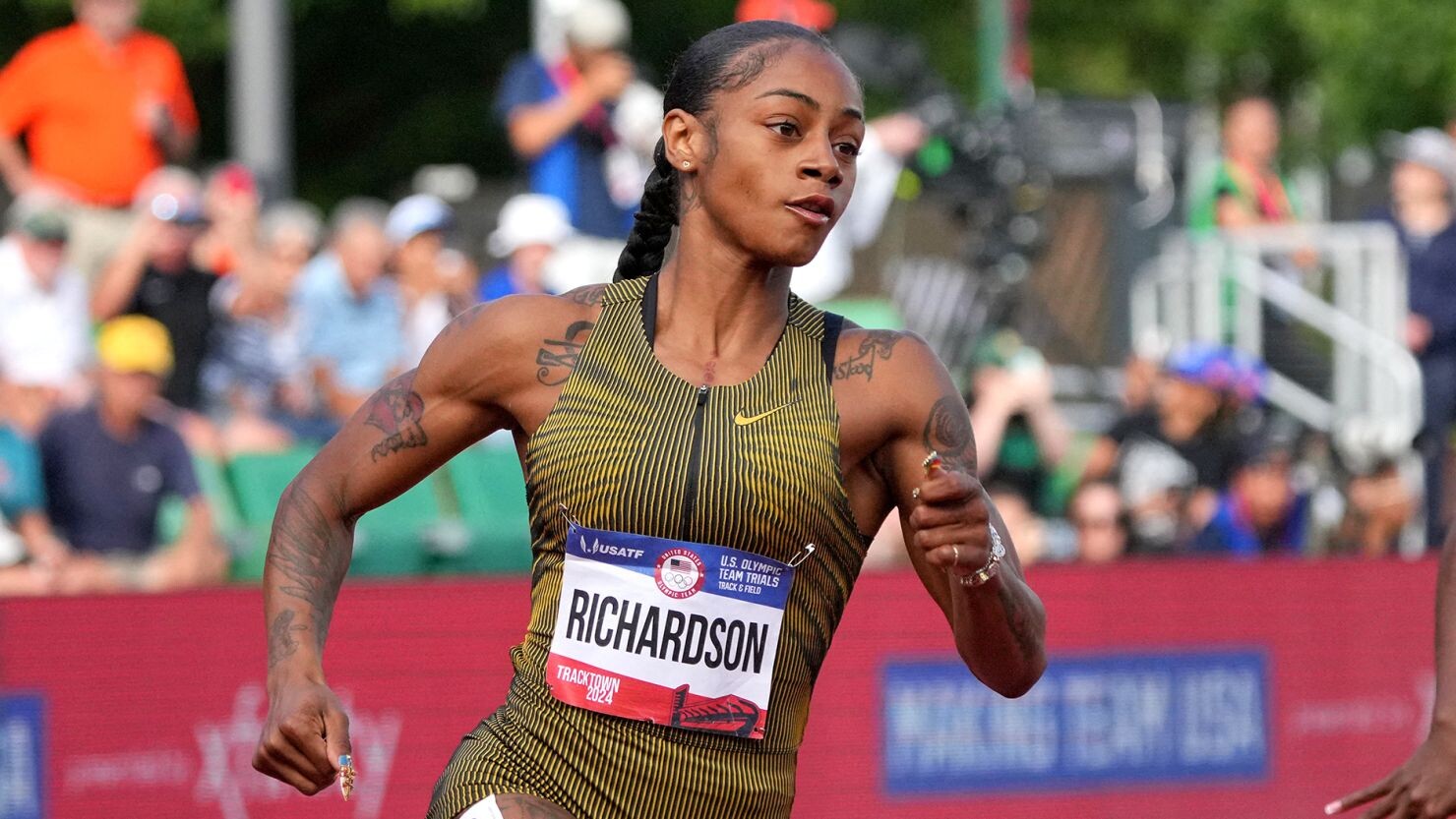
Kelati crossed the finish line first in 31:41.07, narrowly beating Parker Valby and Karissa Schweizer, who finished in 31:41.553 and 31:41.557 respectively. While Kelati has already run the Olympic standard of 31:40:00 and has clinched her place on the team, Valby and Schweizer will have to hope their performances were enough to get them to the Olympics through World Athletics rankings, a decision that won’t be finalized until June 7th.
Richardson doesn’t make the 200m cut
Sha’Carri Richardson’s bid for a sprint double in Paris ended with a fourth-place finish in the women’s 200m. Despite a strong start, Richardson was unable to maintain her speed in the final stretch, finishing behind Gabby Thomas, Brittany Brown and McKenzie Long.
Thomas, a bronze medalist in Tokyo and silver medalist at last year’s world championships in Budapest, crossed the line in 21.81 seconds. Richardson, secured her place in the 100m for the Olympics last weekend, when she won the women’s final in a new world-leading time of 10.71 seconds. In 2021, Richardson also won the 100m at the U.S. Olympic Trials, but tested positive for marijuana shortly after and was not allowed to compete; she’ll now make her much anticipated Olympic debut exclusively in the 100m, where she remains a favorite for gold.
by Keeley Milne
Login to leave a comment
U.S. Olympic Team Trials Track And Field
Eugene, Oregon has been awarded the 2024 U.S. Olympic Team Trials - Track & Field, USA Track & Field and the U.S. Olympic & Paralympic Committee announced today. From June 21 to 30, Hayward Field at the University of Oregon will be home to one of the biggest track and field competitions in the country, as the U.S. Olympic Team...
more...The 2024 U.S. Olympic Track and Field Trials has seen a giant spike in viewership, with their largest audience in 12 years
The first four days of the U.S. Olympic Track and Field Trials at Hayward Field in Eugene, Ore., have been nothing short of spectacular. We’ve witnessed triumph, world-record performances, as well as heartbreak, with TV ratings reflecting the excitement.
According to NBC, Sunday’s 100m final attracted an audience of 5.2 million people who tuned in to watch Noah Lylescompete against Fred Kerley and Christian Coleman.
Lyles equalled his personal best of 9.83 seconds to win the men’s 100m at the 2024 U.S. Olympic Trials. Photo: Kevin Morris
In a country with a population of 330 million people, 1.5 per cent of the viewership might not seem significant. However, this race was the most-watched track and field event in the U.S. since the Olympic Trials for London 2012. This bodes well for NBC, with the Paris Olympics (athletics portion beginning on Aug. 1) being the pinnacle of the track and field season later this summer.
Lyles won the 100m final with a personal best time of 9.83 seconds, earning his first U.S. men’s 100m outdoor title and qualifying for his first Olympics in the 100m event. Olympic 200m silver medallist Kenny Bednarek finished second with a personal best of 9.87 seconds. The 2022 world champion, Kerley, edged out Coleman to secure his spot on his second consecutive Olympic team, placing third in 9.88 seconds.
Login to leave a comment
How to Run in the Heat Like the Pros
Over the past decade, training for the heat has gone from a nice-to-have to an absolute necessity for top runners. Professor Chris Minson is attempting to perfect the science.
After a few pleasant hours sitting in the sun watching the Prefontaine Classic in Eugene, Oregon last month, I headed down into the bowels of Hayward Field for a grueling test for running in the heat. Chris Minson, a professor of human physiology at the University of Oregon, had invited me to try the heat adaptation protocol he has developed for elite athletes from the university and from local pro teams like the Bowerman Track Club. I’ve written about Minson’s research several times, so experiencing the protocol first-hand seemed like a good idea… at the time.


Heat is a big deal in sports these days, and it’s only getting bigger. In recent years we’ve had major events like the world track and field championships in insanely hot places, like Qatar, where the marathons had to be started at midnight. But summertime in Eugene (where the Olympic Track Trials will take place later this month) and Paris (where the Olympics will be held) can also be sizzling. Over the past decade, heat preparation has gone from a nice-to-have to an absolute necessity for top athletes. The details of how to prepare remain more art than science, though, so I was interested to see how Minson put theory into practice.
Back in the 1920s and 1930s, scientists developed the first heat adaptation protocols for workers in South Africa’s sweltering gold mines. The gold standard for heat adaptation evolved from that work: spend at least an hour a day exercising in hot conditions, and after 10 to 14 days you’ll see a bunch of physiological changes. Your core temperature will be lower, your blood volume will be higher, you’ll begin sweating and dilating your blood vessels at a lower temperature threshold, you’ll sweat more, and so on. Put it all together and you’ll be able to stay cooler and run faster in hot conditions.
In fact, there’s even evidence that this type of heat adaptation can make you faster in moderate weather, perhaps as a result of the extra blood plasma. In the lead-up to the 2008 Olympics, Minson was working with American marathoner Dathan Ritzenhein, helping him prepare for the expected hot conditions in Beijing. But he started to worry about what would happen if it wasn’t hot: would all the heat training actually make Ritzenhein slower? Minson and his colleagues ran a study to find out; the results, which they published in 2010, suggested that heat adaptation helps even in cool conditions. That’s the study that really kicked interest in heat training into higher gear.
The problem with the classic approach, though, is that training for an hour in hot, muggy conditions is exhausting. If you’re trying to do a hard workout, you won’t be able to hit the splits you want. If you’re trying to do an easy run, it’s going to take more out of you than it usually does, potentially compromising your next hard workout or raising your risk of overtraining. So how do you get the benefits of heat adaptation without tanking the rest of your training plan?
Minson’s Exercise & Environmental Physiology Lab at the University of Oregon, which he co-runs with fellow physiologist John Halliwill, is located in the Bowerman Sports Science Center, a state-of-the-art facility located under the northwest grandstand of Hayward Field. The key piece of equipment, for my purposes, is an environmental chamber that can take you down to 0 degrees Fahrenheit or up to 22,000 feet of simulated altitude, deliver simulated solar radiation, or blast you with wind. For my heat run, Minson set the dials to 100 degrees Fahrenheit and 40 percent humidity.
Earlier that day, Minson had given me a thermometer pill to swallow, which would enable him to wirelessly track my core temperature as the run progressed. “I’ll need that back,” he warned me, poker-faced. Fortunately, he was joking.
Before I entered the chamber, I peed in a cup so that Minson could check my urine-specific gravity, the ratio of how dense your urine is compared to water. I clocked in at 1.025, marginally above Minson’s threshold of 1.024 for mild dehydration. I blame it on having spent a few hours sitting in the sun watching the track meet. Then he checked my weight, so that he’d be able to figure out how much I sweated during the test.
When I stepped into the chamber, wearing nothing but shorts and running shoes, I could feel the blast of heat, but it wasn’t too oppressive—like a really hot day at the beach but under an umbrella. I started with a five-minute warm-up at a slow pace, gradually ramping up until I hit 7:30 mile pace. Then the formal protocol started: 30 minutes at that pace.
The pace was self-chosen; Minson refused to tell me the pace I “should” run. The goal was to settle in at an effort that I could comfortably maintain for half-an-hour, and that would get me hot enough to trigger adaptations—a core temperature of about 101 degrees Fahrenheit is thought to be about right—without overshooting and roasting myself. Most of the elite runners he works with end up choosing paces between 7:00 and 8:00 per mile. I slotted myself in the middle of that range—which, let’s be honest, was a dumb thing to do for an aging non-elite runner.
Still, the running itself felt easy to me. Every five minutes or so, Minson had me rate my perceived effort on the Borg scale, which runs from 6 to 20, and also rate how hot I felt. For this, he used his own 0 to 10 thermal scale.
I started out at the effort of 10 (“very light”) and thermal sensation of 3 (“warm”). After 15 minutes, my effort had crept up to 12 (“somewhat hard”), but my thermal sensation was still 3. By this point I was sweating up a storm, watching with interest as my splatters of sweat made a distinctly asymmetric pattern on the treadmill’s control panel. (Clearly I needed to visit the biomechanics lab down the hallway to sort out my stride asymmetries.)
In the latter part of the test, my sweat rate seemed to drop—not a great sign, since it could signal dehydration. My effort topped out at 13, but my thermal sensation crept up to 4 (“very warm”), then 5 (“slightly hot”), then 6 (“somewhat hot”). I still felt under control, though. Then the test ended, and Minson ushered me off the treadmill, into the next room, and into the hot tub, where he asked me to submerge myself up to my neck. The water was set to 104 degrees Fahrenheit, and it was awful. My thermal sensation immediately spiked up to 8 (“very hot”) and then 9 (“miserably hot”).
The odd thing is that the water was basically the same temperature as I was. My core temperature had crept up to 103.2 degrees towards the end of the run, and hit 103.7 shortly afterward. The water wasn’t warming me up in any significant way, but it was robbing me of the superficial perception of coolness that I got from air currents and the evaporation of sweat. It’s a good reminder of why cooling techniques like ice towels or simply dumping water on your head can be valuable: they can dramatically change your perception of how hot you are.
Sitting in that hot tub wasn’t fun, but it’s a key tool for Minson in his efforts to help athletes adapt to heat without interfering with their normal training. It extends the period of thermal stress without trashing their legs. A half-hour easy run, even in hot conditions, isn’t that draining for a well-trained athlete. At least, it’s not supposed to be.
After I’d had a cold shower and chugged a few bottles of sports drink, Minson went over the results with me. The good news is that I hadn’t seemed very bothered by the heat. I’d sweated out 2.2 pounds of fluid, indicating a fairly high sweat rate of around 2 liters per hour. That suggests that I should already be reasonably well equipped to race in warm conditions.
The bad news, though, was that my numbers didn’t make sense. There are no “wrong” answers on a subjective scale, but mine were puzzling. As the test proceeded and my core temperature drifted over 100 degrees, I kept claiming that I felt merely 3-out-of-10 “warm.” That might mean that I’m immune to heat—but more likely, it suggests that I wasn’t properly attuned to my body’s condition. If you’re running in the heat but you’re totally oblivious to how hot you’re getting, that can be a recipe for disaster.
In fact, my subjective numbers were strikingly similar to those of an elite runner Minson has worked with—one who has struggled in the heat. Minson helped the athlete renormalize his heat perception, so that conditions he originally labeled as 3 out of 10 became a more realistic 5 or 6 out of 10.
The ability to accurately gauge how hot you are is important even in training, because those core temperature pills are about $70 a pop. Once athletes have a sense of how hot they should feel during heat adaptation runs, Minson has them judge their half-hour efforts by feel. If they start getting too hot—above 7 on the Minson Scale—they can turn a fan on in the heat chamber to avoid overheating. There’s no rigid schedule of when they do these heat runs: they fit them in around their other training and racing and travel plans.
In practice, of course, most of us don’t have access to a high-tech heat chamber and temperature-controlled hot tub. But studies in recent years have shown that you can use a variety of approaches to get your core temperature up: hot baths, saunas (Minson has one in his lab, and another in his backyard), overdressing during runs. The big-picture takeaway from Minson’s approach is that you can find ways of getting a heat stimulus without disrupting the rest of your training.
To do that, though, you need to be able to gauge when you’re getting overcooked. When I got back to my hotel room that afternoon, I realized that I was feeling wrung out, as if I’d done a long, hard workout rather than a half-hour jog. I’d missed the mark. I decided to take the next day off, and dreamed that night of Minson’s other recent research focus: ice baths.
by Outside Online
Login to leave a comment
What You Need to Know About the U.S. Track and Field Olympic Trials
From June 21-30, more than 900 runners, throwers, and jumpers will put it all on the line for a chance to compete for Team USA at the Paris Olympics
The U.S. Track and Field Olympic Trials is a showcase of hundreds of America’s best track and field athletes who will be battling for a chance to qualify for Team USA and compete in this summer’s Paris Olympics. For many athletes competing in Eugene, simply making it on to the start line is a life-long accomplishment. Each earned their spot by qualifying for the trials in their event(s). The athlete qualifier and declaration lists are expected to be finalized this week.
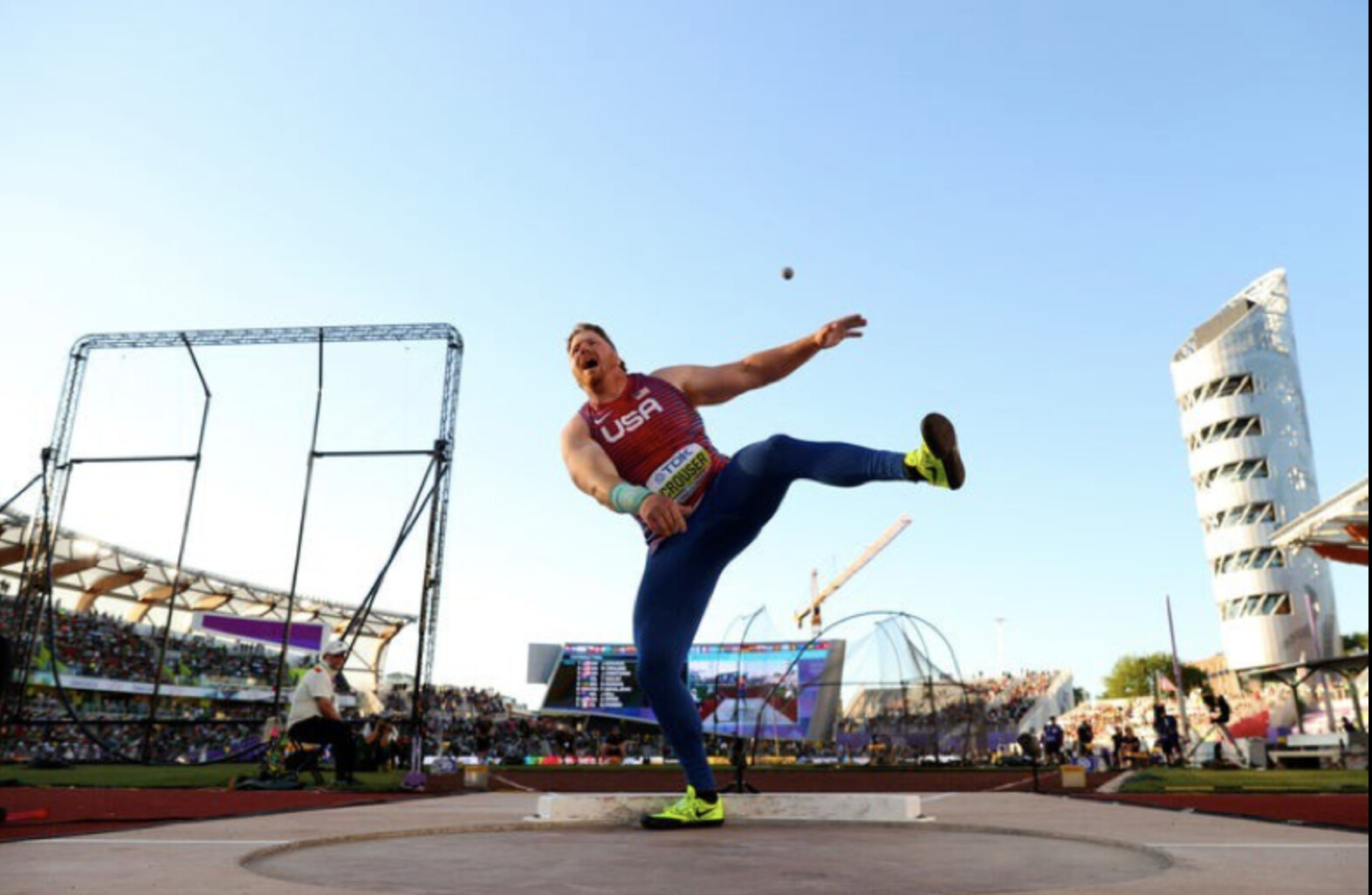
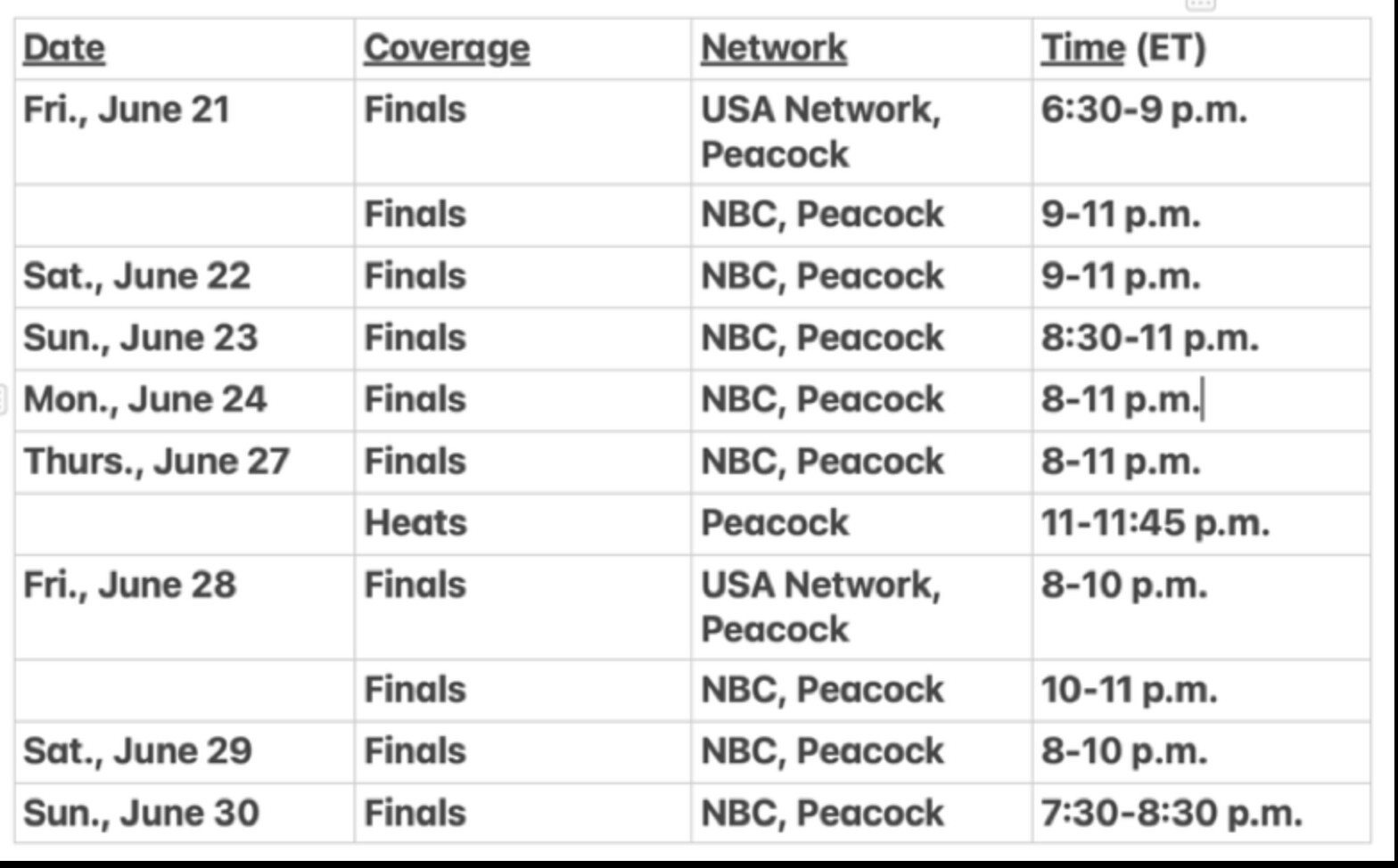
But for the highest echelon of athletes, the trials defines a make-or-break moment in their career. Only three Olympic team spots (in each gender) are available in each event, and given the U.S. depth in all facets of track and field—sprints, hurdles, throws, jumps, and distance running events—it’s considered the world’s hardest all-around team to make. How dominant is the U.S. in the world of track and field? It has led the track and field medal count at every Olympics since 1984.
At the trials, there are 20 total events for women and men—10 running events from 100 meters to 10,000 meters (including two hurdles races and the 3,000-meter steeplechase), four throwing events (discus, shot put, javelin, and hammer throw), four jumping events (long jump, triple jump, high jump, and pole vault), the quirky 20K race walking event, and, of course, the seven-event heptathlon (women) and the 10-event decathlon (men).
(At the Olympics, Team USA will also compete in men’s and women’s 4×100-meter and 4×400-meter relays, plus a mixed gender 4×400, and a mixed gender marathon race walk. The athletes competing on these teams will be drawn from those who qualify for Team USA in individual events, along with alternates who are the next-best finishers at the trials.
There’s also the Olympic marathon, but the U.S. Olympic Trials Marathon was held on February 3 in Orlando, Florida, to give the athletes enough time to recover from the demands of hammering 26.2 miles before the big dance in Paris.
Although some countries arbitrarily select their Olympic track and field teams, the U.S. system is equitable for those who show up at the Olympic Trials and compete against the country’s best athletes in each particular event. There’s just one shot for everyone, and if you finish among the top three in your event (and also have the proper Olympic qualifying marks or international rankings under your belt), you’ll earn the opportunity of a lifetime—no matter if you’re a medal contender or someone who burst onto the scene with a breakthrough performance.
The top performers in Eugene will likely be contenders for gold medals in Paris. The list of American stars is long and distinguished, but it has to start with sprinters Sha’Carri Richardson and Noah Lyles, who will be both competing in the coveted 100 and 200 meters. Each athlete won 100-meter titles at last summer’s world championships in Budapest and ran on the U.S. gold-medal 4×100 relays. (Lyles also won the 200) Each has been running fast so far this spring, but more importantly, each seems to have the speed, the skill, and swagger it takes to become an Olympic champion in the 100 and carry the title of the world’s fastest humans.
But first they have to qualify for Team USA at the Olympic Trials. Although Lyles is the top contender in the men’s 100 and second in the world with a 9.85-second season’s best, five other U.S. athletes have run sub-10-second efforts already this season. Richardson enters the meet No. 2 in the U.S. and No. 3 in the world in the women’s 100 (10.83), but eight other Americans have also broken 11 seconds. That will make the preliminary heats precariously exciting and the finals (women’s on June 22, men’s on June 23) must-see TV.
There are five returning individual Olympic gold medalists competing in the U.S. Olympic Trials with the hopes of repeating their medals in Paris—Athing Mu (800 meters), Sydney McLaughlin-Levrone (400-meter hurdles), Katie Moon (pole vault), Vallarie Allman (discus), and Ryan Crouser (shot put)—but there are more than a dozen other returning U.S. medalists from the Tokyo Olympics, as well as many more from the 2023 world championships, including gold medalists Chase Ealey (shot put), Grant Holloway (110-meter hurdles), Laulauga Tausaga (discus), and Crouser (shot put).
The most talented athlete entered in the Olympic Trials might be Anna Hall, the bronze and silver medalist in the seven-event heptathlon at the past two world championships. It’s an epic test of speed, strength, agility, and endurance. In the two-day event, Hall and about a dozen other women will compete in the 100-meter hurdles, high jump, shot put, 200 meters, long jump, javelin throw, and 800 meters, racking up points based on their performance in each event. The athletes with the top three cumulative totals will make the U.S. team. At just age 23, Hall is poised to contend for the gold in Paris, although Great Britain’s Katarina Johnson-Thompson, the world champion in 2019 and 2023, is also still in search of her first Olympic gold medal after injuries derailed her in 2016 and 2021.
If you can find your way to Eugene—and can afford the jacked-up hotel and Airbnb prices in town and nearby Springfield—you can watch it live in person at Hayward Field. Rebuilt in 2021, it’s one of the most advanced track and field facilities in the world, with an extremely fast track surface, a wind-blocking architectural design, and 12,650 seats that all offer great views and close-to-the-action ambiance. Tickets are still available for most days, ranging from $45 to $195.
If you can’t make it to Eugene, you can watch every moment of every event (including preliminary events) via TV broadcasts and livestreams. The U.S. Olympic Trials will be broadcast live and via tape delay with 11 total broadcast segments on NBC, USA Network, and Peacock. All finals will air live on NBC during primetime and the entirety of the meet will be streamed on Peacock, NBCOlympics.com, NBC.com and the NBC/NBC Sports apps.
The Olympic Trials will be replete with young, rising stars. For example, the men’s 1500 is expected to be one of the most hotly contested events and the top three contenders for the Olympic team are 25 and younger: Yared Nuguse, 25, the American record holder in the mile (3:43.97), Cole Hocker, 23, who was the 2020 Olympic Trials champion, and Hobbs Kessler, 21, who turned pro at 18 just before racing in the last Olympic Trials. Sprinter Erriyon Knighton, who turned pro at age 16 and ran in the Tokyo Olympics at age 17, is still only 20 and already has two world championships medals under his belt. Plus, the biggest track star from the last Olympics, Sydney McLaughlin-Levrone, is aiming for her third Olympics and third Olympic gold (she won the 400-meter hurdles and was on the winning 4×400 relay in Tokyo), and she’s only 24.
Several young collegiate stars could earn their place on the U.S. team heading to Paris after successful results in the just-completed NCAA championships. Leading the way are double-NCAA champions McKillenzie Long, 23, a University of Mississippi senior who enters the trials ranked sixth in the world in the 100 (10.91) and first in the 200 (21.83), and Parker Valby, a 21-year-old junior at the University of Florida, who ranks fifth in the U.S. in the 5,000 meters (14:52.18) and second in the 10,000 meters (30:50.43). Top men’s collegiate runners include 5,000-meter runner Nico Young (21, Northern Arizona University), 400-meter runner Johnnie Blockburger (21, USC), and 800-meter runners Shane Cohen (22, Virginia) and Sam Whitmarsh (21, Texas A&M).
It’s very likely. Elle St. Pierre is the top-ranked runner in both the 1500 and the 5,000, having run personal bests of 3:56.00 (the second-fastest time in U.S. history) and 14:34.12 (fifth-fastest on the U.S. list) this spring. Although she’s only 15 months postpartum after giving birth to son, Ivan, in March 2023, the 29-year-old St. Pierre is running better and faster than ever. In January, she broke the American indoor record in the mile (4:16.41) at the Millrose Games in New York City, then won the gold medal in the 3,000 meters at the indoor world championships in Glasgow in March.
St. Pierre could be joined by two world-class sprinters. Nia Ali, 35, the No. 2 ranked competitor in the 100-meter hurdles and the 2019 world champion, is a mother of 9-year-old son, Titus, and 7-year-old daughter, Yuri. Quanera Hayes, 32, the eighth-ranked runner in the 400 meters, is the mother to 5-year-old son, Demetrius. Hayes, a three-time 4×400 relay world champion, finished seventh in the 400 at the Tokyo Olympics.
Meanwhile, Kate Grace, a 2016 Olympian in the 800 meters who narrowly missed making Team USA for the Tokyo Olympics three years ago, is back running strong at age 35 after a two-year hiatus during which she suffered from a bout of long Covid and then took time off to give birth to her son, River, in March 2023.
No, unfortunately, there are a few top-tier athletes who are hurt and won’t be able to compete. That includes Courtney Frerichs (torn ACL), the silver medalist in the steeplechase at the Tokyo Olympics in 2021; Alicia Monson (torn medial meniscus), a 2020 Olympian in the 10,000 meters, the American record holder in the 5,000 and 10,000 meters, and the fifth-place finisher in the 5,000 at last year’s world championships; and Joe Klekcer (torn adductor muscle), who was 16th in the Tokyo Olympics and ninth in the 2022 world championships in the 10,000. Katelyn Tuohy, a four-time NCAA champion distance runner for North Carolina State who turned pro and signed with Adidas last winter, is also likely to miss the trials due to a lingering hamstring injury. There is also some doubt about the status of Athing Mu (hamstring), the Tokyo Olympics 800-meter champion, who has yet to race in 2024.
Meanwhile, Emma Coburn, a three-time Olympian, 2017 world champion, and 10-time U.S. champion in the 3,000-meter steeplechase, broke her ankle during her season-opening steeplechase in Shanghai on April 27. She underwent surgery a week later, and announced at the time that she would miss the trials, but has been progressing quickly through her recovery. If both she and Frerichs miss the meet, it will leave the door wide open for a new generation of steeplers—including 2020 Olympian Valerie Constein, who’s back in top form after tearing her ACL at a steeplechase in Doha and undergoing surgery last May.
The U.S. earned 41 medals in track and field at the 2020 Paralympic Games in Tokyo—including 10 gold medals—which ranked second behind China’s 51. This year’s Paralympics will follow the Olympics from August 28-September 8 in Paris.
The 2024 U.S. Paralympic Trials for track and field will be held from July 18-20 at the Ansin Sports Complex in Miramar, Florida, and Paralympic stars Nick Mayhugh, Brittni Mason, Breanna Clark, Ezra Frech, and Tatyana McFadden are all expected to compete.
In 2021 at the Tokyo Paralympics, Mayhugh set two new world records en route to winning the 100 meters (10.95) and 200 meters (21.91) in the T-37 category, and also took the silver medal in the 400 meters (50.26) and helped the U.S. win gold and set a world record in the mixed 4×100-meter relay (45.52). Clark returns to defend her Paralympic gold in the T-20 400 meters, while McFadden, a 20-time Paralympic medalist who also competed on the winning U.S. mixed relay, is expected to compete in the T-54 5,000 meters (bronze medal in 2021).
Livestream coverage of the U.S. Paralympic Trials for track and field will be available on Peacock, NBCOlympics.com, NBC.com, and the NBC/NBC Sports app, with TV coverage on CNBC on July 20 (live) and July 21 (tape-delayed).
Login to leave a comment
Two B.A.A. Athletes Qualify For U.S. Olympic Team Trials
The Boston Athletic Association (B.A.A.) today announced that B.A.A. High Performance Team members Annie Rodenfels and Bethany Hasz have earned spots on the starting line for the U.S. Olympic Team Trials – Track & Field, to be held later this month in Eugene, Oregon from June 21-30.
Rodenfels will compete in the women’s 3000m steeplechase (preliminary round June 24/final on June 27), while Hasz will toe the line in the women’s 5000m (preliminary round on June 21/final on June 24).
The Trials will be held at historic Hayward Field in Eugene, Oregon, with top three finishers in each event slated to qualify for the Paris Olympic Games (so long as athletes have met the Olympic standard or earned enough qualifying points).
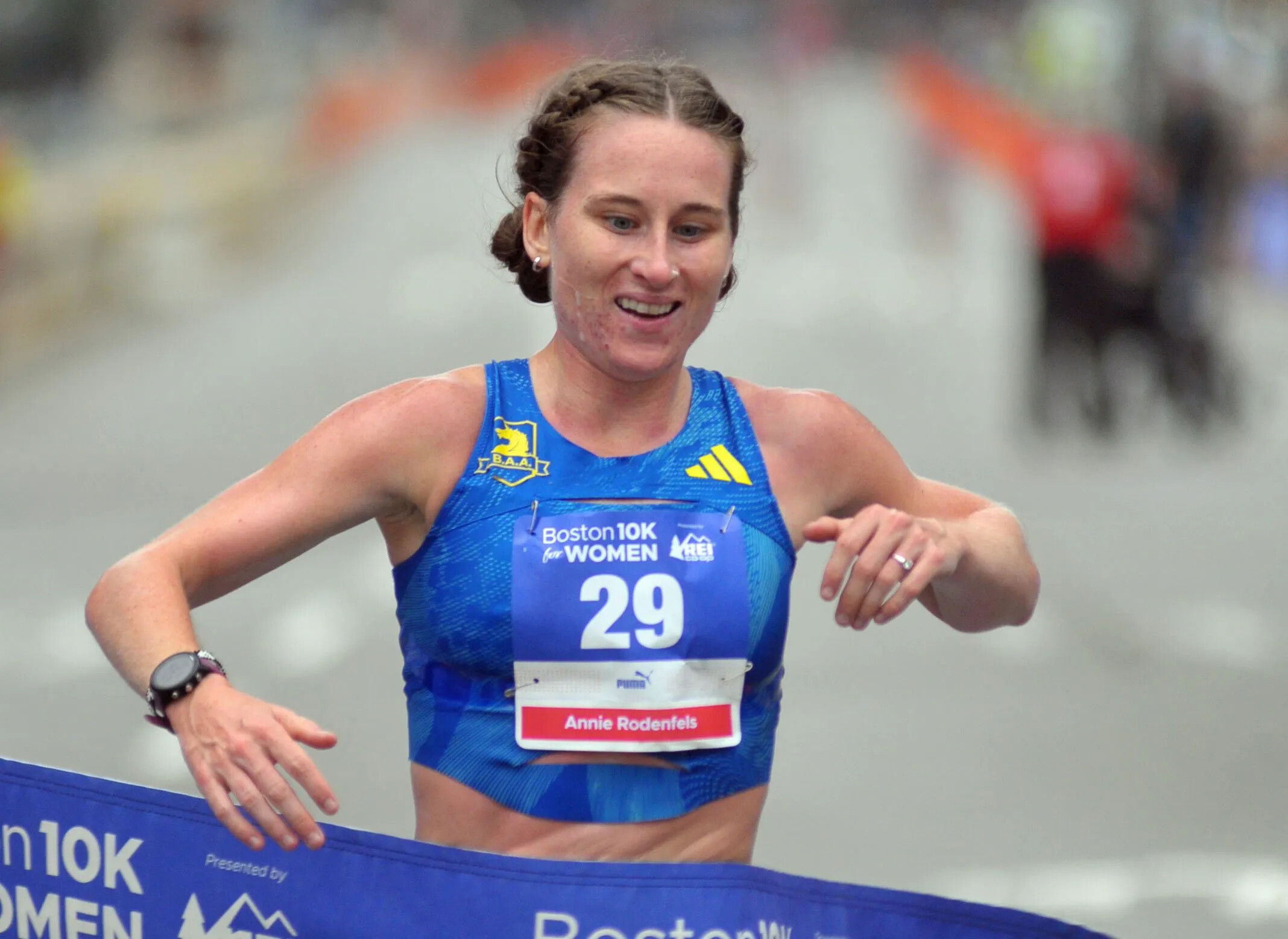
Rodenfels’ personal best in the steeplechase is 9:25.48, set last year. She won the steeplechase at the Drake Relays this year (9:31.03), was fourth at the Boston 5K in April, and clocked 15:03.97 indoors for 5000m in December 2023. Last fall she won the USATF 5K National Championship on the roads in New York City.
Hasz is coming off a 5000m lifetime best of 15:05.80 set May 17 in winning the Drake Relays 5000m. This year she’s also recorded personal bests in the road 5K (15:30), road 10K (32:03), and mile indoors (4:39.24). She earned a bronze medal at the 2023 USATF 5K National Championships, finishing third just behind Rodenfels and Olympian Rachel Smith.
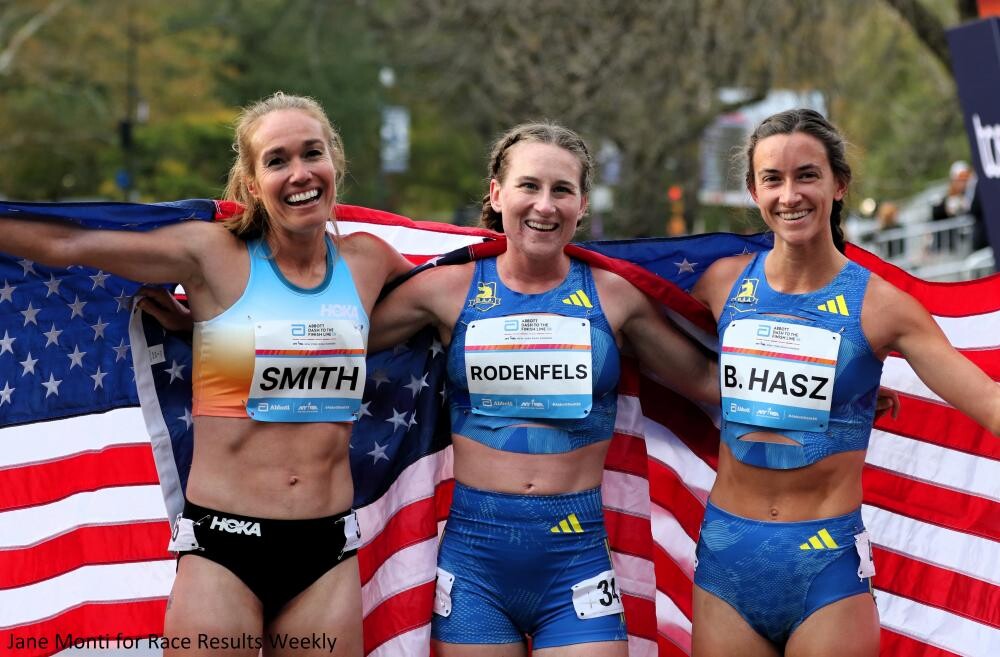
The B.A.A.’s High Performance team supports runners on their way towards making international teams, with the goal of competing at the highest level: the Olympic Games, World Athletics Championships, and Abbott World Marathon Majors. The B.A.A. is sponsored by adidas, which provides comprehensive support for the organization’s High Performance team, running club, and mass-participatory events.
B.A.A HIGH PERFORMANCE TEAM ROSTER:
Eric Hamer
Bethany Hasz
Megan Hasz
Josh Kalapos
Barry Keane
Matt McDonald
Annie Rodenfels
Abbey Wheeler
ABOUT THE BOSTON ATHLETIC ASSOCIATION (B.A.A.)
Established in 1887, the Boston Athletic Association is a non-profit organization with a mission of promoting a healthy lifestyle through sports, especially running. The B.A.A. manages the Boston Marathon, and supports comprehensive charity, youth, and year-round programming. The 129th Boston Marathon presented by Bank of America is scheduled to take place on Monday, April 21, 2025. The Boston Marathon is part of the Abbott World Marathon Majors, along with international marathons in Tokyo, London, Berlin, Chicago, and New York City. For more information on the B.A.A., please visit www.baa.org.
by B.A.A.
Login to leave a comment
U.S. Olympic Team Trials Track And Field
Eugene, Oregon has been awarded the 2024 U.S. Olympic Team Trials - Track & Field, USA Track & Field and the U.S. Olympic & Paralympic Committee announced today. From June 21 to 30, Hayward Field at the University of Oregon will be home to one of the biggest track and field competitions in the country, as the U.S. Olympic Team...
more...Eugene mile clash intensifies Kerr-Ingebrigtsen rivalry ahead of Paris
With a lap and a half to go in the Bowerman Mile at last month’s Prefontaine Classic, Josh Kerr made what he described as a “dumb decision” – on purpose.
The world 1500m champion raced to the front at the Wanda Diamond League meeting, ahead of Jakob Ingebrigtsen and Yared Nuguse, the third- and fourth-fastest milers of all time, a move whose intention was daring them to chase him down. When neither could, Kerr burst through the line with a world-leading British record of 3:45.34 and bragging rights – for now.
Having said at the pre-event press conference that he was racing to win, not settle tension between himself and Ingebrigtsen after months of banter between the overnight rivals, Kerr settled who was best over one mile at least on this day at Hayward Field. As to who will be the best in the long run, that remains to be seen – because each runner left declaring confidence for their presumed rematch at the Paris Olympics.
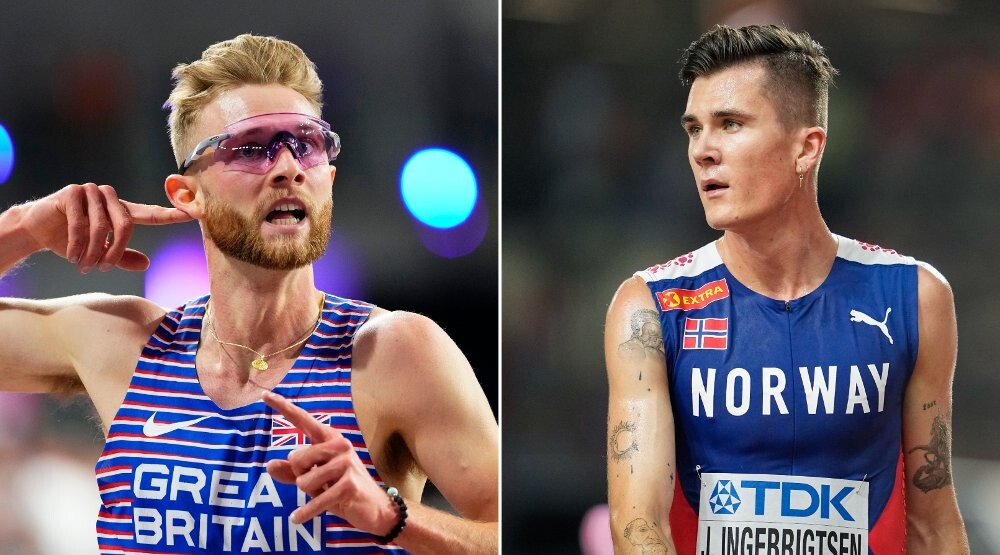
“I was just excited to go out and race against a world-class field and show that I’m still the best 1500m runner in the world,” Kerr said. “The training I’ve done is not anywhere near my peak. 3:45 right now is good enough but we’ve got to make some progress moving from here.”
“It’s a good fight,” Ingebrigtsen said. “Some of my competitors have clearly taken a step in the right direction but not a big step – not as big of a step that maybe is needed to be the favourite in Paris. But I think if anything, this is going to be an exciting summer. For me, I think it’s very good.”
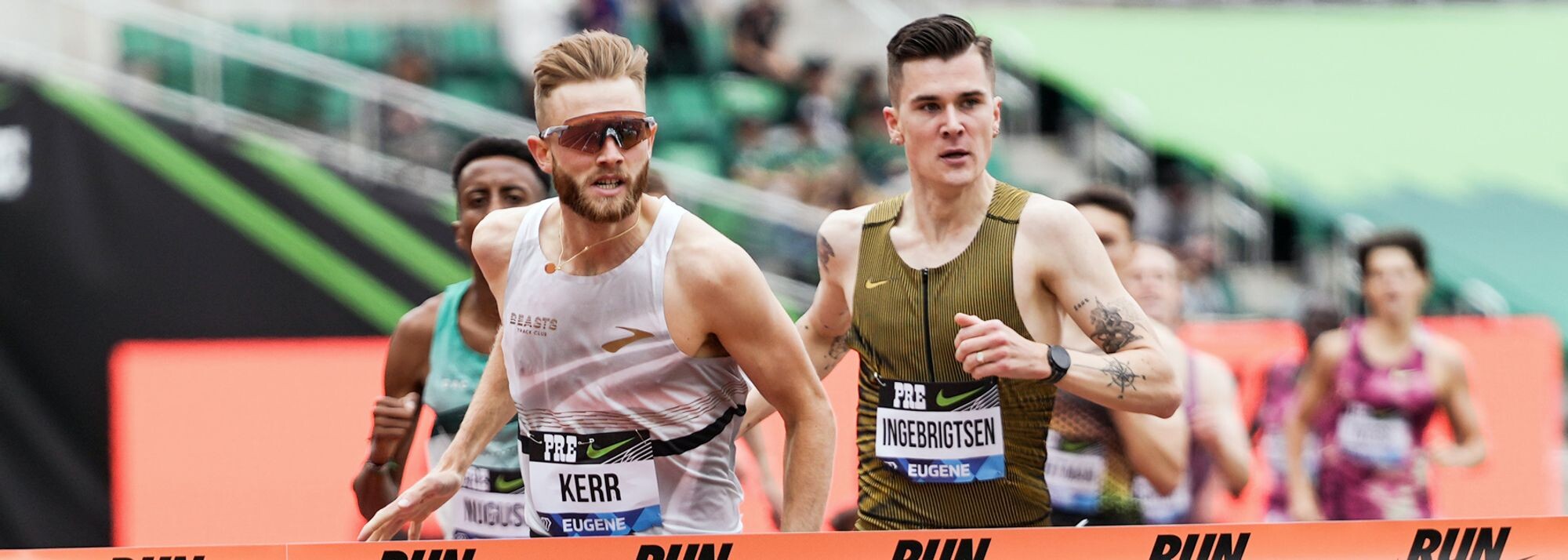
Kerr entered the race with full health and full confidence. After outkicking Ingebrigtsen, the Olympic champion, to win the world title in Budapest last year, Kerr set a world indoor best over two miles in February, then won the world indoor 3000m title in March in front of fans from his native Scotland.
Ingebrigtsen ended last season by winning the Prefontaine Classic mile in 3:43.73, just ahead of Nuguse, but then battled an achilles tendon injury during the winter. That did not necessarily mean he kept a low profile. Comments in the press by Ingebrigtsen began a back-and-forth.
When asked about his relationship with Ingebrigtsen at the press conference ahead of their recent clash in Eugene, Kerr responded: “I wouldn’t say this is a counselling session.”
No, but the race did prove to be a strategy session. The athletes at the front felt that the time through 800m, 1:53, was not too fast. With 600 metres to go, Kerr made his move.
“I thought it was a dumb decision and I knew if I thought it was a dumb decision then it probably was and that was going to scare myself and everyone else around me,” said Kerr, whose previous personal best of 3:48.87 was set two years ago.
Did such an early move surprise Ingebrigtsen?
“A little bit,” he said. “Because historically people have a tendency to not do what they say they’re going to do so they can feel very confident when they have to hold their mask but when we start racing everybody’s very insecure so I think it says a lot about their preparations. I think it was as expected but maybe still surprised that someone is deciding to all of a sudden start racing so I think that’s very good.”
Considering his delayed start to training, Ingebrigtsen was pleased with the time.
"If you do the conversion [to 1500m] it’s a pretty good start," he said. "I’m not a fan of the mile event by itself because it has nothing to do with my culture, definitely something British and American, which I’m not that familiar with, but I think it’s a very good start. I have lost quite a lot of training this winter."
While commentating inside the stadium for the BBC, Steve Cram watched as Kerr broke his 1985 British record of 3:46.32, then had a word with Kerr following the race.
“He said it was a long time coming and he was very proud of me and the way I raced today,” Kerr said.
Jake Wightman, the 2022 world champion at 1500m who missed nearly all of last season due to injury, was fifth in 3:47.87, just behind another British middle-distance specialist, Neil Gourley. Those fast times and gold medals since 2022 were the background to why Kerr said the sport is “heading into the golden era of 1500m running in the UK and in Europe”.
Ingebrigtsen, the day before, had said that being available to race often against top competition was something he considered part of an athlete’s job. Asked if he needed to reassess how to race Kerr tactically given Kerr’s bold and somewhat surprising early move to the front, Ingebrigtsen pointed to his literal track record.
“The last couple of years obviously I have been the only one racing for many of the races so when someone all of a sudden decides to participate other than just following, it’s something different,” Ingebrigtsen said. “So it’s not surprising but it’s just something different.”
Asked if he was suggesting Kerr – who claimed his first Diamond League victory Saturday – had not raced often enough, Ingebrigtsen asked a reporter about the September 2023 meeting in Eugene, when Nuguse was in the field, but not Kerr.
“What about the last time we were here?” Ingebrigtsen said.
Nuguse was third in Eugene in 3:46.22, and while that was behind his 3:43.97 personal best from September, that race occurred at the season’s very end. To run 3:46 in May, at the start of a long season, left Nuguse smiling afterwards, even as he noted he needs to train to be more capable of closing quicker in the final 100m.
“I definitely feel a lot stronger and more comfortable being closer to the front,” Nuguse said. “In a race with so many great guys I think just to come out with third and still be pulling away from it is really huge. I’m feeling really good compared to last year.”
by Andrew Greif for World Athletics
Login to leave a comment
Paris 2024 Olympic Games
For this historic event, the City of Light is thinking big! Visitors will be able to watch events at top sporting venues in Paris and the Paris region, as well as at emblematic monuments in the capital visited by several millions of tourists each year. The promise of exceptional moments to experience in an exceptional setting! A great way to...
more...American track star Parker Valby wins NCAA 10,000m title in controversial shoes
Valby wore customized Nike Vaporfly Next% 3 track spikes, which are 40 mm high.
There is no doubt University of Florida athlete Parker Valby is one of the best American distance runners on the scene today; on Thursday, she earned her fifth career NCAA track and field title, winning the women’s 10,000m event in a championship record 31:46.09. After the race, Valby told Citius Mag she had a boost from her custom 40 mm stack height Vaporfly Next% 3 track spikes, which, if the NCAA followed World Athletics competition rules, would be illegal.
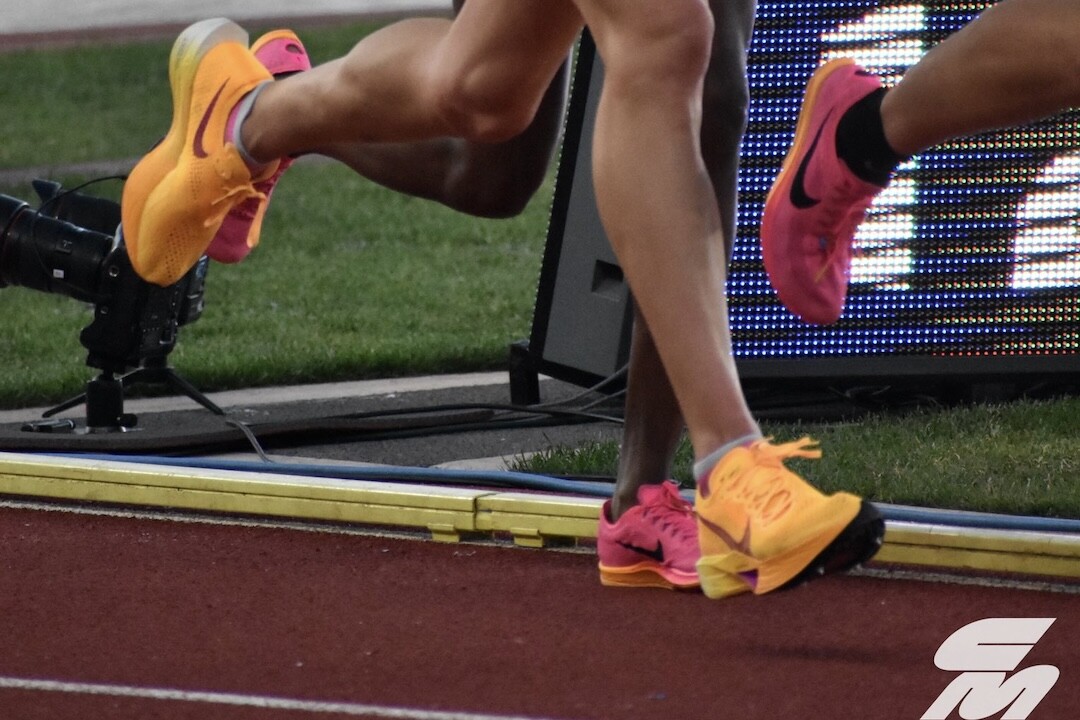
Since there are no rules against 40 mm shoes (with or without spikes) or prototypes in the NCAA, Valby was allowed to wear them. In World Athletics-accredited competitions, track spikes with a stack height over 25 mm are not allowed. When Valby was asked about her spikes post-race, she said Nike made them for her and presented several options for this race.
The Nike Vaporfly Next% 3 is typically used for road racing, and features a carbon-fiber plate and a max-cushioning midsole with a 40 mm stack height in the heel. This combination of the carbon-fiber plate and foam on impact increases energy return, meaning more of the runner’s exerted energy is converted into forward motion, improving speed and reducing fatigue. With spike pins added, this shoe would certainly enhance performance significantly on the track.
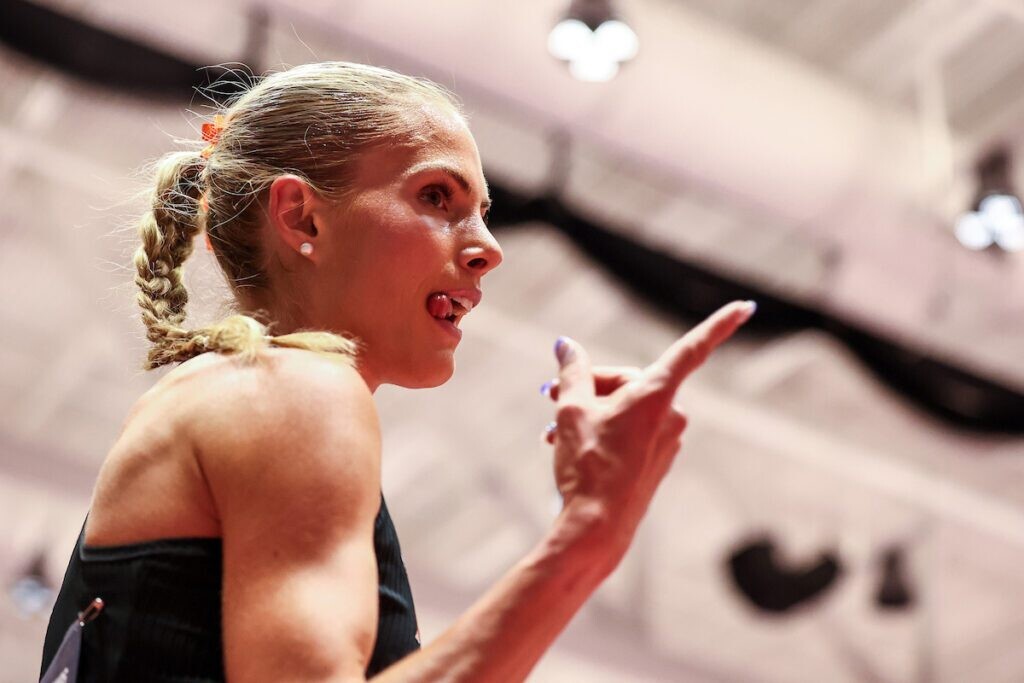
Valby will compete again at the 2024 NCAA Track and Field Championships on June 8 in the women’s 5,000m. She has not stated whether she will wear her personal prototype shoe. She is the reigning NCAA champion over the distance.
Valby, 21, was the only athlete in the women’s 10,000m final wearing these max-cushioned custom spikes, and she made it look easy, spending the first few laps of the 10,000m waving to herself on the Hayward Field jumbotron. Since USATF follows World Athletics competition rules, Valby’s winning time from this race would not be eligible for the U.S. Olympic Trials 10,000m qualification (though it doesn’t matter, since she has previously run a qualification time wearing a WA-legal pair of spikes).
World Athletics introduced in-competition stack height rules in 2021 to ensure fairness, maintain the integrity of the sport and address the performance advantages provided by technological advancements in footwear. As things stand in the NCAA, athletes who wear shoes with a heel stack height over the legal 25 mm will not have their times count for anything outside of the NCAA; this makes monitoring the issue extremely complicated, with hundreds of meets condensed over a 3.5-month season.
by Marley Dickinson
Login to leave a comment
Shalane Flanagan Finds Her Sweet Spot With College Coaching
She’s juggling the University of Oregon women’s distance runners, the Bowerman Track Club, and a young family.
Before she gives a new workout to her University of Oregon athletes, Shalane Flanagan will try it out herself.
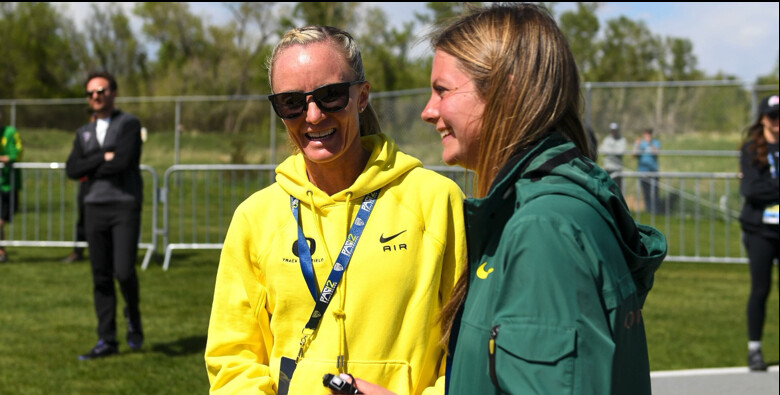
During cross-country season, it was a 5-mile tempo loop. Was it too hilly? Were the turns too sharp? In April, she was “messing around at the track one day,” as she described it, when she attempted a descending ladder of mile-800-600-400 at 10K-5K-3K-1500 pace with a short jog recovery.
“Yeah, that’s really hard,” she thought to herself. “But I think if they did that twice, it would make 10K runners feel really prepared.” Her goal with the experimentation is to make sure a workout is “feasible, but not outlandish” before her runners do it.
Few distance coaches in the NCAA are doing what she does, testing hard workouts, although Flanagan, 42, is quick to say that she does not hit the same splits her athletes do. Her boss, Oregon head coach Jerry Schumacher, is not so sure. “I see her out running every now and then, holy cow, she’s flying,” he told Runner’s World, quipping that it’s too bad she’s used up her NCAA eligibility.
Fewer still have the credentials that Flanagan, a four-time Olympian, has. She was the Olympic silver medalist in the 10,000 meters in 2008 and the 2017 New York City Marathon champion. Since she retired in 2019, she stayed on as an assistant coach with the Bowerman Track Club, a Nike pro group also coached by Schumacher that she ran for in the latter stages of her career.
That experience gives her credibility with her runners. So when she tells her athletes that they’re ready to handle a workout or race a certain time, they believe her.
“I don’t like to refer back to myself a lot,” she said in an interview at her home, a large 1920s colonial about a half mile from Hayward Field. “But I’ll say, ‘Hey, I’ve had experience with this,’ and I think they know, when I’m giving them advice, it’s not a hypothetical. I’m not projecting or guessing.
“They know it’s coming from a genuine place, because I’ve lived it,” she added. “I think that can be helpful with their confidence.”
Multiple full-time jobs
Flanagan had been living near Portland, Oregon, with her husband, Steve Edwards, and toddler son, Jack, when Schumacher was hired as the head coach of Oregon in Eugene, two hours south, in the summer of 2022. He brought Flanagan on as an assistant coach, while both kept their responsibilities with the Bowerman team, which also moved to Eugene. It was a lot.
Those early days for Flanagan—getting to know 11 female distance runners on the team, developing their training, learning the ever-changing NCAA rules, recruiting—were exhausting. And that was before they adopted a second child, Grace, as a newborn, in January 2023. They had only hours notice before Grace’s arrival.
Flanagan gets childcare help for Jack, almost 4, and Grace, 1, from a variety of babysitters and her parents. Her father, Steve Flanagan, and her stepmother visit often. One time, Flanagan had some team members’ parents visiting, and she turned around to see her dad showing them her Olympic medal. “What are you doing?” she asked him. “Put that away, that’s embarrassing.”
About three months in, when Schumacher asked her how she was handling the workload, she told him she was overwhelmed. “I’m really tired,” she said, “but this is the most fun I’ve ever had professionally. Like, I really love this job. I really love college athletics.”
Schumacher gave her full autonomy to write the training for Oregon’s women. And unlike with the Bowerman program, which former runners have said did not have much variation depending on the athlete, Flanagan has personalized training at Oregon for each individual. Some athletes on her team run as little as 25 miles per week, others go as high as 75.
One cornerstone of her training is the weekly long run on Sundays, and most weeks it has some structure to it, with tempo portions or a fartlek. For most of the team, the distance ranges from 12 to 16 miles, depending on the person.
When she first arrived in Eugene, she wrote the training with ranges in mileage. Easy days, for instance, she’d have her runners do 6 to 8 miles, depending on how they felt. They didn’t like that. They wanted an exact number. Getting them to trust themselves, listen to their bodies, and know the difference between muscle soreness and a potential injury has been one of her biggest challenges.
“I have tried to instill in them that they need to learn their body,” she said. “Like, I’m not in their body—they need to take stock and learn how to read their body. It’s one of the greatest skills and assets I felt like I had [as a runner].”
Flanagan tries to run with various groups at least one day per week on their easy runs. “It’s fun to run with the coach,” said Klaudia Kazimierska, who was fourth in the 1500 meters at the NCAA outdoor championships in 2023. “She’s a great inspiration, and she was a great athlete. She tries to give us a lot of information—and she tries to show us that running is so fun.”
Flanagan finds it easier to learn about her athletes when they’re on the run instead of sitting down and looking at one another. She’ll pick up vibes about what’s going on with them and urge them to limit their social media, especially when it comes to training.
“They devour information about what everyone else is doing,” Flanagan said. “I tell them, ‘You’ve got to be careful what goes in your head.’ I don’t follow any other kids from any other programs or any other coaches. I think it would undermine my intuitiveness. I don’t want to know.”
At the same time, she finds her college athletes much more professional than she was as an undergraduate at the University of North Carolina, when she worked hard, but also focused on her classes and other parts of college life. Not these women. “If anything, I’m like, ‘Yo, you’ve got to chill out. You’ve got to dial this back,’” she said. “They’re really into their running and I don’t have to nudge or push. They are really on top of it. It’s kind of freaky.”
Mixed results
Flanagan’s approach has yielded immediate results, but some athletes have had setbacks as well.
Last year, four qualified for the NCAA outdoor championships in the distance events, from 800 to 10,000, including three who made the final in the 1500.
Early in the 2024 outdoor season, the Ducks seemed destined to have more in this year’s championship meet, which started June 5 at Hayward Field.
At the end of March, Maddy Elmore set a school record in the 5,000 meters, running 15:15.79. Two weeks later, Şilan Ayyildiz, a transfer from the University of South Carolina who had been at Oregon for only about three months, ran 15:15.84.
Ayyildiz lines up at the NCAA championships this weekend, along with Kazimierska and Mia Barnett in the 1500 meters, and a freshman steeplechaser, Katie Clute. But Elmore sustained an injury to her soleus in late April and was unable to run in the qualifying meet for NCAAs. Flanagan’s total is again four athletes at NCAAs. She had hoped to have at least one qualifier in every event distance event.
In her short tenure, she has seen how college students have to grapple with stress, classes, finals, and in some cases, anxiety. They pick up illnesses. The big result doesn’t always come at the right time—if it comes at all. “I see these things and I see how they move and handle the work, but sometimes in this season, I may not get the performance in a race,” she said. The coach is still learning.
A busy summer
Elmore might be back in time to race the Olympic Trials, which begin on June 21. Kazimierska will go home to Poland and hope to make the Polish Olympic team in the 1500 meters. As soon as the season is over, Flanagan will turn more of her attention to the Bowerman team, which currently has three women: Karissa Schweizer, Christina Aragon, and Kaylee Mitchell. The club had several departures from the men’s and women’s side after Shelby Houlihan’s doping ban in 2021 and the move to Eugene in 2022.
It’s been difficult for Flanagan to watch the turnover, especially as some of the athletes she’d trained alongside for years, like steeplechaser Courtney Frerichs, left. They’re friends.
At the same time, Flanagan understands it. She changed coaches a few times herself during her career. It would be selfish for her to expect them to stay.
“Especially at the end of a career, to eke out those last big performances, sometimes you need a change of scenery,” she said. “I actually think it’s healthy to get different training, a different stimulus. Sometimes you can fall into this monotony and it feels stale especially if you’ve been doing it for a while.”
When she heard from athletes that they were thinking of leaving Bowerman, Flanagan jumped in with suggestions.
Her coaching brain took over to help.
“At the end of the day, I want them to be successful and happy,” she said. “So when they expressed maybe needing a change, I’m like, ‘Okay, let’s work through this. What are your plans? I don’t want you to leave and aimlessly not have a plan. What does that look like, what do you want to do?’ It’s a natural evolution.”
by Runner’s World
Login to leave a comment
Josh Kerr beats 39-year-old British mile record and rival Ingebrigtsen in Eugene
Josh Kerr smashed Steve Cram’s 39-year-old British record to claim victory in the mile race at the Diamond League meeting in Eugene, Oregon. The Scottish runner won a highly anticipated showdown with his Norwegian rival Jakob Ingebrigtsen thanks to a remarkable world-leading run of 3min 45.34sec.
Cram, who was commentating on the race for the BBC, had held the British record since 1985 with a time of 3:46.32.
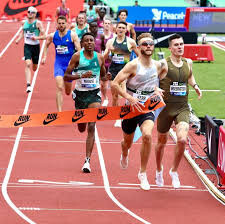
The Olympic 1500m champion, Ingebrigtsen, who was stunned by Kerr in that event at last year’s world championships in Budapest, finished second, with the Britons Neil Gourley and Jake Wightman in fourth and fifth respectively.
Earlier, Keely Hodgkinson produced a dominant display to win the women’s 800m. The 22-year-old clocked a world-leading time of one minute 55.78 secs, while compatriot Jemma Reekie was third – behind Kenyan Mary Moraa – in a time of 1min 57.45sec.
Sha’Carri Richardson, the world champion won in her first women’s 100m of the Olympic year in a time of 10.83sec ahead of St Lucia’s Julien Alfred (10.93) and Dina Asher-Smith, whose time of 10.98 was a season best for the Briton.
Laura Muir continued preparations for this summer’s Olympics in Paris with fourth place in the women’s 1500m in a season’s best 3min 56.35sec. The Tokyo 2020 silver medallist said: “I want to be in the best shape I can for August, so it’s a step towards that to run 56 [seconds] in May. It’s very promising.”
Elsewhere, Kenya’s Beatrice Chebet set a new world record of 28min 54.14sec to win the women’s 10,000m. Chebet bested the previous record of 29.01.03 set by Ethiopia’s Letesenbet Gidey at FBK Stadium in the Netherlands on 8 June 2021.Chebet finished ahead of Gudaf Tsegay of Ethiopia, who finished in 29min 5.92sec in cloudy and cool temperatures. Chebet started to pull away with three laps to go, then poured herself into the final lap. “My body was responding good and I felt strong,” she said. “I felt like I was very comfortable.”
It was her first 10,000m race since 2020, in Nairobi. Chebet, 24, won the silver medal at the 5,000m at the world championships at Hayward Field in 2022. She won the bronze in the event at the worlds last year.
The finish qualified her for her first Olympics this summer in Paris. She said she hopes to double in the 5,000m and 10,000m. “But my target is to run 5,000m first, then 10,000m comes second,” she said. “Because this is my first 10,000m outside the country to run, and I’m so happy to run 28, a world record.”
The Prefontaine Classic is the lone American stop on the international Diamond League series.
Login to leave a comment
Prefontaine Classic
The Pre Classic, part of the Diamond League series of international meets featuring Olympic-level athletes, is scheduled to be held at the new Hayward Field in Eugene. The Prefontaine Classicis the longest-running outdoor invitational track & field meet in America and is part of the elite Wanda Diamond League of meets held worldwide annually. The Pre Classic’s results score has...
more...Beatrice Chebet broke the women’s 10,000m world record at the Prefontaine Classic on Saturday
Kenyan Beatrice Chebet broke the women’s 10,000m world record at the Prefontaine Classic in Eugene, Oregon, on Saturday.
Chebet, 24, clocked 28 minutes, 54.15 seconds at Hayward Field in her first 10,000m race since March 2020.
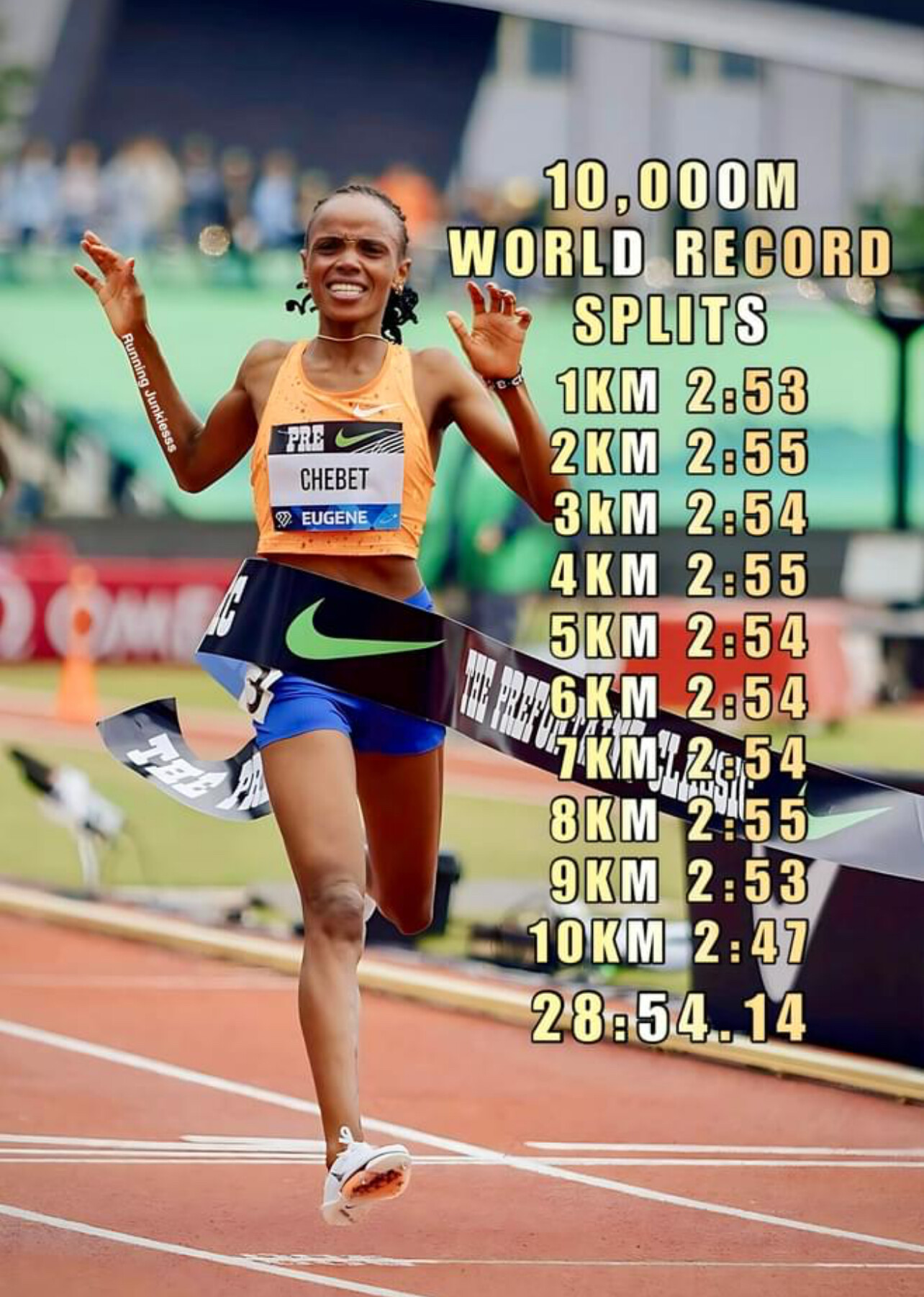
She became the first woman to break 29 minutes in the event, beating Ethiopian Letesenbet Gidey’s previous world record of 29:01.03 from 2021.
Ethiopian Gudaf Tsegay placed second on Saturday in 29:05.92, the third-fastest time in history.
Login to leave a comment
Prefontaine Classic
The Pre Classic, part of the Diamond League series of international meets featuring Olympic-level athletes, is scheduled to be held at the new Hayward Field in Eugene. The Prefontaine Classicis the longest-running outdoor invitational track & field meet in America and is part of the elite Wanda Diamond League of meets held worldwide annually. The Pre Classic’s results score has...
more...Ferdinand Omanyala, Christian Coleman to go head-to-head in Eugene
Ferdinand Omanyala has his work cut out as he continues his Olympic build-up campaign at the Prefontaine Classic this weekend.
Africa’s fastest man Ferdinand Omanyala is not resting on his laurels as he will be in action this weekend, at the Prefontaine Classic, the Diamond League Meeting in Eugene, Oregon.
Omanyala will be competing in his third 100m race of the season, hoping to bag his first win in 2024, but that is not the main priority at the moment.
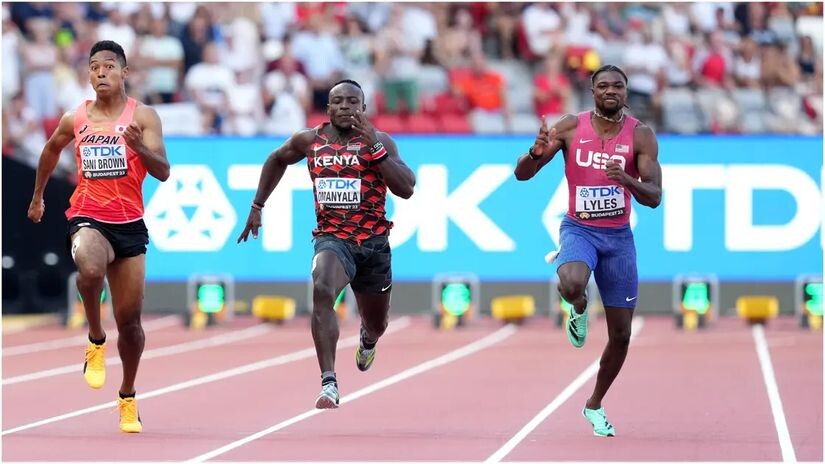
The Commonwealth Games champion had a great indoor campaign, finishing fourth in the 60m at the World Indoor Championships in Glasgow, Scotland. He then kickstarted his 100m campaign at the Kip Keino Classic, finishing fifth in the race that was won by America’s Kenny Bednarek.
The 28-year-old then proceeded to the Atlanta City Games last weekend where he finished second behind South Africa’s Akani Simbine who set a world leading time of 9.90 seconds.
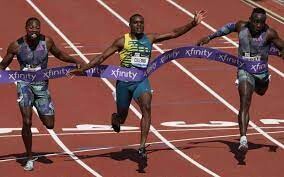
He now heads to the Hayward Field in Eugene, hungry for more and will be up against a formidable field of sprinters who will also be looking to impress.
One athlete to look out for will be Christian Coleman, who will be looking to bounce back following his second-place finish at the Diamond League Meeting in Shanghai. He started his 100m campaign at the Diamond League Meeting in Xiamen with a win.
Another athlete to watch will be Jamaica’s Ackeem Blake who has been turning heads with his great form. Blake finished second at the Miramar Invitational before finishing third in the Diamond League Meeting in Xiamen.
The 22-year-old faltered and was forced to finish fifth at the Diamond League Meeting in Shanghai and then shone on home soil with a second-place finish at the Jamaica Athletics Invitational Meet.
Others included in the field are Benjamin Azamati, the American duo of Brandon Hicklin and Brandon Carnes with another Jamaican, Sandrey Davison, also included in the field.
by Abigael Wuafula
Login to leave a comment
Prefontaine Classic
The Pre Classic, part of the Diamond League series of international meets featuring Olympic-level athletes, is scheduled to be held at the new Hayward Field in Eugene. The Prefontaine Classicis the longest-running outdoor invitational track & field meet in America and is part of the elite Wanda Diamond League of meets held worldwide annually. The Pre Classic’s results score has...
more...Mile clash the big attraction in Eugene
Going strictly by time, the Bowerman Mile at the Prefontaine Classic on Saturday (25) is one of the fastest races in the meeting’s 49-year history.
Add in the storylines, and it’s one of the most anticipated, too.
Featuring seven men with lifetime bests faster than 3:50, Olympic and world championship gold medallists, world record-holders and rivals whose banter has preceded the matchup for months, the mile caps a Wanda Diamond League meeting at Hayward Field whose potential for world-leading marks extends far beyond its final event.
Consider, for one, the women’s 800m, and the early window it will open into this summer’s Olympics. The field includes six of the eight competitors from last year’s World Championships final in Budapest, including gold medallist Mary Moraa and silver medallist Keely Hodgkinson. Notably absent will be bronze medallist Athing Mu, the Olympic champion, who was initially scheduled to race but has been withdrawn out of precaution because of a sore hamstring.
Raevyn Rogers, the 2019 world silver medallist whose image adorns a tower standing high above Hayward Field, also is entered, along with Jemma Reekie, Nia Akins and Halimah Nakaayi, who is coming off a victory at the USATF Los Angeles Grand Prix.

World champion Sha’Carri Richardson and Elaine Thompson-Herah headline the women’s 100m, along with world indoor 60m champion Julien Alfred and Marie-Josee Ta Lou-Smith, while world indoor 60m champion Christian Coleman and Ackeem Blake are among the fastest entered in the men's 100m.
Perhaps the most dominant athlete entering the meeting is Grant Holloway, the world 110m hurdles champion who has won all 10 races he has contested this year, including the indoor season and heats. That also includes running a world-leading 13.07 into a headwind to win in Atlanta last weekend.
The three-time world champion's last loss came on the very same Hayward Field track, at last September’s Prefontaine Classic. The only remaining gap on Holloway’s resume is an Olympic gold medal, and Saturday’s race could be an early preview of Paris, as the field includes five who raced in last summer’s World Championships final in Budapest, including silver medallist Hansle Parchment and Daniel Roberts, who earned bronze.
Shot put world record-holder and multiple world and Olympic champion Ryan Crouser will open his outdoor season in his home state and at the stadium where he owns the facility record, while trying to best Leonardo Fabbri’s world-leading mark of 22.95m.
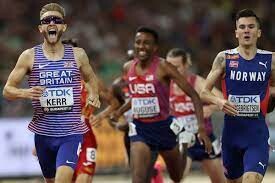
Since 2023, Crouser has lost in just one final – and it was at September’s Prefontaine Classic to Joe Kovacs, who won in Los Angeles last weekend with 22.93m, and is entered again. Payton Otterdahl, who owns the world No.3 mark this year, also is in the field.
Those events offer no shortage of global medallists. Few, however, carry the prospect for as much drama as the mile.
Over the past year, Olympic 1500m champion Jakob Ingebrigtsen and Josh Kerr, who outkicked Ingebrigtsen for last year’s world title in Budapest, have carried on a battle of words through the press about who could prevail in Paris.
Commonwealth champion Olli Hoare, who is part of the field following his 1500m win in Los Angeles last week, said the sport was better for the attention drawn by the back-and-forth between Ingebrigtsen and Kerr – but added that other racers wanted to strike the appropriate level of respect for their competitors, such as Yared Nuguse, whose PB of 3:43.97 was set battling Ingebrigtsen (4:43.73) down to the line at September’s Pre Classic.
“This is a big one. This is going to be a big one for a lot of egos,” Hoare said in Los Angeles. “But I think it’s going to be a big one for me because it’ll be the first race where I’ll have an inkling of where I am with the world’s best. There’s a bit of tossing and turning with the banter but you can’t disrespect that field. If you do, you’ll get eaten alive.”
That list of seven men under 3:50, which includes Hoare, notably doesn’t include Jake Wightman, who will be racing Ingebrigtsen for the first time since their duel at the 2022 World Championships in Oregon, when Wightman won gold; Abel Kipsang, who was fourth at the Tokyo Olympics; Geordie Beamish, less than three months after he stormed to the world indoor title; or Lamecha Girma, the steeplechase world record-holder who is making his mile debut.
“Jake Wightman’s back, he’s a world champion,” Hoare said. “Yared Nuguse, 3:43 mile – these guys are keeping quiet and they’re going to wait for their opportunity to strike. And when they do strike, I guarantee they will make a comment.”
They are not the only accomplished names entered in the distances.
Athletics Kenya will determine its men's and women's Olympic 10,000m qualifiers at Hayward Field, with Kenya's two-time world cross-country champion Beatrice Chebet, the world leader at 5000m this season, part of a women's race that will include world champion Gudaf Tsegay of Ethiopia, eight months after Tsegay set the world 5000m record on the same track.
World record-holder Beatrice Chepkoech will attempt to retain her controlling hold over the steeplechase when she races top challenger Faith Cherotich. The Kenyan duo produced the two fastest times in the world this year at the Diamond League meeting in Xiamen, which Chepkoech won in 8:55.40 to Cherotich’s 9:05.91. Olympic silver medallist Courtney Frerichs will no longer run after injuring the ACL and meniscus in her right knee.
One week after winning in Los Angeles, Diribe Welteji leads the 1500m field that includes 13 women who have run under four minutes. World indoor 3000m champion Elle St Pierre, who won the 5000m in Los Angeles, is running her first 1500m of the season, with Laura Muir, Nikki Hiltz, Jessica Hull, Hirut Meshesha and Cory McGee also entered.
Multiple world and Olympic gold medallist Sifan Hassan, as well as world No.2 Ejgayehu Taye, will feature in the 5000m.
In the field, world and Olympic pole vault champion Katie Moon opens her outdoor season against Sandi Morris, and in the triple jump four of the top five women this season are entered, led by Thea LaFond, whose 15.01m jump to win the world indoor title in Glasgow still stands as the mark to beat.
Olympic discus champion Valarie Allman has not lost in Eugene in two years, a run that includes claiming September’s Diamond League final. That could change on Saturday because of the presence of world leader Yaime Perez, who finished second to Allman in Xiamen last month.
In the men’s 200m, top US sprinters who will duel at the Olympic trials only weeks later will face off. Kenny Bednarek, fresh off a world-leading 19.67 in Doha, is scheduled to race against world No.2 Courtney Lindsey (19.71), with world silver medallist Erriyon Knighton making his season debut. Joe Fahnbulleh and Kyree King, winner of the Los Angeles Grand Prix 100m, are also entered.
Another winner in Los Angeles, Rai Benjamin, headlines the men’s 400m hurdles, and he enters with considerable confidence after running 46.64, the ninth-fastest performance of all time.
“I think I’m the fastest guy in the field, honestly,” Benjamin said of potential Olympic chances.
The women’s 100m hurdles and women’s hammer will not count towards Diamond League points totals, but will be more potential previews for global championships.
Women who account for five of the year’s six fastest times, all of whom are separated by fractions of a second, will face off in the hurdles. Tonea Marshall, fresh off her victory in Los Angeles in 12.42, leads 2019 world champion Nia Ali, Olympic champion Jasmine Camacho-Quinn, two-time world champion Danielle Williams and world indoor champion Devynne Charlton.
Brooke Andersen’s 79.92m throw from earlier this month remains the world-leading hammer mark this season but she will be challenged by world champion Camryn Rogers, 2019 world champion DeAnna Price and world silver medallist Janee’ Kassanavoid, who own the next three farthest throws this season.
by Andrew Greif for World Athletics
Login to leave a comment
Prefontaine Classic
The Pre Classic, part of the Diamond League series of international meets featuring Olympic-level athletes, is scheduled to be held at the new Hayward Field in Eugene. The Prefontaine Classicis the longest-running outdoor invitational track & field meet in America and is part of the elite Wanda Diamond League of meets held worldwide annually. The Pre Classic’s results score has...
more...Sha'Carri Richardson will headline the women's 100m at the Prefontaine Classic
Track superstar Sha'Carri Richardson will headline the women's 100m at the Prefontaine Classic Diamond League event on 25 May at Eugene's Hayward Field.
The reigning world champion is set to make her 100m debut in the Olympic season, facing the 60m world indoor champion Julien Alfred of St. Lucia and Marie-Josée Ta Lou-Smith of Côte d'Ivoire.
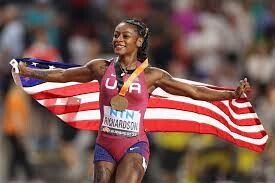
Richardson is still on the hunt for her first win of this year's Diamond League season after finishing second over 200m at the Diamond League opener in Xiamen and third seven days later in Suzhou.
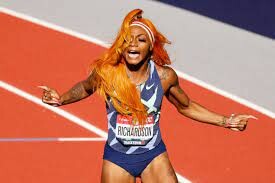
Last year's Prefontaine winner, Christian Coleman, is hoping to defend his 100m title. He will face off against Kenya's Ferdinand Omanyala and Jamaica's Ackeem Blake.
In the men's 200m, world silver medalist Erriyon Knighton is up against Olympic silver medalist Kenny Bednarek and Letsile Tebogo of Botswana.
by Sven Busch
Login to leave a comment
Prefontaine Classic
The Pre Classic, part of the Diamond League series of international meets featuring Olympic-level athletes, is scheduled to be held at the new Hayward Field in Eugene. The Prefontaine Classicis the longest-running outdoor invitational track & field meet in America and is part of the elite Wanda Diamond League of meets held worldwide annually. The Pre Classic’s results score has...
more...Mu, Moraa and Hodgkinson confirmed for 800m clash in Eugene
Athing Mu, Mary Moraa and Keely Hodgkinson – the three women who’ve claimed the 800m medals at the past two World Championships – will clash at the Prefontaine Classic when the Wanda Diamond League reaches Eugene on 25 May.
Mu won in Eugene last year when Hayward Field hosted the Wanda Diamond League Final. Having finished third at the World Championships three months prior, the Olympic champion gained revenge on home soil and kicked to victory in a US record of 1:54.97.

Hodgkinson – as she had done at the Olympics in 2021, as well as at the 2022 and 2023 World Championships – finished second on that occasion in a British record of 1:55.19.
Moraa wound up fourth in that race, but the Kenyan had won the biggest prize of the year in Budapest, taking the world title in a PB of 1:56.03.

The trio have clashed just three times in the past, with Mu coming out on top in two of those encounters.
It’s the second big middle-distance clash announced by the Prefontaine Classic, following the news last month that Olympic 1500m champion Jakob Ingebrigtsen will take on world champion Josh Kerr and North American record-holder Yared Nuguse in the Bowerman mile.
by World Athletics
Login to leave a comment
Prefontaine Classic
The Pre Classic, part of the Diamond League series of international meets featuring Olympic-level athletes, is scheduled to be held at the new Hayward Field in Eugene. The Prefontaine Classicis the longest-running outdoor invitational track & field meet in America and is part of the elite Wanda Diamond League of meets held worldwide annually. The Pre Classic’s results score has...
more...5 things you should know about Steve Prefontaine
Steve “Pre” Prefontaine would have turned 73 on Thursday, and the legendary runner’s enduring legacy and impact on the sport continues. From Coos Bay, Ore., Pre became one of the biggest stars in the sport during his time at the University of Oregon in the 70s, where he held seven American records from the 2,000m to the 10,000m. Here are five facts about the iconic runner, whose achievements and words continue to inspire and resonate.
Trailblazer of distance running
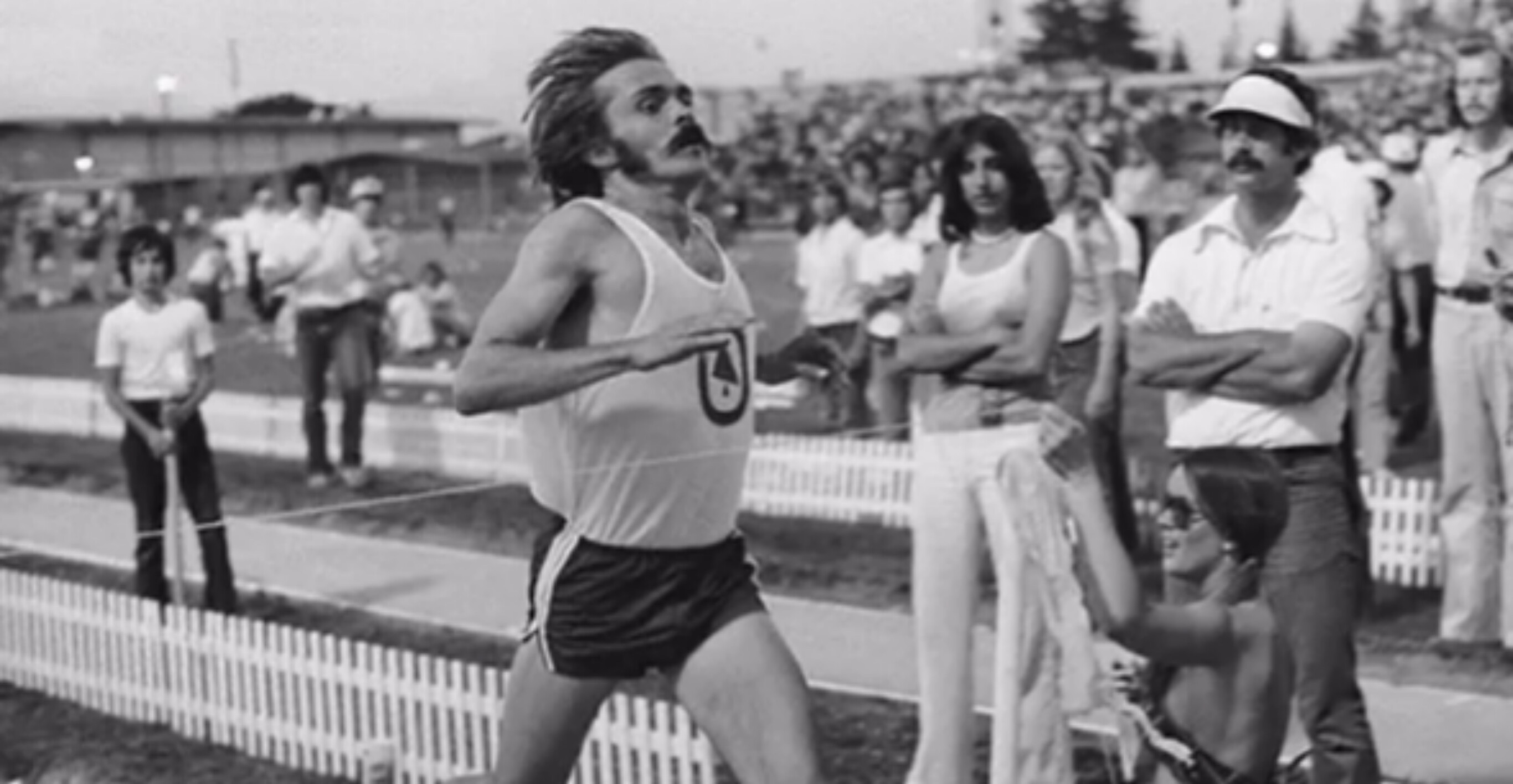
Prefontaine was a pioneer in distance running, known for his fearless approach and unwavering determination. He burst onto the scene in the early 1970s, and his aggressive front-running style and refusal to settle for anything but victory revolutionized distance running in the U.S. and beyond.
Prefontaine’s Olympic journey was tragically cut short when he was 24. He competed in the 1972 Summer Olympics in Munich and was preparing for the 1976 Olympics with the Oregon Track Club when he died in a car accident on May 30, 1975.
Advocate for athletes’ rights
Beyond his achievements on the track, Prefontaine was a vocal advocate for the rights of amateur athletes. He challenged the existing system, governed by the Amateur Athletic Union (AAU) that restricted athletes’ ability to earn money while maintaining their amateur status. Prefontaine defied the AAU by organizing a series of meets with a group of Finnish athletes. One of these meets, held at Marshfield High School in 1975, was where Prefontaine set his last American record.
Legendary duel at the 1972 Munich Olympics
One of Prefontaine’s most memorable moments was the 5,000m race at the 1972 Munich Olympics. In a fierce battle against Finnish runner Lasse Virén, Prefontaine showcased his indomitable spirit, finishing fourth in a race that is often considered one of the greatest duels in Olympic history. The image of Prefontaine pushing himself to the limit serves as a timeless reminder of his competitive fire.
Nike’s first signature athlete
In 1974, Prefontaine signed with Nike for $5,000—as the first runner to sign with the company, he jump-started the brand as a running shoe company. Bill Bowerman, the sports coach at the University of Oregon, also happened to be the co-founder of Nike. In 2022, a pair of Nike Oregon waffle shoes worn by the distance runner were sold for USD $163,800 on the auction site, Sothebys.com.
The Prefontaine Classic
In honor of Pre’s lasting impact on the sport, the annual Prefontaine Classic track and field meet was established in Eugene, Ore. This prestigious event attracts elite athletes from around the world and continues to be a fitting tribute to Pre’s legacy. Hayward Field, where the meet is held, holds a special place in the hearts of runners as the venue where Prefontaine achieved many of his remarkable feats.
Prefontaine is remembered not only for his athletic prowess but also for the passion, courage, and advocacy that defined his life.
Login to leave a comment
Five things you should know about Steve Prefontaine, on his birthday
Steve “Pre” Prefontaine would turn 73 on Thursday (Jan 25), and the legendary runner’s enduring legacy and impact on the sport continues. From Coos Bay, Ore., Pre became one of the biggest stars in the sport during his time at the University of Oregon in the 70s, where he held seven American records from the 2,000m to the 10,000m. Here are five facts about the iconic runner, whose achievements and words continue to inspire and resonate worldwide.
1.- Trailblazer of distance running
Prefontaine was a pioneer in distance running, known for his fearless approach and unwavering determination. He burst onto the scene in the early 1970s, and his aggressive front-running style and refusal to settle for anything but victory revolutionized distance running in the U.S. and beyond.
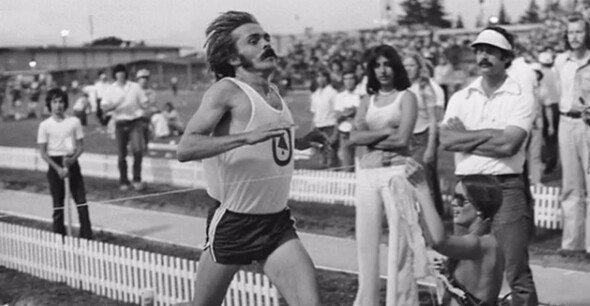
Prefontaine’s Olympic journey was tragically cut short when he was 24. Prefontaine competed in the 1972 Summer Olympics in Munich and was preparing for the 1976 Olympics with the Oregon Track Club when he died in a car accident on May 30, 1975.
2.- Advocate for athlete’s rights

Beyond his achievements on the track, Prefontaine was a vocal advocate for the rights of amateur athletes. He challenged the existing system, governed by the Amateur Athletic Union (AAU) that restricted athletes’ ability to earn money while maintaining their amateur status. Prefontaine defied the AAU by organizing a series of meets with a group of Finnish athletes. One of these meets, held at Marshfield High School in 1975, was where Prefontaine set his last American record.
3.- Legendary duel at the 1972 Munich Olympics
One of Prefontaine’s most memorable moments was the 5,000-meter race at the 1972 Munich Olympics. In a fierce battle against Finnish runner Lasse Virén, Prefontaine showcased his indomitable spirit, finishing fourth in a race that is often considered one of the greatest duels in Olympic history. The image of Prefontaine pushing himself to the limit serves as a timeless reminder of his competitive fire.
4.- Nike’s first signature athlete
In 1974, Prefontaine signed with Nike for $5,000—as the first runner to sign with the company, he jump-started the brand as a running shoe company. Bill Bowerman, the sports coach at the University of Oregon, also happened to be the co-founder of Nike. In 2022, a pair of Nike Oregon Waffle shoes worn by distance runner Prefontaine were sold for USD $163,800 on the auction site, Sothebys.com
5.- The Prefontaine Classic
In honor of Pre’s lasting impact on the sport, the Prefontaine Classic, an annual track and field meet, was established in Eugene, Ore. This prestigious event attracts elite athletes from around the world and continues to be a fitting tribute to Pre’s legacy. Hayward Field, where the meet is held, holds a special place in the hearts of runners as the venue where Prefontaine achieved many of his remarkable feats.
Prefontaine is remembered not only for his athletic prowess but also for the passion, courage, and advocacy that defined his life.
by Keeley Milne
Login to leave a comment
Prefontaine Classic
The Pre Classic, part of the Diamond League series of international meets featuring Olympic-level athletes, is scheduled to be held at the new Hayward Field in Eugene. The Prefontaine Classicis the longest-running outdoor invitational track & field meet in America and is part of the elite Wanda Diamond League of meets held worldwide annually. The Pre Classic’s results score has...
more...Eugene Will Host 2024 US Olympic Track & Field Trials, Again
The next US Olympic Track and Field Trials will be held in ….. Eugene, yet again.
Yes that’s right. Hayward Field will host the 2024 US Olympic Team Trials – Track & Field from June 21-30, 2024, USATF announced in a statement on Thursday. The Olympic track & field program will begin four weeks later, on August 1 in Paris.

2024 will be the fifth straight Olympic Trials hosted by Eugene (2008, 2012, 2016, 2021, 2024) and Eugene’s fourth straight USATF Outdoor Championship. Since the new Hayward Field opened in 2020, no other stadium has hosted the US championships.
That means that in 2024 — just as in 2015, 2016, 2021, and 2022 — the three biggest meets in American track & field will be held at Hayward Field: the Prefontaine Classic, the NCAA championships, and the USATF championships/Olympic Trials. Here is what the schedule will look like for 2024:
May 25: Prefontaine ClassicJune 5-8: NCAA championshipsJune 21-30: US Olympic Trials
Quick Take: Eugene does a fantastic job hosting big meets, but it’s time to give someone else a chance to host the Olympic Trials
Let’s make a few things clear. The new Hayward Field is the best track & field stadium in the country, and Eugene has a terrific local organizing committee in TrackTown USA that knows how to stage big meets. The 2024 Olympic Trials are going to be terrific — they always are.
When you’ve got a beautiful new stadium like Hayward Field, you don’t want it to go to waste. But from 2021-2024, almost every major track meet in the US will have been staged at Hayward Field. The three most important track meets in the US are the Prefontaine Classic (the US’s only Diamond League), the NCAA championships, and the USATF championships/Olympic Trials. During a four-year period, 11 of those 12 meets will have been hosted in Eugene. And that does not even include the biggest meet Eugene has ever hosted — the 2022 World Championships.
That’s a recipe for major Eugene fatigue.
The Prefontaine Classic obviously isn’t moving out of Eugene, and the NCAAs are locked into Eugene through 2027. But it’s a missed opportunity to hold USAs in Eugene every single year, particularly the Olympic Trials. There are a limited number of diehard track fans in the US, and any diehard who has wanted to visit the new Hayward Field has probably done it at this point. If a husband and wife are huge track fans and they already figured out a way to take their kids to Eugene for Worlds, are they really going to want to go back again to the same location for the Trials?
The Olympic Trials should be in Eugene at most once every eight years. The last two normal* Trials drew more than 20,000 fans per day (21,644 in 2012; 22,1222 in 2016) but it’s foolish to suggest that the Trials can only do those sort of numbers in Eugene.
*Due to the COVID-19 pandemic, there was ticketing uncertainty about the 2021 Trials until the very last minute, which meant attendance numbers were a fraction of previous years
In the United States, when you throw the word Olympic in front of anything, people go crazy. And the last few US championships has shown that the built-in track fanbase in Eugene — the diehards who will go to every meet — has dwindled significantly.
We’re confident that if you staged the Olympic Trials in Austin, Des Moines, Omaha, Sacramento, or Mt. SAC, you’d draw big crowds. The Olympic Trials will do well anywhere they are held.
The question then, is why isn’t this happening?
“We all know that getting [to Eugene], it’s trying,” said Will Leer, chair of the USATF Athlete Advisory Committee, when LetsRun asked him about this at USAs in July. “Small airport, it’s expensive, hotels are minimal. But the process by which championships are awarded is through a bid. That much is well-known throughout all of USATF. And time and time again, TrackTown comes to the table with the best bid.”
Eugene certainly has a lot to offer, but we also don’t how much competition there is to host these events. It’s not as simple as USATF just awarding the Trials to a different city. A potential Trials host needs a world-class track facility and a local organizing committee interested in bidding for the Trials, which requires dollars.
Sarah Lorge Butler reports that Eugene paid at least $3 million to host the 2020 Trials, writing, “TrackTown paid a nonrefundable rights fee of $500,000 and the total prize purse of $1.4 million. They also had obligations to provide $1.1 million for athlete support during the meet, to be used at USATF’s sole discre
It’s an expensive undertaking for any local organizing committee. We know Eugene has the dollars. It’s unclear whether anyone else does (If you know of any other city that bid for the Trials, please email us at letsrun@letsrun.com)
If it’s simply a matter of USATF needing to find $3 million to put on the Trials, we know where they could find it. USATF head Max Siegel was paid a ridiculous $3.8 million in compensation in 2021; reduce that to a more reasonable $800k and you could hold the Trials wherever you wanted without any financial impact on USATF.
by Let’s Run
Login to leave a comment
This historic track froze into a skating rink
The West Coast of the U.S. and Canada got hit with sub-zero temperatures over the weekend as a cold front swept through the Midwest. Northern California and Southern Oregon reported unusual seasonal lows around -5 and -10 C, resulting in extreme cold that even froze over Hayward Field at the University of Oregon, transforming one of the most well-known tracks in the world into a skating rink.
Instead of wearing spikes for their Monday morning workout, the Oregon Ducks track and field team was seen skating on the track, turning their usual practice into more of a speed-skating session.
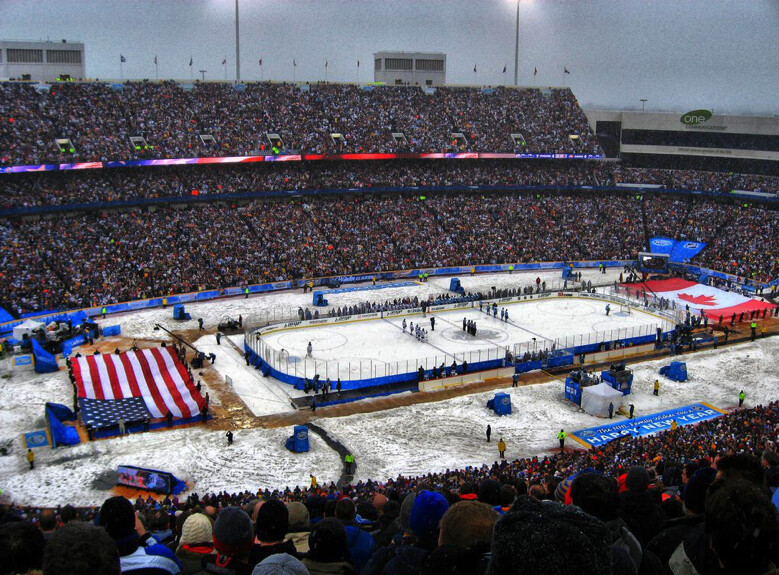

The video was posted to Oregon freshman Simeon Birnbaum’s Instagram story on Monday, where he was also seen sporting a Team Canada kit T-shirt. Although Birnbaum is from South Dakota, he has Canadian roots, having spent his early years in Alberta, where he learned to skate, according to Runnerspace. He transitioned from hockey to track in his early teenage years and is now a sub-four-minute miler with the University of Oregon track and field team under coach Jerry Schumacher.
The sight of people skating on Hayward Field has sparked a few ideas. First, envision an epic NHL Winter Classic game in that stadium. With a capacity of up to 25,000 fans and oval-shaped grandstands reminiscent of an NHL arena, the venue could provide an ideal setting and atmosphere for a game.
I know the recent Winter Classic between the Seattle Kraken and Las Vegas Golden Knights at MLB stadium T-Mobile Park in Seattle on Jan. 1 accommodated way more fans than Hayward, but let’s get NHL commissioner Gary Bettman on the phone to arrange a future Winter Classic matchup between the Seattle Kraken and L.A. Kings at Hayward.
The second idea involves Hayward Field hosting a long-track speed skating World Cup event in January or February. This cross-up between two of the most popular summer and winter Olympic events would be unreal. While I am no expert on speed skating, I would only think that having track-meet-style races could be highly entertaining, especially if wind or snow becomes a factor. Though the University of Oregon might not permit either event, it doesn’t hurt to start the buzz.
by Running Magazine
Login to leave a comment
Kenyan Emmanuel Wanyonyi plotting to break David Rudisha's 800m world record
Emmanuel Wanyonyi has made his intentions clear about breaking David Rudisha's world record.
Teenage sensation Emmanuel Wanyonyi believes his dream of breaking David Rudisha’s 800m world record is inching ever so closer.
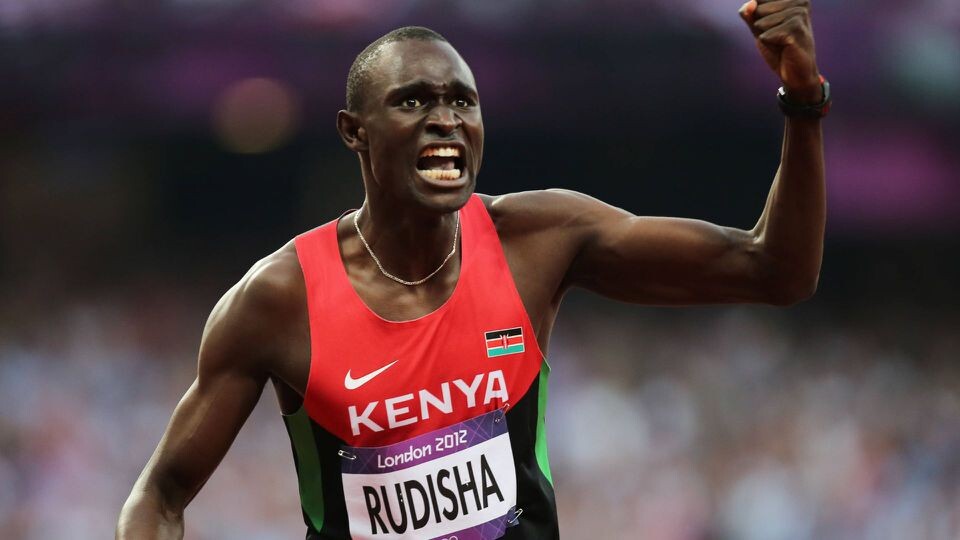
Wanyonyi, the reigning world 800m silver medalist, told Sports Brief that he believes everything is possible and if Rudisha did it, he can also do it.
“In one of my first interviews, I said that I would break the world record. I want to use my talent to show people that it is possible.
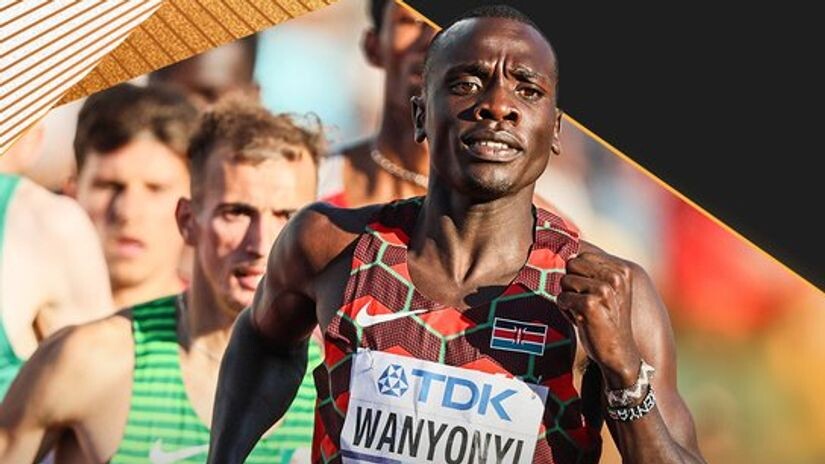
"If David Rudisha did it, I can also do it. I just have to believe in my potential,” Wanyonyi said.
On his part, Rudisha first broke the world record on August 22, 2010, at the ISTAF World Challenge meeting in Berlin where he clocked 1:41.09 to win the race.
He then went ahead to break his own world record, clocking 1:40.91 set during the 2012 London Olympic Games that still stands to date.
Meanwhile, 19-year-old also talked about his training routine which has seen him achieve a number of feats in the 2023 season.
At just 19, he bagged a silver medal at the World Championships in Budapest, Hungary, finishing second behind Canada’s Marco Arop, 25.
He also won the Diamond League Meeting final, Prefontaine Classic, held at the Hayward Field in Eugene, USA.
Wanyonyi explained that his training includes a 20 to 25-kilometer run on alternate days. He also switches the running with fieldwork to work on speed, given that 800m is a combination of endurance and a little bit of sprinting towards the tail end.
by Abigael Wuafula
Login to leave a comment
Yared Nuguse Shatters American Mile Record At Prefontaine Classic
Yared Nuguse shattered the American record in the Bowerman Mile, finishing second to Norway's Jakob Ingebrigtsen in 3:43.97 at the Prefontaine Classic.EUGENE -- Yared Nuguse shattered the American record in the Bowerman Mile, finishing second to Norway's Jakob Ingebrigtsen in 3:43.97 at the Diamond League Prefontaine Classic at Hayward Field.
Nuguse lowered the previous American mark of 3:46.91 set by Alan Webb in Belgium in 2007. His time now ranks fourth on the all-time world list.
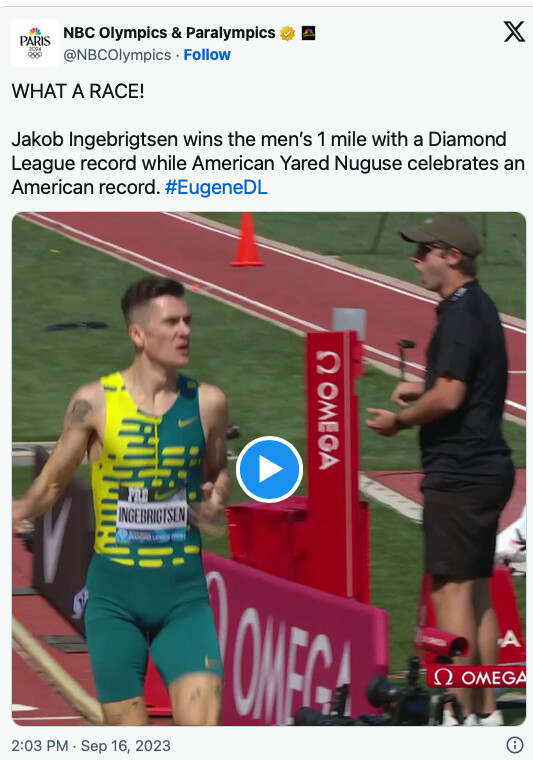
“I feel like a 3:44, 45 felt reasonable, but 43 is the same second as the world record which is absolutely insane that we were able to do that today, but still (have) a great race,” Nuguse said.
Ingebrigtsen won the race in the third-fastest time in history 3:43.73, establishing new Diamond League, Pre Classic and European records while pulling the entire field to extraordinary performances. Everyone in the race clocked sub-3:54 and established either a new season best or personal best. There were also there national record and world U20 mark established.“I think he pushes all of us to be better, and that’s really huge," Nuguse said of Ingebrigtsen. "To have someone like this at the time same time that I’ve come to my peak is just really big, to make me catch things that I didn’t think were possible, like running 3:43.”
As expected, from the early going, this shaped up to be a two-man race between Ingebrigtsen and Nuguse. In the pre-meet press conference Nuguse stated that he wanted the American record. Ingebrigtsen playful told Nuguse to hang with him as long as he could and he just might get it.
And he was right.
Pacer extraordinaire Eric Sowinski kept the two runners on world-record pace, taking them through 800m in 1:51.67. When he stepped off slightly before 1200m, Ingebrigtsen had covered the next quarter in 56.06 with Nuguse right on his heels. The duo hit the bell in 2:47 and the race against the clock and each other was very much on.
“He does a very good race," Ingebrigtsen said of Nuguse. "Obviously he’s in a good enough shape to run what he does, but at the same time today I wanted to race where I could challenge myself to really set out at a decent pace, somewhat conservative, and then I go as hard as I could the last two laps to try to run as fast as I could. So it was very good.”As the two hit the back straight, it was apparent from the green LED pacing lights on the rail that they had fallen about two strides behind world-record pace but the intrigue was far from over.
They remained tight rounding the next to last curve when Ingebrigtsen turned the screw with 150 to go and began to open slight daylight. Nuguse covered the move and pulled right back onto the heels of the leader.
Coming down the stretch, Nuguse grimaced as he tried to keep up with Ingebrigtsen, moving wide to lane two to try and get passed but he was unable to close the gap.
“This is gonna be my last chance for a while to beat him, I might as well just pour my whole heart into it," Nuguse said of his mindset late in the race. "It was the perfect race because I just felt very unbothered the entire time, so it was all just really gritting it out and seeing who could run faster. But you know, definitely tough competitor but still felt really good about it.”
Nuguse credited the passionate crowd at Hayward Field -- there were 12,634 ticketed spectators in attendance -- with providing him with the home-cooking spark he needed late in the race.
"“Definitely that third lap, I feel like having that crowd just going nuts was really huge," he said. "I could just feel they’re all cheering for me for once, when I feel like in Europe they’re mostly cheering for him. It was still just a really amazing crowd, I always love hearing a big roar, especially here in Eugene.”While Nuguse can kick back into the offseason and start recharging for the Olympic year -- he said, his plans are to “just have a ton of fun tonight, not think about running for a month” -- Ingebrigtsen has one more race to go in his season, and on a tight turnaround. The 5000m world champion is favored in tomorrow's men's 3000m.
"Obviously I was here to run the mile," Ingebrigtsen said of his focus. "I’m jumping in the 3k because I got the opportunity. But now it’s all about getting back home to the hotel, eat, sleep, try to prepare as good as I can and we’ll see tomorrow.”
After the meet ends, is Ingebrigtsen's year done?
"Not quite," he said. "Hopefully getting married next weekend, so I think I have to prepare for that as well.”
by Joe Battaglia Flotrack
Login to leave a comment
Prefontaine Classic
The Pre Classic, part of the Diamond League series of international meets featuring Olympic-level athletes, is scheduled to be held at the new Hayward Field in Eugene. The Prefontaine Classicis the longest-running outdoor invitational track & field meet in America and is part of the elite Wanda Diamond League of meets held worldwide annually. The Pre Classic’s results score has...
more...Shericka Jackson maintains attack on Flo Jo's world record as she heads to Prefontaine Classic
Two-time World 200m champion Shericka Jackson will be eyeing the world record when she heads to the final Diamond League Meeting, the Prefontaine Classic, on Sunday.
She hoped to smash the late Florence Joyner’s record at the meeting in Brussels but missed out after clocking 21.48 to cross the finish line. The late Joyner’s record stands at 21.34 and Jackson is the only woman who has gotten close to the record.

She, however, has not lost hope and she wants to give her best shot when she races on US soil one more time.
The 29-year-old has sweet memories of the Hayward Field in Eugene since she won the 200m at last year’s edition of the event.
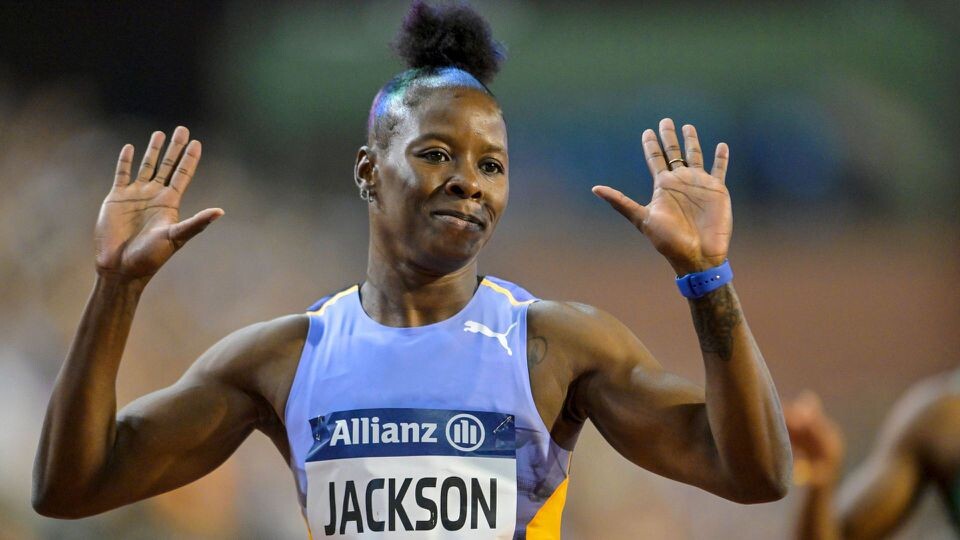
“I believe in myself, I believe in what I’m capable of doing. If it comes it comes if it doesn’t it’s okay. I’ll cool down, take a little break, and then prepare for next year.
But as I said the focus is on this year…if I get the record in Eugene, then it will be a plus but I won’t kill myself,” the Jamaican said.
She has been unbeaten so far this year in the 200m and that shows how formidable she is to take down the record.
The World 100m silver medalist opened her track season in the 200m at the Diamond League Meeting in Rabat, Morocco where she reigned supreme.
She also clinched top honors at the Jamaican Championships before also winning at the Gyulai István Memorial, a Hungarian Athletics Grand Prix.
She then proceeded to the Diamond League Meeting in Monaco before heading to the World Championships in Budapest, Hungary where she defended her title.
After the World Championships, she competed at the Meetings in Zurich and Brussels where she bagged wins. She is now eyeing glory at the final Diamond League Meeting.
by Abigael Wuafula
Login to leave a comment
Prefontaine Classic
The Pre Classic, part of the Diamond League series of international meets featuring Olympic-level athletes, is scheduled to be held at the new Hayward Field in Eugene. The Prefontaine Classicis the longest-running outdoor invitational track & field meet in America and is part of the elite Wanda Diamond League of meets held worldwide annually. The Pre Classic’s results score has...
more...Wait … Is It Okay to Run in a Cemetery?
A strongly-worded sign in Eugene, Oregon, sparked debate: Fair game or a somber spot?
Just south of the University of Oregon, sits the Eugene Masonic Cemetery—a ten-acre hilly plot that’s filled with Douglas Fir Trees and wood-chip trails. In a city renowned for its rich running history, it’s relatively common to see runners using the paths as a neighborhood cut-through or spot to work in some hills.
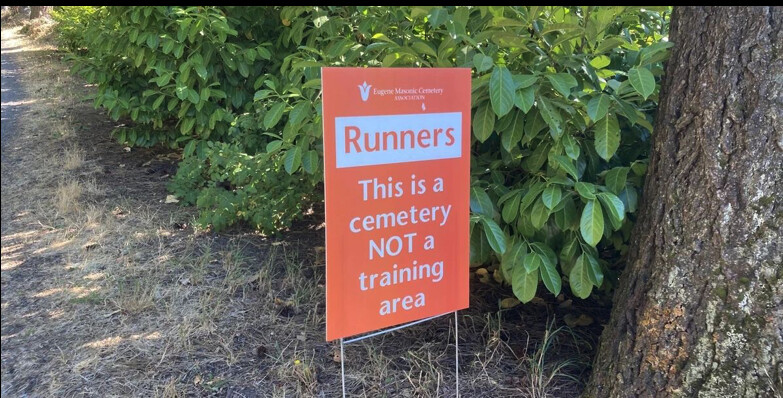
But last month, some residents started to notice red signs: “Runners, this is a cemetery NOT a training area.” The signs prodded discussion on Twitter, with some users scorning them while others emphasized the need to respect the dead. Some pointed out that seven blocks north is the Eugene Pioneer Cemetery, a slightly bigger area, which is a common warm-up spot for athletes competing at nearby Hayward Field.
Cemeteries can be a confusing middle ground between a green space and a solemn place of remembrance, and it brings up an ethical question: When is it okay to run in a cemetery?
Striking a balance
The Eugene Masonic Cemetery is private property—it’s an active burial ground. But Shawn Walker, the president of the Board of the Eugene Masonic Cemetery Association, clarifies that outsiders are still welcome in the space.
“I think it can be helpful for visitors to keep in mind that the cemetery is first and foremost a cemetery,” he said to Runner’s World in an email. “Visitors come to the cemetery to grieve, remember those who have passed on, and seek solace. Other ‘non-cemetery’ related activities are fine and encouraged as long as the activities do not disrupt the cemetery’s primary role.”
Not all cemeteries are privately owned; different types have emerged over the years. Take the Oakland Cemetery in downtown Atlanta. Oakland is the oldest cemetery in the city, founded in 1850, but it’s also the oldest public park.
The City of Atlanta owns the 48-acre space, but it operates differently from a church graveyard or military cemetery (don’t try to run in Arlington National Cemetery). Oakland is a “Victorian rural garden cemetery,” says Sandy White, the Director of Adult Programs and Volunteers at the Historic Oakland Foundation. Early cemeteries were connected with churches, but as cities grew, governments realized they needed more space to bury the dead, says White. But instead of a somber, religious space, these area were also used as parks.
In fact, during the Victorian period (1837 to 1901), it was common for families to visit cemeteries for leisure. During a time when diseases like yellow fever and cholera were rampant, families would pack a lunch and visit their dead relatives. Nowadays, you’re less likely to see a charcuterie board in front of a gravestone, but some cemeteries still retain those park-like qualities.
Fifteen years ago, the Historic Oakland Foundation created the Run Like Hell 5K. “At the time, [the foundation] was really searching for things that would be good fundraisers and respectful of the grounds and of the people that are buried in Oakland, but at the same time, really serve the modern communities that were built up around,” White says.
The race—which features a costume contest—has become the largest cemetery race in the U.S. with 219 runners toeing the line at this year’s April edition. The money raised from the race helps keep the cemetery humming through beautification and preservation projects, and it’s a key part of Oakland’s identity as a public green space.
“It’s every citizen in Atlanta’s park as much as it’s our cemetery,” White says.
Appreciation is key
Ultimately, running in a cemetery comes down to respect.
Walker says the red signs at the Masonic Cemetery were put up after some runners started taking advantage of the open gates. He says training groups would come to the cemetery and disrupt the peace with drills like sprints and chain runs. Sometimes a coach would even shout and whistle at the athletes.
“We felt that this type of activity and training was not consistent with the environment that we believe is important to maintain in the cemetery,” Walker says.
He admits the red signs might come off as harsh, but it’s tough to convey the message clearly.
“We love having visitors in the cemetery and part of our mission is to maintain and operate the cemetery as a resource for the community,” he says. “I believe it can be perfectly appropriate for runners to run in the cemetery as long as their activities are respectful to other visitors and to the space.”
Rob Rueff is familiar with this balance. His favorite race is a small 5K in Franklin, Indiana, called the Sparkler Sprint. Held on the 4th of July, the race is a fundraiser for the Franklin Community High School cross country team. The course meanders through a local park and the nearby Greenlawn Cemetery, and it reminds Rueff of trips to visit his grandparents as a child. In fact—the race literally goes past their graves.
“It’s like I can feel them cheering me on as I reach the final quarter mile of the race,” he says.
For Rueff, the cemetery is a reflective place of solace—but something he can combine with his passion for running. “When I’m training for races and I’ve hit a wall during training, I’ll drive down and run there,” he says. “I’ll make it a point to run by their graves just to check on things. It helps me clear my head and refocus on my training.”
Sarah Lorge Butler contributed to this report.
by Runner’s World
Login to leave a comment
Sha'Carri Richardson gets ready for upcoming World Athletics Championships
Sha'Carri Richardson took to social media to announce that she was all set to compete in her next race at the 2023 World Athletics Championships, to be held in Budapest next month.
"My first real season and I'm loving the process of learning myself, pushing myself as well as knowing when to be still", she wrote.

"Budapest UP NEXT", she added.
The 23-year-old won at the Silesia Diamond League in Poland on July 16, where she ran a thrilling dash of 100m in 10.76 seconds. This came after her splendid win at the USATF Outdoor Championships at the Hayward Field in Eugene, Oregon, on July 7, where Richardson completed the race in 10.71 seconds.
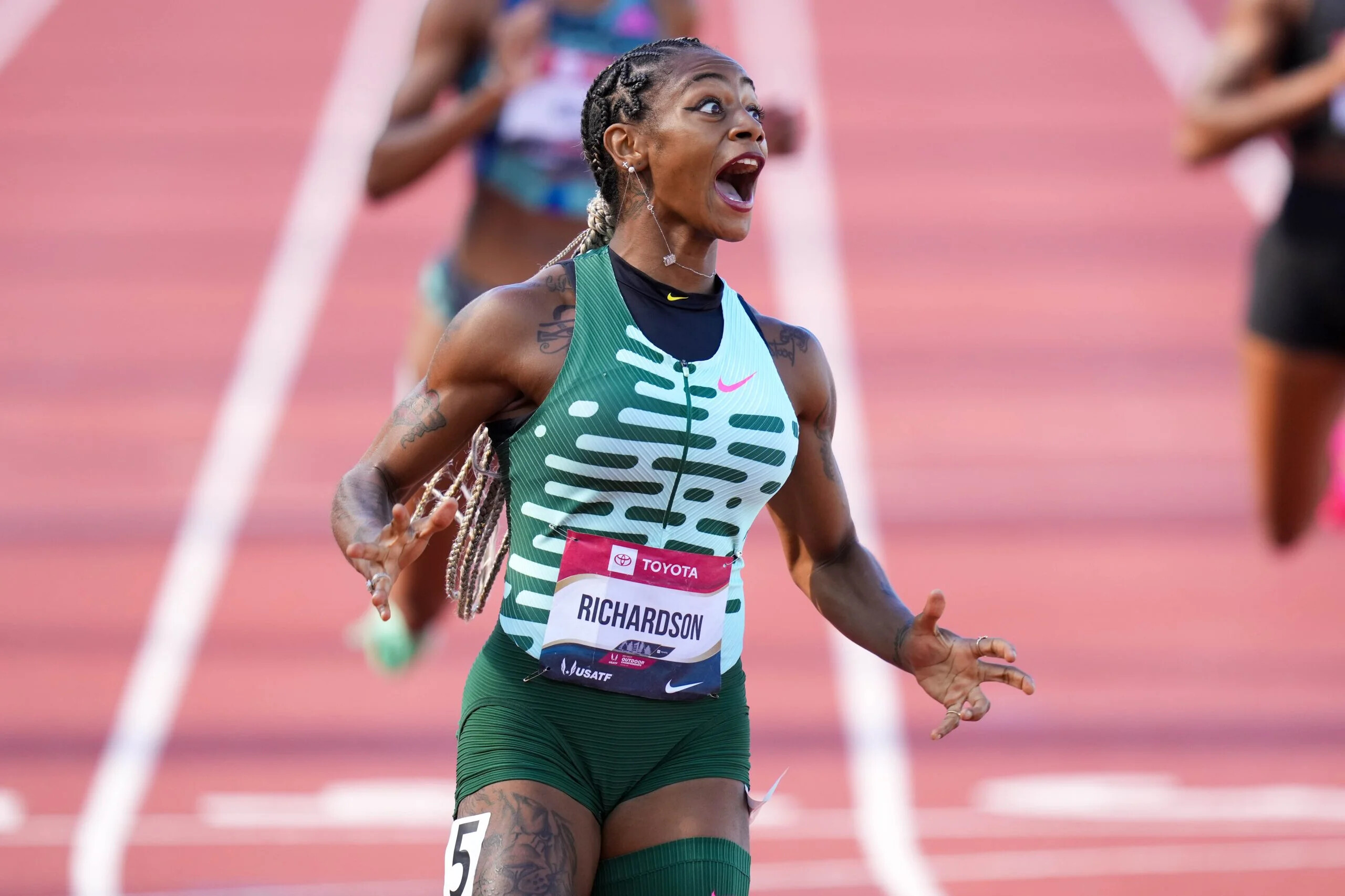
The 2023 World Athletics Championships to be held in Budapest will have a star-studded line-up. Along with Sherika Jackson, Sha'Carri Richardson will also be competing with the top Jamaican sprinter, Elaine Thompson, who has won the Olympic gold medal five times, and Shelly-Ann Fraser-Pryce, who has three Olympic gold medals to her name so far.
The face-off between the American and the Jamaican athletes would hence be a show to watch for in Budapest, Hungary.
by Janhavi Shinde
Login to leave a comment
World Athletics Championships Budapest 23
From August 19-27, 2023, Budapest will host the world's third largest sporting event, the World Athletics Championships. It is the largest sporting event in the history of Hungary, attended by athletes from more than 200 countries, whose news will reach more than one billion people. Athletics is the foundation of all sports. It represents strength, speed, dexterity and endurance, the...
more...Sha’Carri Richardson runs 100m world lead at U.S. Track and Field Championships
On the first day of the USATF Track and Field Championships in Eugene, Ore., U.S. sprinter Sha’Carri Richardson made a triumphant comeback, leaving spectators in awe as she blazed to a 100m world lead. Richardson set a new personal best and the fastest women’s 100m time of the year, clocking an impressive 10.71 seconds (+0.1 m/s).
During the heats of the women’s 100m on Thursday evening, Richardson delivered an outstanding performance, winning the first heat and securing her spot in Friday’s semi-finals. Her time not only surpassed her competitors by a significant margin but exceeded the previous world-leading time of 10.75 seconds set by Marie-Josee Ta Lou of Ivory Coast at the Oslo Diamond League just a month ago.
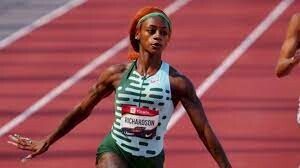
Richardson’s achievement was even more remarkable as she improved her best by one-tenth of a second from her previous record of 10.72 seconds, set in 2021 at the Miramar Invitational in Florida. Her new personal best now ranks as the sixth-fastest 100m time in history and the fourth-fastest ever by an American woman.
As anticipation grows, Richardson advances to the 100m semi-finals and ultimately aims for a spot in the final, scheduled for Friday evening. The stakes are high, as the top three U.S. sprinters in these races will earn the privilege to represent Team USA at the 2023 World Athletics Championships in Budapest next month. With her exceptional performance, Richardson is undoubtedly a strong contender for one of those positions.
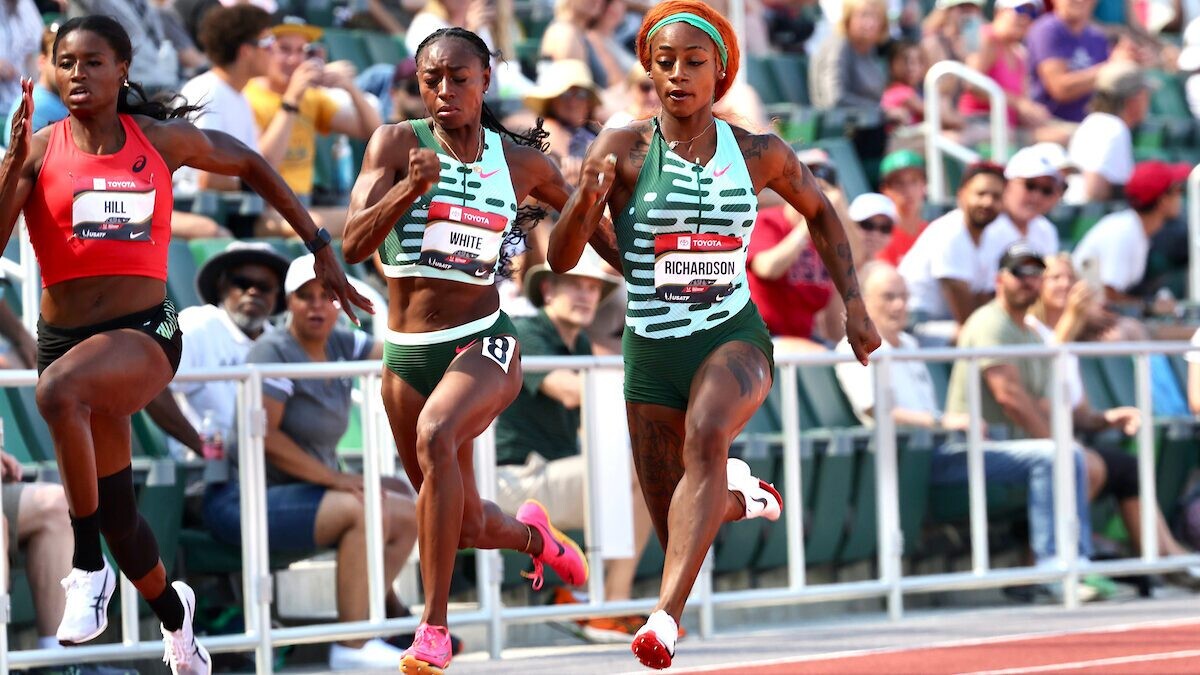
Richardson’s journey hasn’t come without obstacles. Following her victory in the 100m at the 2021 U.S. Olympic Trials, she faced a ban and disqualification due to a positive cannabis test, causing her to miss the delayed 2020 Tokyo Olympics. In 2022, she also faced challenges, failing to reach the final in the 100m and 200m at the U.S. Championships and missing out on qualification for the 2022 Worlds team.
The 2023 USATF Track and Field Championships are taking place from July 6 to 9 at Hayward Field in Eugene, Ore
by Running Magazine
Login to leave a comment
10 Reasons to Start Following Track and Field This Year
The 2023 season should be full of record-breaking performances from the sport’s biggest stars. Here are the most important things to know.
Track is back, and if the results from the indoor season and early outdoor meets are any indication, it should be another year of eye-popping results around 400-meter ovals this summer.
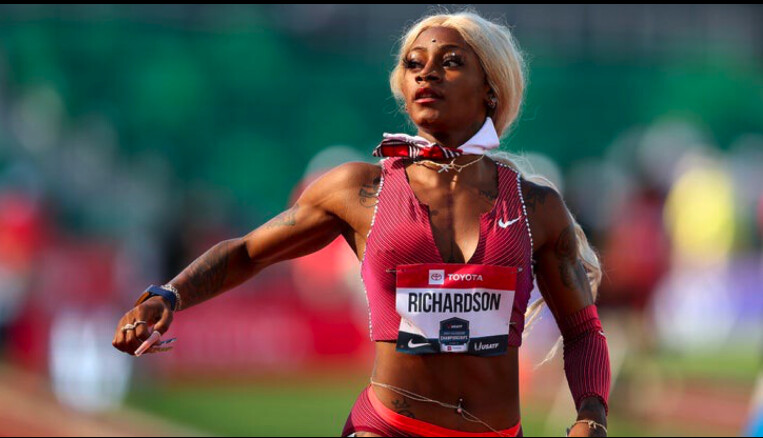
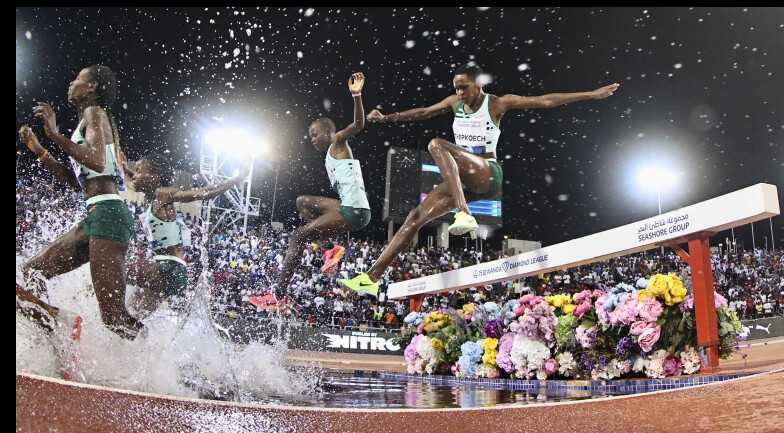
Why is track and field relevant to the average recreational runner?
Perhaps you’re running some of the same distances in your training and racing. Or maybe you have a connection to some of the events from your youth, days in gym class or on the playground. From a human performance perspective, no sport showcases the all-out speed, red-line endurance, max power, dynamic agility, and meticulous bodily control as track and field does.
Here’s a primer on the most awe-inspiring athletes and events of this summer’s track season. Because, come on: with a sport that includes events as multifaceted as the pole vault, as primal as the shot put, and as wild as the 3,000-meter steeplechase—a 1.8-mile race with 28 fixed barriers to hurdle and seven water pits to jump—what’s not to like?
One of the many things that makes track and field so special is that it’s one of the most diverse sports on the planet, both culturally and athletically.
Last summer, athletes from a record 29 different countries earned medals in the 25 different running, jumping, and throwing events at the World Athletics Championships in Eugene, Oregon.
At the highest level, there are athletes of all shapes and sizes from every culture and socioeconomic background. While there certainly are racial and cultural stereotypes that need dissolving and vast inequality among competing countries, from a performance point of view the sport is largely meritocratic, based on the time or distance achieved in a given competition.
Watching American Sydney McLaughlin-Levrone masterfully win the 400-meter hurdles in a world-record time last summer in front of a deafening crowd at Hayward Field in Eugene was a riveting experience. It was vastly different than watching Grenada’s Anderson Peters win the javelin world title with a career-best throw of 90.54 meters on his final attempt to beat India’s Neeraj Chopra, but both had edge-of-your-seat excitement, athletic excellence, and cultural significance.
One of the knocks against track and field in recent years is that it hasn’t done enough to attract casual fans the way professional football, basketball, hockey, and soccer have. Following the On Track Fest, the USATF Los Angeles Grand Prix on May 26-27 in Los Angeles is trying to up the ante by combining a mix of elite-level competition, an interactive fan festival, and top-tier musical performances.
Billed as the one of the deepest track meets ever held on U.S. soil, it will feature a star-studded 400-meter face-off featuring Americans Michael Norman, the reigning world champion, and Kirani James, a three-time Olympic medalist from Grenada, and a women’s 100-meter hurdles clash with world champion Tobi Amusan of Nigeria, Olympic silver medalist Keni Harrison of the U.S., and Olympic gold medalist Jasmine Camacho-Quinn of Puerto Rico.
Saturday’s action will be broadcast live on NBC Sports from 4:30 P.M. to 6 P.M. ET and be followed by a concert event called the Legends Jam, which will include appearances from some legendary athletes and be headlined by Grammy-winning singer Judith Hill.
American sprint sensation Sha’Carri Richardson will be racing the 100-meter dash at the USATF Los Angeles Grand Prix. You probably remember her for her perceived failures more than the astounding times she’s actually achieved on the track.
Two years ago, the sprinter from Dallas blew away the field in the 100-meter dash at the U.S. Olympic Trials with a 10.86 effort, but then she was famously suspended after testing positive for cannabis (which is on the World Anti-Doping Agency’s list of banned substances) and missed the Tokyo Olympics as a result. (She admitted using the drug to cope with the pressure of qualifying for the Olympics while also mourning the recent death of her biological mother.)
Then last year, despite strong early season performances, Richardson failed to make the finals of the 100-meter or 200-meter at the U.S. championships, so she missed out on running in the first world championships held on American soil.
This year, the 23-year-old sprinter appears to be locked in and better than ever, posting a world-leading 10.76 100-meter time on May 5 in Doha (she also ran an eye-popping 10.57 with an over-the-limit tailwind on April 9 in Florida) and posted the second-fastest time in the 200-meter (22.07) on May 13 at a meet in Kenya.
If she keeps it all together, expect Richardson to finally contend with elite Jamaican sprinters Shericka Jackson and Shelly-Ann Fraser-Pryce in the 100 and 4×100-meter relay in August at the World Athletics Championships in Budapest, Hungary.
A few years ago, American sprinter Fred Kerley was on his way to becoming one of the world’s best 400-meter runners. But he wanted more than that. What he really had his heart set on was becoming the world’s fastest man, a moniker that goes with the most dominant sprinter in the 100-meter dash.
Ignoring doubters, Kerley retooled his training and earned the silver medal in the 100-meter at the Tokyo Olympics (.04 seconds behind Italy’s Marcell Jacobs) and then continued his ascent last year by winning the U.S. championships (in 9.76, the sixth-fastest time in history) and world championships (9.86).
The 28-year-old from San Antonio, Texas, also became one of just two other runners (along with American Michael Norman and South African Wayde van Niekerk) to ever run sub-10 seconds in the 100-meter, sub-20 seconds in the 200-meter, and sub-44 seconds in the 400-meter. So far this year, Kerley has two of the four fastest 100-meter times of the season, including a speedy 9.88 on May 21 in Japan.
After trading barbs on social media this spring, Kerley and Jacobs are expected to face off in an epic 100-meter showdown on May 28 at a Diamond League meet in Rabat, Morocco, marking the first time the Olympic gold medalist and the world champion in the men’s 100m face off since the 2012 Olympic final, when Jamaican Usain Bolt beat countryman Yohan Blake. American Trayvon Bromell, the silver medalist at last year’s world championships, is also in the field, so it should be an extraordinary tilt.
If you’re a gambler, bet on Kerley to win that one and eventually get close to Bolt’s 9.58 world record. (To do so, he’ll be running faster than 26 miles per hour!) But don’t count out Kenya’s Ferdinand Omanyala, the early world leader (9.84), or fellow American sub-9.9 guys Bromell, Norman, Christian Coleman, and Noah Lyles at the 2023 World Athletics Championships on August 20, in Budapest. Depending on which three Americans join Kerley (who has an automatic qualifier) at the world championships, it’s actually quite likely the U.S. could sweep the top four spots in the 100 in Budapest.
If you’ve ever wanted to see the world’s top track and field stars competing live in the U.S., this is the year to do it. The May 26-27 USATF Los Angeles Grand Prix meet and June 3-4 Portland Track Festival are part of what might be the mosst compelling outdoor track season ever held on U.S. soil.
If you’re looking for an athlete to marvel at, start with Sydney McLaughlin-Levrone, the gold medalist in the 400-meter hurdles at the Olympics in 2021 and World Athletics Championships last summer. She’s been one of the sport’s rising stars since she was a teenager and yet she’s only 23. Her trajectory is still rising—especially since she moved to Los Angeles to train under coach Bob Kersee. Driven by her strong faith, McLaughlin-Levrone is the personification of hard work, grace and competitiveness.
This year she’ll temporarily step away from her primary event to show off her pure sprinting prowess when she opens her season in a “flat” 400-meter race at the Diamond League meet in Paris on June 9. Her personal best in the 400-meter is 50.07 seconds, set when she was a freshman at the University of Kentucky, but she clocked a speedy 50.68 while running over hurdles, en route to a world-record setting win at last summer’s world championships.
Her best 400-meter split as part of a 4×400-meter relay is 47.91, so it’s within reason to think she could be one of several runners to challenge the long-standing world record of 47.60 set in 1985 by East German Marita Koch. Because McLaughlin-Levrone has an automatic qualifier to the world championships in the 400-meter hurdles, she will likely run the open 400-meter at the U.S. championships and decide after the meet which one she’ll focus on.
American 800-meter ace Athing Mu has looked unbeatable for the past several years as she won Olympic gold in the event at the Tokyo Olympics and last year’s world championships. In fact, she has been unbeatable, having won 13 straight races since she dropped out of a mile race at the Millrose Games in January 2022. Going back to 2020 (when she was a senior in high school) and 2021 (during her one season at Texas A&M), she’s finished first in 51 of her past 53 races (relays included), with her only loss being a narrow runner-up finish to Kaelin Roberts in the 400-meter at the 2021 NCAA indoor championships.
Mu, who is also coached by Kersee and trains with McLaughlin-Levrone, seems to be the most likely athlete to challenge the women’s 800-meter world record of 1:53.28, set in 1983 by the Czech Republic’s Jarmila Kratochvílová. It’s the longest standing record in track and field, and only two runners have come within a second of it in the past 15 years. Her personal best of 1:55.04 is an American record and the eighth-fastest time in history. She’s still only 20 years old, so she has many years to keep improving and other historic opportunities ahead of her.
Mu said earlier this year she’d like to try a 400-800-meter double at an Olympics or world championships if the schedule permits—it’s only been done once successfully by Cuba’s Alberto Juantorena at the 1976 Games—but her coach has said she might attempt a 800-1,500-meter double next year at the Paris Olympics.
This year, Mu will run the 1,500 meters at the USATF Championships in July, but will likely defend her 800-meter title at the world championships in Budapest, as well as potentially running on the U.S. women’s 4×400-meter relay and the mixed-gender 4×400-meter relay (with McLaughlin-Levrone) for an opportunity to win three gold medals in a single championships.
With apologies to quarterback extraordinaire Patrick Mahomes, gymnastics all-arounder Simone Biles, and skiing superstar Mikela Shiffrin, pole vaulter Armand Duplantis just might be the most dynamically talented athlete in the world. That’s because he’s the world’s most dominant athlete (and has set six world records) in arguably the most demanding discipline, not only in track and field but quite possibly in any sport. No sport discipline involves such a dynamic combination of speed, power, precision and agility, and Duplantis, who is only 23, is already the greatest of all-time.
Prove me wrong or watch him set his latest world record (6.22 meters or 20 feet, 5 inches) at an indoor meet on February 25 in Clermont-Ferrand, France. That’s the equivalent of vaulting onto the roof of a two-story building, and in his case, often with room to spare.
Duplantis, who grew up in Lafayette, Louisiana, to athletic parents with Swedish and Finnish heritage, represents Sweden in international competitions. He started pole vaulting at age three, set his first of 11 age-group world-best marks at age seven, and won an NCAA title in 2019 as a freshman competing for LSU before turning pro.
All indications are that North Carolina State junior Katelyn Tuohy could become the next American running star. All she has done since she was young is win races and break records.
After winning the NCAA outdoor 5,000-meter a year ago, she won the NCAA cross country title in November. During the indoor track season this past winter, she set a new collegiate mile record (4:24.26) and won both the 3,000-meter and 5,000-meter title at the NCAA indoor championships in March. On May 7, the 21-year-old from Thiells, New York, broke the NCAA outdoor 5,000-meter record by 17 seconds, clocking 15:03.12 at the Sound Running On Track Fest.
Tuohy will be running both the 1,500-meter and 5,000-meter at the NCAA East Regional May 24-27 in Jacksonville, Florida, with the hopes of eventually advancing to the finals of both events at the June 7-10 NCAA Division I championship meet in Austin, Texas.
University of Arkansas junior Britton Wilson is a top collegiate star who is ready for prime time at the pro level. She won the 400-meter in a world-leading and collegiate record time of 49.13 in mid-May at the SEC Championships, where she also won the 400-meter hurdles (53.23) in a world-leading time. The 22-year-old from Richmond, Virginia, was the runner-up in the 400-meter hurdles at last year’s U.S. championships and fifth in the world championships, and could contend for a spot on Team USA in either event at the July 6-9 U.S. championships.
Kerley and Lyles are expected to square off in a 200-meter race at the USATF New York Grand Prix meet on June 24 at Icahn Stadium on Randall’s Island in New York City. There are also two high-level Puma American Track League meets in Tennessee—the Music City Track Carnival June 2 in Nashville and the Ed Murphey Classic August 4-5 in Memphis—and two Under Armour Sunset Tour meets organized by Sound Running on July 22 in Los Angeles and July 29 in Baltimore.
The best U.S. meet of the year, though, will be the USATF Outdoor Championships held July 6-9 in Eugene, Oregon, where American athletes will be vying for top-three finishes to earn a chance to compete for Team USA at the 2023 World Athletics Championships August 19-27 in Budapest.
The U.S. season will culminate with the September 16-17 Pre Classic in Eugene, Oregon, a two two-day meet that will double as the finals of the international Diamond League circuit and should include many of the top athletes who will be representing their countries in next summer’s Paris Olympics. (And if you want to see the country’s top high school athletes run unfathomable times for teenagers, check out the Brooks PR Invitational on June 14 in Seattle, Washington.)
At the June 2 Diamond League meet in Rome, Italy, the men’s field in the 5,000-meter run will have what might be the fastest field ever assembled, with 13 runners who have personal best times of 12:59 or faster.
The field will be headlined by Joshua Cheptegei of Uganda, who lowered the world record to 12:35.36 in Monaco three years ago. (That’s a pace of 4:03 per mile!). But it will also include Kenya’s Jacob Krop (12:45.71) and Nicholas Kipkorir (12:46.33), Ethiopia’s Yomif Kejelcha (12:46.79), American Grant Fisher (12:46.79), Canadian Mohammed Ahmed (12:47.20), and Guatemalan-American Luis Grijalva (13:02.94), among others. With a big prize purse at stake and pacesetters ramping up the speed from the start, it should be a race for the ages.
by Outside Online
Login to leave a comment
Ratified: world records for Yehualaw, Knighton, Nugent and Mokoka
Women’s world 10km record (mixed race)29:14 Yalemzerf Yehualaw (ETH) Castellon 27 February 2022
Men’s world U20 200m record19.69 Erriyon Knighton (USA) Eugene 26 June 2022
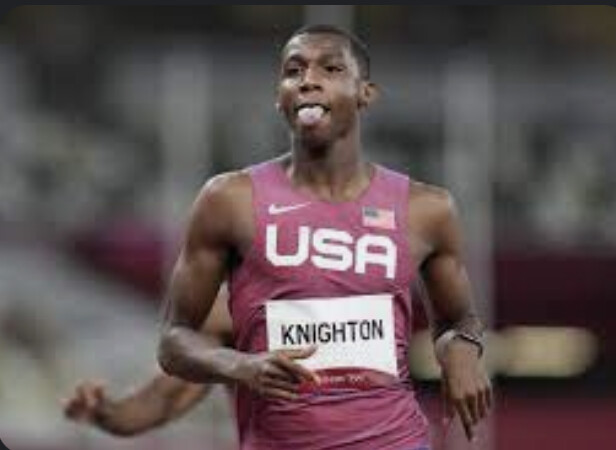
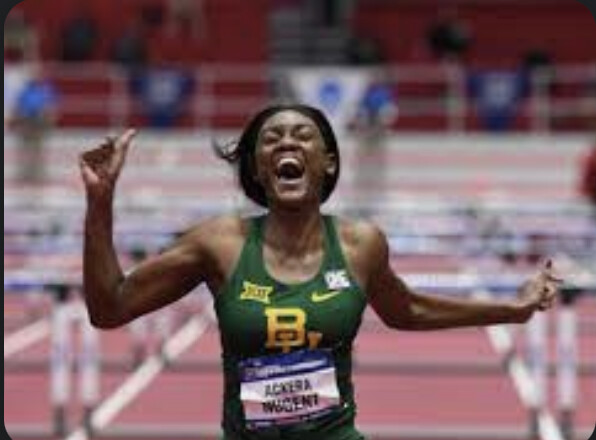
Women’s world U20 indoor 60m hurdles record7.92 Ackera Nugent (JAM) Fayetteville 13 March 2021
Men’s world 50km record2:40:13 Stephen Mokoka (RSA) Gqeberha 6 March 2022
The world 10km record of 29:14 set by Yalemzerf Yehualaw in Castellon on 27 February has been ratified.
The world U20 marks by Erriyon Knighton in the 200m and Ackera Nugent in the 60m hurdles are also now officially in the record books, as is the world 50km record set by Stephen Mokoka.
In Castellon, Yehualaw became the first woman in history to dip under the 29:30 and 29:20 barriers on the roads, running 29:14 to improve the ratified record of 29:43 set by Joyciline Jepkosgei in Prague on 9 September 2017 and the mark of 29:38 achieved on 3 October 2021 by Bahrain’s Kalkidan Gezahegne in Geneva.
In a race held under ideal weather conditions, and with pacing assistance from Dutch distance runner Richard Douma, Yehualaw set off at a swift pace. They covered the opening kilometre in 2:51 and by 3km, reached in 8:36, Yehualaw was on target for a sub-29-minute finish.She went through halfway in 14:28 – one of the fastest 5km clockings in history – and was still inside 29-minute pace. The Ethiopian slowed a bit during the second half, but a final kilometre of 2:52 (and a second half of 14:46) was enough to carry her to a 29:14 finish.
“I knew I had the world record in my legs and wanted to produce a challenging performance for any athletes who may attempt the record in the near future,” she said.
Knighton achieved his world U20 200m record at the US Championships on 26 June, running 19.69 to improve on his own previous ratified record of 19.84, also set at Hayward Field in Eugene on 27 June 2021. Knighton had opened his season with a time of 19.49 in Baton Rouge, but that mark could not be ratified as a world U20 record because specific anti-doping testing requirements were not met.
Nugent, meanwhile, achieved her world U20 indoor 60m hurdles record when winning at the NCAA Indoor Championships in Fayetteville on 13 March 2021. Other performances that were faster than the previous ratified world record of 8.00 set by Klaudia Siciarz in Torun on 18 February 2017 – including Nugent’s own 7.91 earlier in 2021 – did not fulfil all the criteria for ratification. Nugent’s 7.92 does meet the criteria, so becomes the world U20 record.
In March this year, Mokoka ran 2:40:13 at the Nedbank Runified 50km in Gqeberha to improve on the inaugural world 50km record of 2:42:07 that had been set by Ethiopia’s Ketema Negasa at the same event last year.
Mokoka is now the official world 50km record-holder, although CJ Albertson clocked 2:38:43 in San Francisco on 8 October, and that performance has also been submitted for record ratification.
by World Athletics
Login to leave a comment
Steve Prefontaine's Nike Oregon Waffle shoes sell for USD$163,800
A pair of Nike Oregon Waffle shoes worn by distance runner Steve Prefontaine has been sold for USD $163,800 on the auction site, Sothebys.com.This pair of Oregon Waffle sneakers in a men’s size 9.5, including the original laces and blue insoles, was worn and owned by Prefontaine. The sneaker is finished in a nylon upper in the University of Oregon’s signature yellow and green colourway. Prefontaine is widely considered the greatest U.S. runner of all time.
The waffle pattern was developed by Oregon track and field coach and Nike co-founder Bill Bowerman.
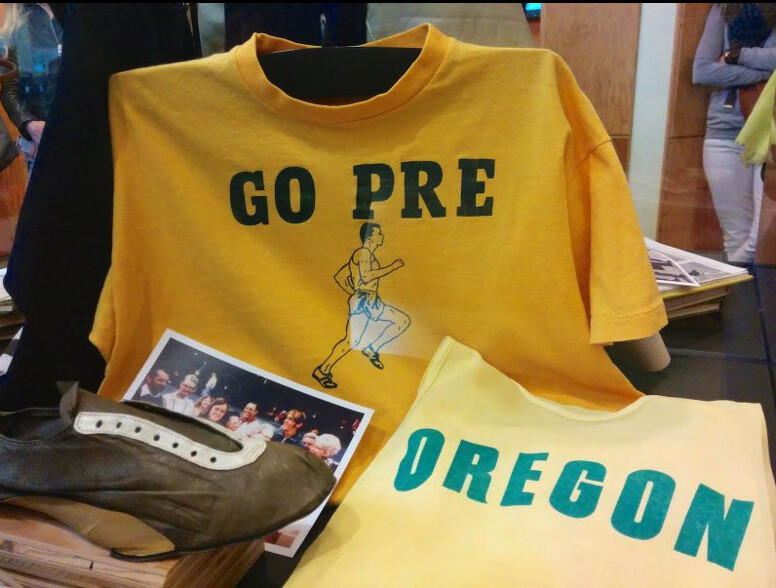
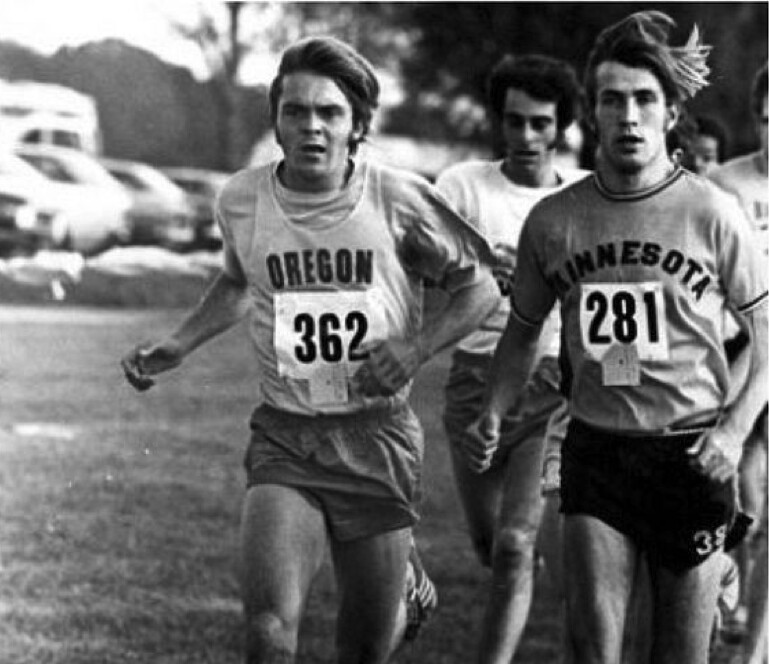
These are the first pair of Pre’s shoes to be publicly sold, which is notable considering the lasting impact he had on Nike, the most iconic sneaker company in the world: Nike.
Prefontaine was the first runner signed by Nike and jump-started the brand as a running shoe company.The auction for the shoe opened on Sept. 6, and the bidding began at $100,000.
From 1969 through the mid-1970s, Pre dominated the sport, setting eight NCAA records during his time at the University of Oregon and competing in the 5,000m at the 1972 Olympics in Munich. In 1975, Prefontaine died in a car accident in Eugene, Ore.
The winner of the auction will now get to hold on to a unique piece of running history. Each year, Prefontaine’s career and life are celebrated at the Prefontaine Classic, a world-class Diamond League track event held at Hayward Field in Eugene, in his honour.
by Running Magazine
Login to leave a comment
Olympic hurdler Devon Allen cut from Philadelphia Eagles roster
It has been a summer to forget for American champion hurdler Devon Allen. A dual-sport athlete, Allen balances separate careers as a track star and professional football player. Unfortunately, both of these endeavours have taken tough hits in the past couple of months. At the 2022 World Athletics Championships in Eugene, Oregon, in July, Allen was disqualified in the 110m hurdle final, and on Tuesday, he was cut from the NFL’s Philadelphia Eagles.
In 2021, Allen had an incredible season on the track. He won multiple races and charged to a fourth-place finish in the 110mH at the Tokyo Olympics, which marked his second appearance at the Games (he finished fifth in 2016). In April of this year, things got even better as he signed a three-year deal with the Eagles. (Allen was a wide receiver at the University of Oregon, where he also ran track, but hadn’t returned to the field since his final year of college in 2016.)


Just a few months after signing with the Eagles, Allen ran a world-leading PB of 12.84 seconds, and looked poised to medal at the world championships, which were being held at his alma mater in Oregon. He flew through the heats and semi-finals at Eugene’s Hayward Field, but when he got to the final, he was called for a false start and subsequently disqualified. Grant Holloway, Allen’s compatriot, proceeded to take the gold in 13.03.
There was a lot of controversy surrounding Allen’s DQ, as he left the blocks just a single thousandth of a second too soon (a difference undetectable to the naked eye). The starting blocks are equipped with electronic sensors to monitor each runner’s reaction time; the minimum allowable reaction time is 0.1 seconds, and Allen’s posted time was 0.099. It was the smallest of margins to ruin a star athlete’s dreams of a gold medal on home soil, but the officials had no choice but to accept the information provided by the sensors and disqualify Allen.
Now, just a month after that crushing blow, Allen has been cut from Philadelphia’s 53-man roster. He spent the previous month at the team’s training camp, which included a game against the Cleveland Browns in which Allen caught a 55-yard touchdown. His pre-season performances weren’t enough to earn him an official spot on the roster, though, and he will have to hope to be given a spot on Philadelphia’s practice squad.
by Running Magazine
Login to leave a comment
Shalane Flanagan takes coaching role at University of Oregon
U.S. Olympic medallist and 2017 New York City Marathon champion Shalane Flanagan announced on her social media that she’ll be joining the University of Oregon coaching staff as an assistant coach to help lead the team’s distance program.
Since 2019, Flanagan has been an assistant coach for the Nike Bowerman Track Club alongside Jerry Schumacher, who was recently named head coach of Oregon’s track and field program.
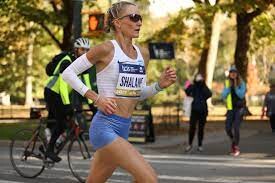
During her career and guidance, Flanagan has been part of the emergence of the Bowerman Track Club, which is considered one of the top running groups in North America.
Flanagan joined Bowerman Track Club in 2009 and made two U.S. Olympic teams in the marathon (2012 and 2016). In 2012, Flanagan finished 10th and in Rio 2016, she finished sixth in 2:25:26.
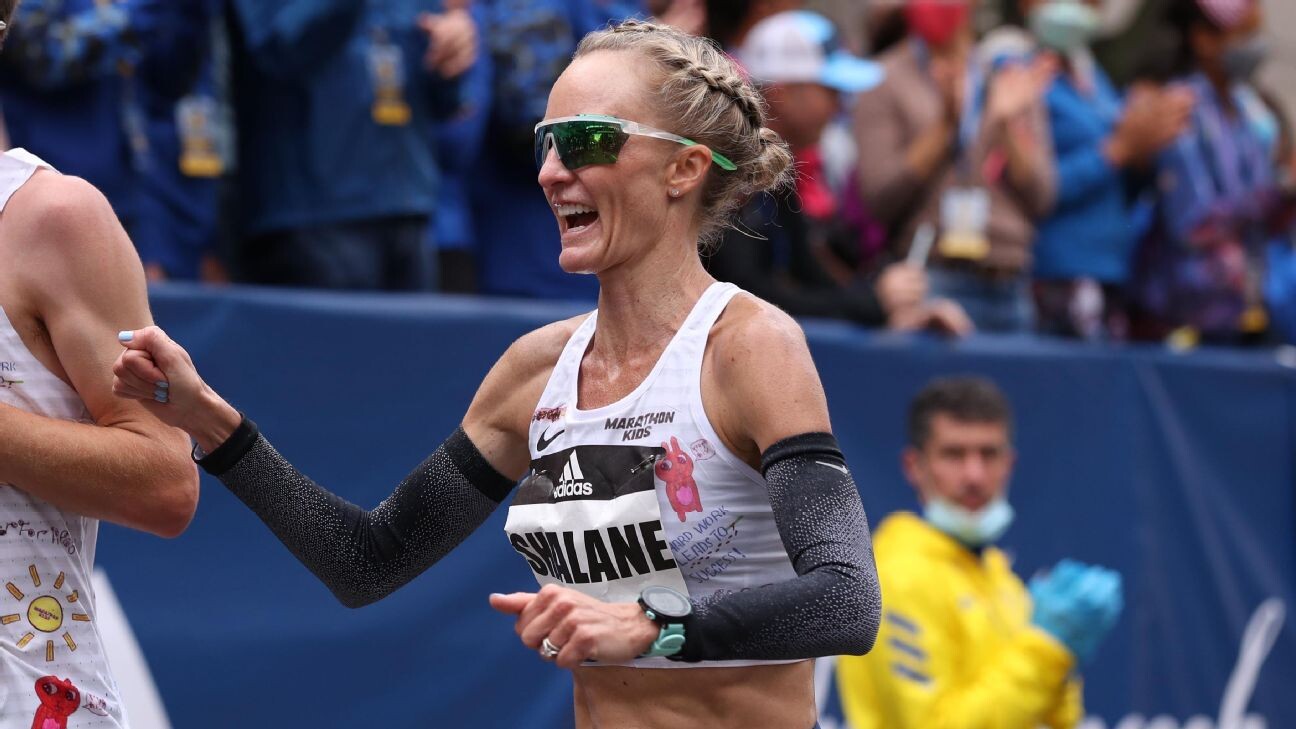
In 2017, Flanagan ended a 40-year winless drought for American women at the New York City Marathon by winning the prestigious event.
Flanagan made her Olympic debut in 2004 when she was 23, and returned in 2008 to win a silver medal in the 10,000m. Flanagan also has a bronze medal to her credit from the 2011 IAAF World Cross Country Championships in Spain.
Flanagan, now 41, is an 18-time U.S. champion with six titles in each discipline (track, road and XC). She won two of her 18 titles at the Historic Hayward Field in Eugene, Ore, which is the training ground for the University of Oregon track and field program.
In 2019, she announced her retirement from running but then paused her retirement in 2021 to complete all six Abbott Marathon Majors in seven weeks. She ended up finishing all six races in under three hours.
by Marley Dickinson
Login to leave a comment
Tsegay wins women’s 5000m world title after dramatic last lap
It was a 5000m race that came down to the final 100m, Ethiopia’s Gudaf Tsegay using her 1500m speed to prevail in a thrilling sprint finish and gain her first global outdoor gold on the penultimate day of the World Athletics Championships Oregon22.
The world indoor 1500m record-holder, who claimed the indoor title in that discipline in Belgrade in March, returned to the track five days after claiming 1500m silver behind Kenya’s Faith Kipyegon at Hayward Field and she had the 5000m title as her target. After a tactical test, she achieved her aim, clocking 14:46.29 as little more than a second separated the top three. Kenya’s 2018 world U20 winner Beatrice Chebet was right behind her, securing silver in 14:46.75, while Ethiopia’s Dawit Seyaum got bronze in 14:47.36.
Three years after placing runner-up to her compatriot Hellen Obiri – the two-time world 5000m champion who focused on the 10,000m in Oregon – Margaret Kipkemboi finished fourth in 14:47.71 and Ethiopia’s recently-crowned 10,000m champion, Letesenbet Gidey, was fifth in 14:47.98, one place ahead of Netherlands’ double Olympic champion Sifan Hassan in 14:48.12.
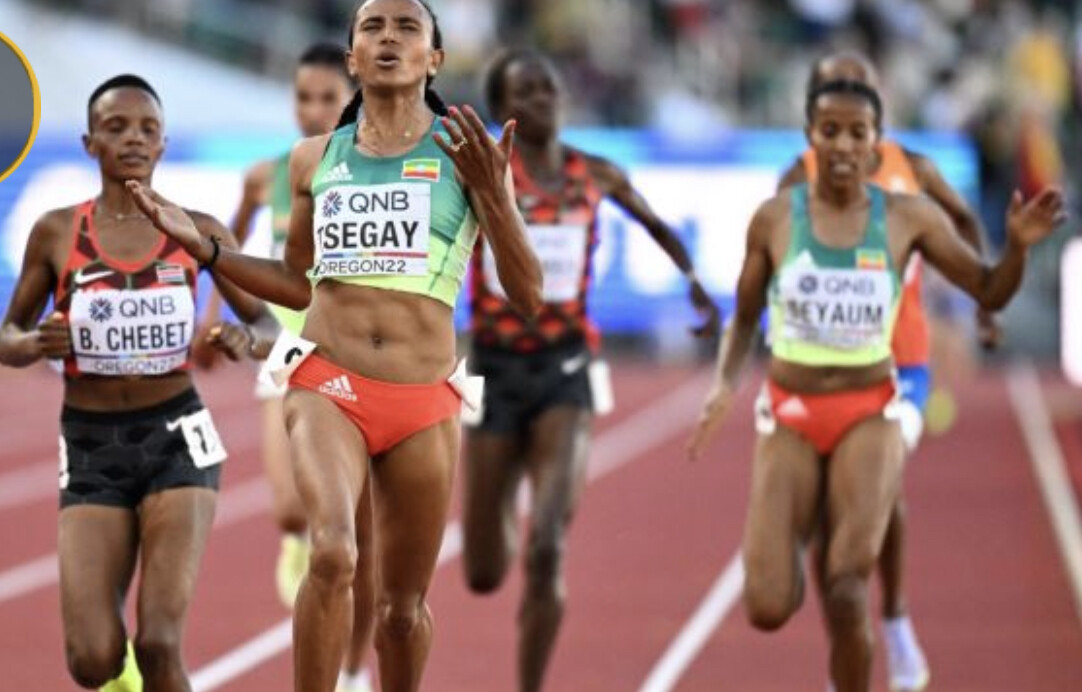
“The hard times were at the Olympics in Tokyo, because I was injured there” said Tsegay, who still managed to race for 1500m bronze at last year’s Games. “Not today.”
With a final 1500m of 4:14.59 and a last lap of 59.95, the 25-year-old pulled away from Chebet and Seyaum down the home straight, executing her plan.
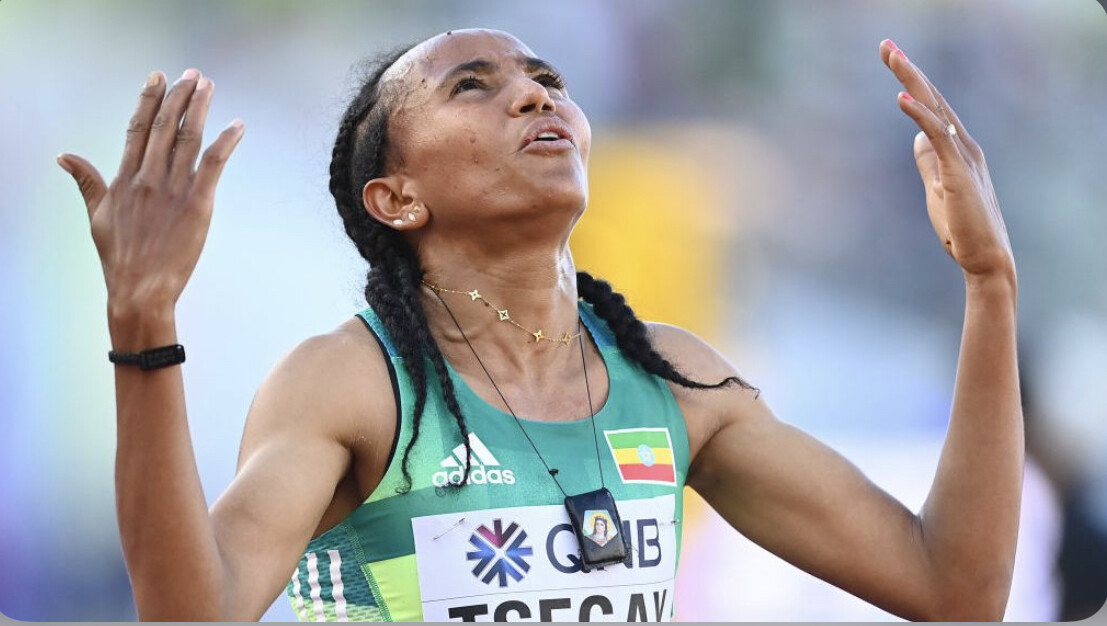
“I have been training well for 1500m and this helps sprint on the home stretch,” added Tsegay, who claimed her 2014 world U20 1500m silver in Eugene. “I know that Sifan is a top athlete and she is also a 1500m runner, so she has the speed. When she came in front, I sped up even more and won the medal.”
It was that attack from Hassan at the bell that launched Tsegay into action. Always near the front, Tsegay led through the first 1000m in 3:14.21 ahead of Kazakhstan’s Caroline Chepkoech Kipkirui, Seyaum and Gidey. Gidey and Tsegay continued to take turns at the front and Tsegay was to the fore as 3000m was reached in 9:02.79. The world 10,000m champion was a stride ahead with four laps to go as she and Tsegay continued to control the race, with Chebet right behind them.
Glancing over her shoulder with three laps remaining, Tsegay led the 10-strong group and Gidey moved ahead along the back straight. One lap later, Tsegay kicked ahead, but not by enough to shake off her rivals. With her eyes on the big screen, she could see Hassan move from seventh to fifth, and by the time they reached the bell the Olympic champion was on her shoulder.
The race was down to a six-strong battle for the medals. With Tsegay in front, Hassan moved ahead of Gidey as they ran down the back straight for the final time, taking the inside line to challenge Tsegay on the bend. Chebet was running wide, but holding her place. As they left the curve, Hassan no longer seemed the biggest threat, with Chebet providing the challenge. But no one could match Tsegay’s finishing speed and she strode ahead down the home straight, on her way to victory. Chebet held on for silver, as Seyaum came through for bronze.
“It was a matter of tactics,” said Chebet, whose CV includes the 2019 world U20 cross country title as well as her 2018 world U20 track win. “I was well positioned.
“Although I am young, I've run many races with elite athletes at the Diamond League. They are not new to me. This medal will make a good difference for me.”
For Seyaum, the bronze medal was welcome after years of injuries. “I hoped to get a place on the podium,” she said. “I hoped and expected to become a medallist in this event. For five years, I was having injuries, so this result is very special for me.”
And Hassan, who finished fourth in the 10,000m seven days earlier, explained how she was happy to be back on the international stage. “I started to train like two months ago and today, I did my best and I gave everything,” she said. “For me, it is important if I give everything and race smart, it does not matter what the position is.
“I think I really overworked last year, so I wanted to have a break mentally, because athletics is not only about running but also about motivation. I took an almost seven-month break. I am happy to be back, and I will try for more golds next year.”
by Jess Whittington (World Athletics)
Login to leave a comment
World Athletics Championships Budapest23
Budapest is a true capital of sports, which is one of the reasons why the World Athletics Championships Budapest 2023 is in the right place here. Here are some of the most important world athletics events and venues where we have witnessed moments of sporting history. Throughout the 125-year history of Hungarian athletics, the country and Budapest have hosted numerous...
more...Abby Steiner Delivers a Solid Debut at the World Championships
Last night in Eugene, Oregon, Abby Steiner placed fifth in the world in the 200 meters, with a time of 22.26. She was the top American. Her 21.77 at U.S. championships a few weeks ago was the second-fastest time in the world this year coming into the World Championships. She’s the sixth fastest American ever in the event.
“It was just such a great learning experience,” she said. “I got to compete against some of the people I have looked up to for so long in this sport.”
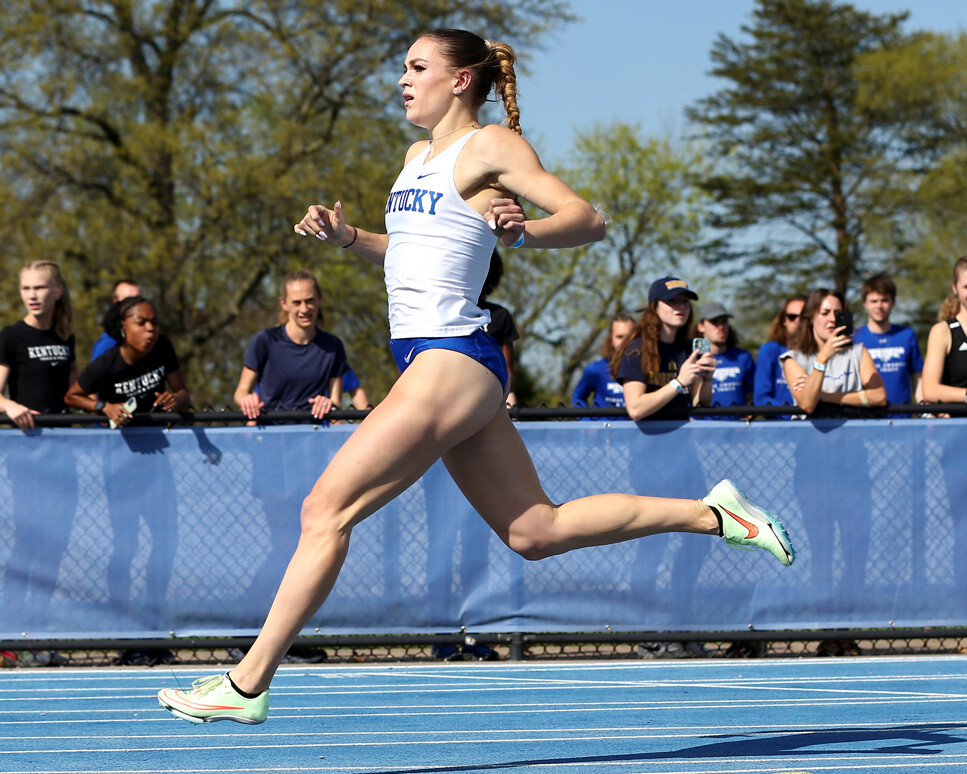
Nearly every time she’s raced a 200 so far this year (and she’s been in a lot of races), Steiner is clearly in the front. She usually gets out of the blocks well and comes off the turn leading. This was the first time this year the lanes around her were filled by women who are just as fast as her, or faster.
The 200m Final at the World Athletics Championships

Jamaica’s Shericka Jackson won the race in 21.45, a championship record. She’s the second fastest woman ever in the event after Florence Griffth-Joyner, who ran 21.34 in 1988. Shelly-Ann Fraser-Pryce, also of Jamaica, finished second in 21.81, after winning the 100 meters a few days ago. Great Britain’s Dina Asher-Smith finished third in 22.02, after setting a national record in the 100 final a few days ago, where she finished fourth.
The very American crowd in Hayward Field had their eyes on Steiner. Nobody really knows anything about her; her Instagram page doesn’t provide anything substantial about her—other than the fact that she’s very, very fast. But we already knew that.
Sports have always been a huge part of her life; Steiner even played soccer at Kentucky in addition to running track when she first got to college. Her degree is in exercise science, and if she weren’t a track athlete, she’d want to be a physical therapist. She’s passionate about the mechanical, physiological lens of running, even though she has unconventional form. She has a dramatic left arm swing that makes her form recognizable from across the stadium.
What the Future Holds for Abby Steiner
Steiner has deferred an acceptance into a Masters program in physical therapy for the foreseeable future while she does pro running full time. “It’s been a dream of mine for a very long time,” she said. “I want to give back the way those people gave back to me. As an athlete I know that injury is inevitable.” She pulled her ACL playing soccer in high school, and that was a pivotal moment for her: Sports are all she knows, and what she loves was momentarily taken away from her.
Beyond sports, she’s “really into crossword puzzles right now.” I double-taxed and told her she can’t be serious and she laughed. “I also do jigsaw puzzles,” she said. Strenuous hobbies are not for her, as her career is already strenuous and she wants to take the time to decompress and chill out very seriously. She said she spends a good amount of time alone and is trying to read 25 books this year. She’s already 14 deep, and currently reading The Invitation by Lucy Foley.
She’s also interested in bringing fashion to track and field. She signed with Puma this week and the new Puma uniform only has one shoulder. “I love that fashion is coming back into track and field. Bold uniforms, bold hairstyles, makeup, I love it,” she said. “I honestly feel like when I look good I run good. I feel like my confidence exudes itself on the track.” During our interview, her entire outfit was the same color blue and she had matching blue nails—a nod to her alma mater, the University of Kentucky, where she just graduated but plans to continue living and training.
Steiner really likes and trusts her college coach and doesn’t want to part with him. “My coach is one of the main reasons I’m in this position. He completely developed me from freshman year until now.” Lexington is also not far from her hometown of Columbus, Ohio, which is where her family lives.
Steiner was fifth in the world, but she’s just turned 22. Fraser-Pryce is 35. Jackson is 28. Steiner’s got time. We’ll be hearing her name for a while.
by Abby Steiner
Login to leave a comment
World Athletics Championships Budapest23
Budapest is a true capital of sports, which is one of the reasons why the World Athletics Championships Budapest 2023 is in the right place here. Here are some of the most important world athletics events and venues where we have witnessed moments of sporting history. Throughout the 125-year history of Hungarian athletics, the country and Budapest have hosted numerous...
more...3 Ways to Be a Better Marathoner, From the Fourth-Place Finisher at Worlds
Cam Levins took two minutes off his own Canadian record. He has thoughts
At the Tokyo Olympics last year, Cam Levins had a rough time of it. He finished in 72nd place—out of 76—in 2:28:43.
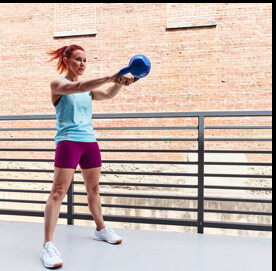
Fast forward to July 17 in Eugene, Oregon, and Levins had a vastly different result at the World Championships marathon: fourth in 2:07:09, breaking his own Canadian record from 2018.
“I would only have been happier if I was one place higher,” Levins, 33, said in the moments immediately after the race. “But it was the best race of my life. I couldn’t be disappointed with it.”
It wasn’t by accident. Levins, who lives in Portland, Oregon, came away from his Tokyo experience, determined to overhaul his approach.

“I needed to be better in every way, across the board,” he said. “I changed myself completely as an athlete last year to this year. Training harder and better in every conceivable way.”
A few hours after his race, Levins stood outside Hayward Field and explained his transformation to Runner’s World, while jubilant Canadian track fans stood by to listen, take photos, and congratulate him.
How did Levins do it? And what can runners who aren’t in the elite ranks take from his lessons? He shared three tips.
Take an objective look at training
Levins broke the longstanding Canadian record when he debuted in 2018, running 2:09:25. Then he had a series of sub-par races over the next three years.
After Tokyo, Levins decided he needed to return to his high-mileage ways. (When he was an undergraduate at Southern Utah University, where he was a two-time NCAA champion, he was notorious for putting in 150–160 miles per week.)
For this marathon, he got up to 170 miles per week in March and held it for several weeks, sometimes working out twice per day. (About once every three weeks, he’d do 5 x 2,000 meters in the morning, and 20 x 400 meters in the evening.)
The point isn’t that Levins runs high mileage and everyone else should, too. Keira D’Amato, the American record holder in the marathon, rarely breaks 100 miles per week.
Levins’s lesson is about channeling frustration into change. Last summer, “I think I was really disappointed in myself,” he said. “I think it's important to just take a look at your training and kind of think, ‘What am I missing?’”
Don’t neglect strength
Levins was getting injured frequently, and he struggled late in marathons. Since Tokyo, he has been religious about his strength training, which allows him to maintain his epic volume and finish strong in races.
“I think it makes such a huge difference late in the marathon,” he said. “It's not like you've been breathing that hard. It’s your body. You’re so worn out from running that much.”
His routine consists of four parts—single-leg exercises, mobility work, core strengthening, and deadlifts, and he does it with the help of David McHenry, a strength coach in Portland.
“Of everything I’ve done, that's been the single most important change that I’ve made,” Levins said.
Marathoners need speed, too
Levins trained his track speed during the marathon build. He ran 27:53 for 10,000 meters on the track in April, and occasionally, he incorporated elements of mile speed into his workouts, he said.
He’d do repeats as short as 200 meters and short, 30-second hill repeats, as a way of “recruiting different muscle fibers,” he said. Like strength training, it’s easy to neglect amid the long runs and marathon pace work.
It paid off: In Eugene, Levins ran his final kilometer in 3:01 and outlasted Kenyan great Geoffrey Kamworor for fourth place.
by Runner’s World
Login to leave a comment
Mascot's head safely returned at World Championships
An evening of captivating finishes on the track on Monday was followed by shock when Legend the Bigfoot mascot’s head was reported stolen at the World Athletics Championships in Eugene, Ore. But Legend was back to his usual antics Tuesday evening, such as cooling off in the steeplechase water pit and dancing to entertain the fans.
Using CCTV and the help of social media, event organizers discovered footage of unidentified men laughing and joking as they played with Legend’s head. The investigation was then turned over to the police. Organizers stated: “We can confirm that an accredited photographer was removed from Hayward Field in connection to the investigation of a theft at the venue. This is now a police matter, and we won’t have further comments at this time.”

A committee chose the seven-foot-tall giant yellow Bigfoot to be the accredited mascot earlier in the year, in a nod to the Pacific Northwest centuries-old mythology surrounding Bigfoot. Legend has been a fan favourite since the beginning of the championships.
Thankfully, Legend reappeared on Tuesday. Organizing committee CEO Sarah Massey called Legend “an extension of the event itself,” and he has been described (and was created) to be “fun, mischievous, playful, and larger than life.” This recent mischief clearly went just a little too far for Legend, and fans will hope to enjoy his large furry high-fives for the rest of the Championships, head intact.
by Running Magazine
Login to leave a comment
Three Americans will be running the women’s 5,000 meters finals at World Athletics Championships on Saturday
American Elise Cranny, who trains with the Bowerman Track Club, was the top U.S. qualifier to earn a berth in the final with a time of 14 minutes, 53.20 seconds in the second heat. Cranny finished first in the event at the USA Track & Field Outdoor Championships last month at Hayward Field.
Running in the first heat, Karissa Schweizer, who also trains with the Bowerman Track Club, qualified for the final with a time of 14:53.69. Schweizer won the 10,000 meters at the USA championships and finished second to Cranny in the 5,000.
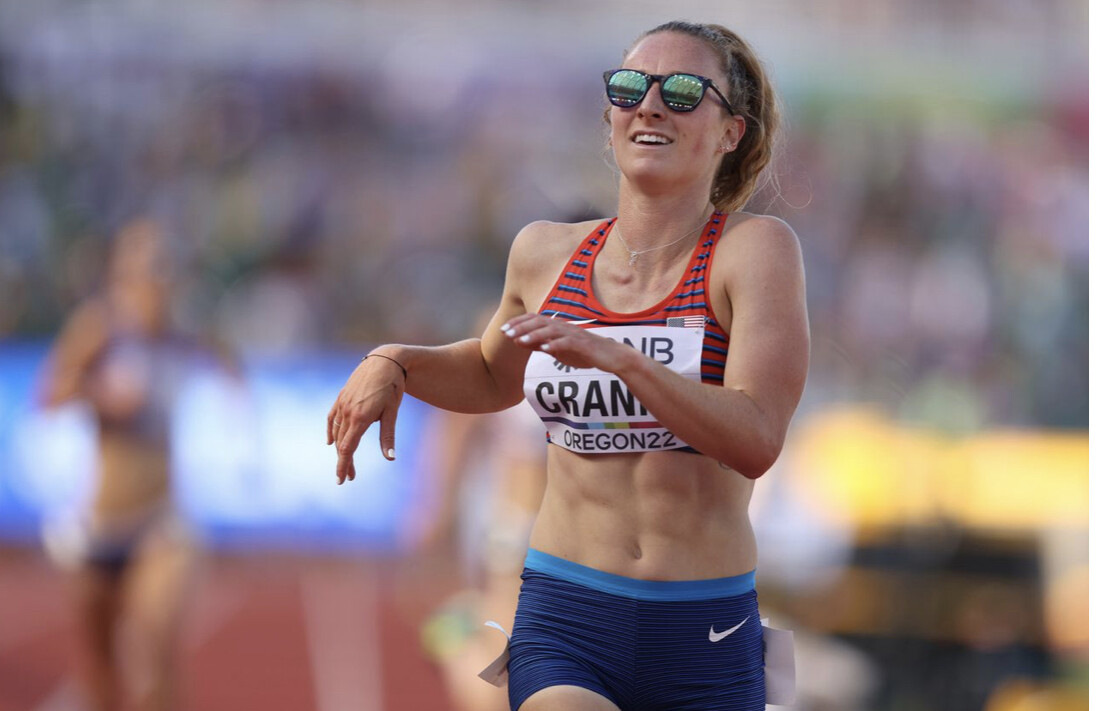
American Emily Infeld also advanced to the final as a time qualifier after finishing sixth behind Schweizer in the second heat in 15:00.98.
German Koko Klosterhalfen, who trains at the Portland-based Union Athletics Club, failed to qualify for the final after posting a time of 15:17.78.
The final is scheduled for 6:25 p.m. Saturday.
by Geoffrey C. Arnold
Login to leave a comment
World Athletics Championships Budapest23
Budapest is a true capital of sports, which is one of the reasons why the World Athletics Championships Budapest 2023 is in the right place here. Here are some of the most important world athletics events and venues where we have witnessed moments of sporting history. Throughout the 125-year history of Hungarian athletics, the country and Budapest have hosted numerous...
more...McLaughlin obliterates world 400m hurdles record with 50.68 in Oregon
Sydney McLaughlin has broken the world 400m hurdles record for the fourth time of her career, obliterating her previous best with 50.68 to win her first world title in the event at the World Athletics Championships Oregon22 on Friday (22).
In another epic race in front of a passionate home crowd, the 22-year-old Olympic champion raised the bar yet again. Behind her, Netherlands’ Olympic bronze medallist Femke Bol secured silver in 52.27, while USA’s former world record-holder Dalilah Muhammad clocked 53.13 for bronze.

It is the third world record that McLaughlin has set at Hayward Field. Her first came at the 2021 US Olympic Trials, when she clocked 51.90 to improve on the 52.16 global mark that Muhammad had set when winning the 2019 world title ahead of her compatriot.
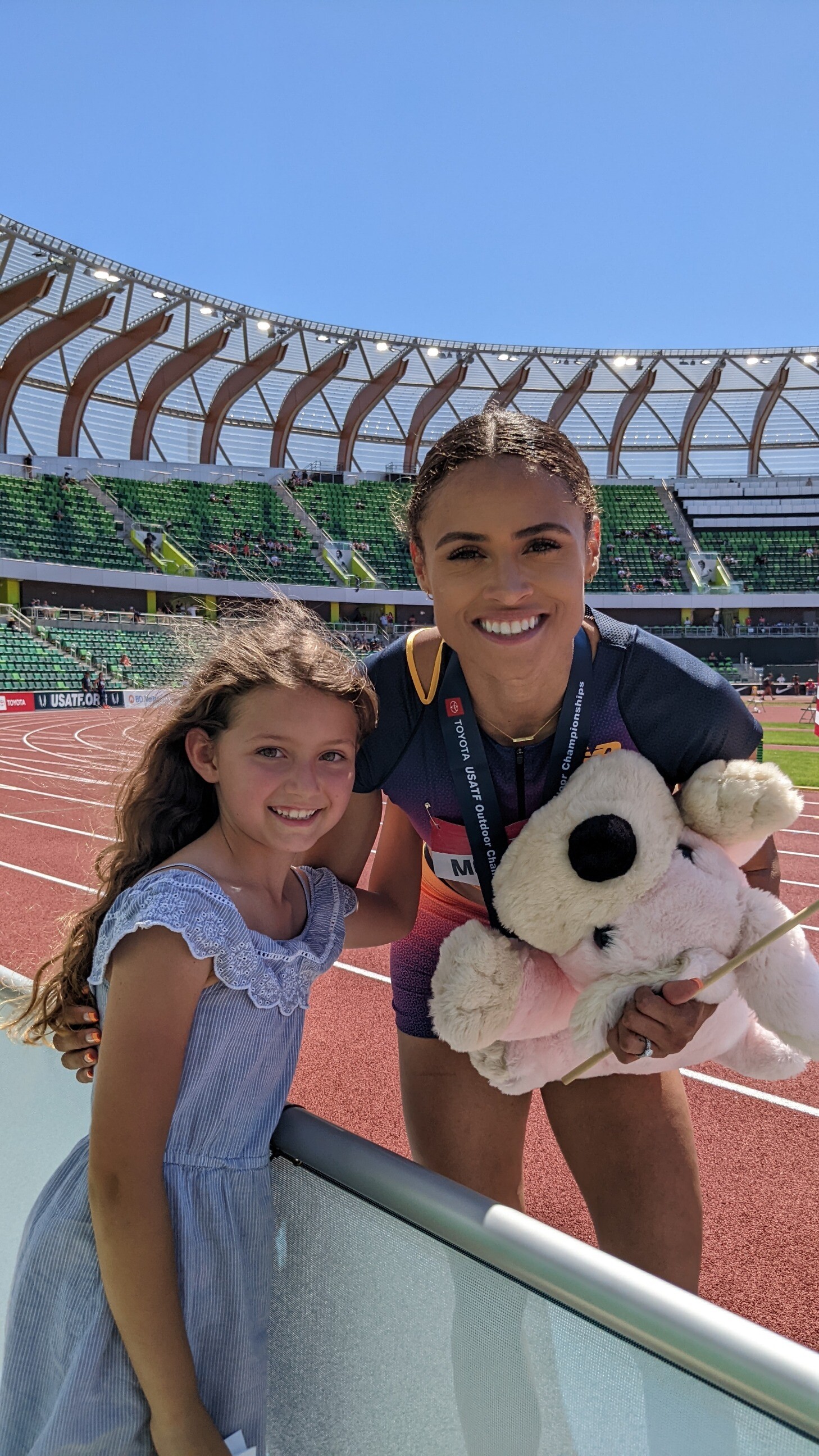
Just over a month later, McLaughlin ran 51.46 to win the Olympic title in Tokyo, and she broke the record for a third time at this year’s US Championships in Eugene on 25 June, clocking 51.41.
(Third photo of Sydney taken at USATF Championships. Photo by Jivko)
by World Athletics
Login to leave a comment
World Athletics Championships Budapest23
Budapest is a true capital of sports, which is one of the reasons why the World Athletics Championships Budapest 2023 is in the right place here. Here are some of the most important world athletics events and venues where we have witnessed moments of sporting history. Throughout the 125-year history of Hungarian athletics, the country and Budapest have hosted numerous...
more...Jamaica's Shericka Jackson edges Fraser-Pryce to win world 200m gold
Jamaica's Shericka Jackson outgunned compatriot Shelly-Ann Fraser-Pryce on the back straight to win 200m gold at the World Athletics Championships on Thursday.
Jackson set a championship record of 21.45 seconds, the second fastest time ever run over the distance, for a first individual world title at Hayward Field, Eugene.
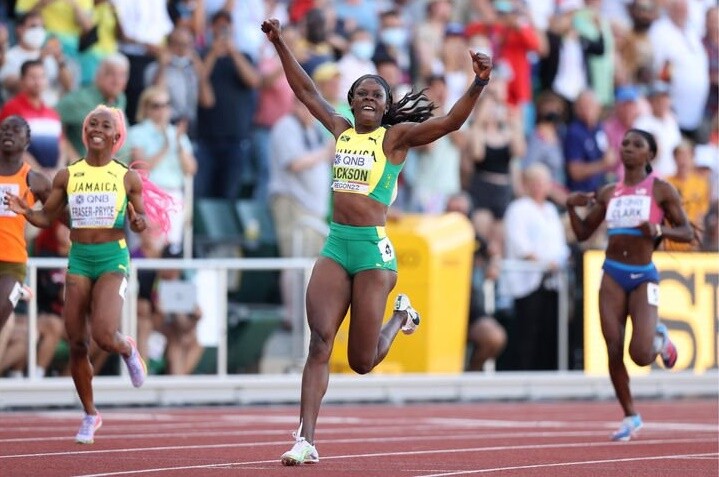
Newly-crowned 100m gold medalist Fraser-Pryce took silver in 21.81sec, with defending champion Dina Asher-Smith of Britain claiming bronze (22.02).
All eyes had been on Fraser-Pryce, sporting a long mane of dyed purple hair, in her bid for a second sprint double after having achieved the feat at the 2013 Moscow worlds.
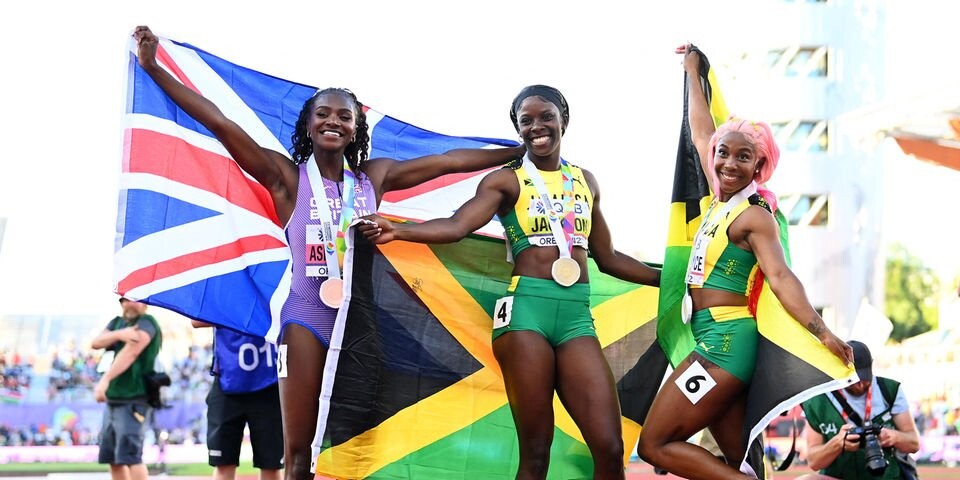
Fast out of the blocks in lane six, Fraser-Pryce rocketed past Niger's Aminatou Seyni in no time, running a great bend to hit the back stretch neck-and-neck with Jackson, in four.
As the two Jamaicans went head-to-head, Jackson put on the afterburners and pulled away in impressive style, not giving up until she thundered through the line.
Fraser-Pryce swept through on her coattails, with Asher-Smith holding off Seyni for bronze.
Olympic champion Elaine Thompson-Herah, the third part of Jamaica's cleansweep of the 100m along with Fraser-Pryce and Jackson, eventually came in seventh in 22.39sec.
Login to leave a comment
World Athletics Championships Budapest23
Budapest is a true capital of sports, which is one of the reasons why the World Athletics Championships Budapest 2023 is in the right place here. Here are some of the most important world athletics events and venues where we have witnessed moments of sporting history. Throughout the 125-year history of Hungarian athletics, the country and Budapest have hosted numerous...
more...Caster Semenya unnoticed at World Championships The South African Olympic champion fails to advance in the 5,000 meters in Oregon – her first major international competition since 2017
How many times had South Africa’s Caster Semenya charged onto the Hayward Field homestretch seemingly in a different race than the rest of the pack, the sport’s most storied stadium rocking as Semenya raced into the deafening roar?
How many times had American track and field’s most knowledgeable fans, most passionate crowd stood in appreciation of the two-time Olympic, three-time World 800-meter champion?
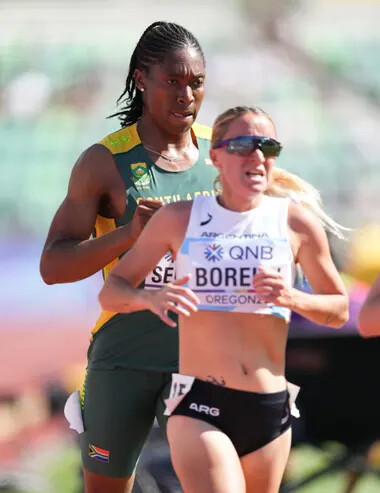
On a scalding hot afternoon at the World Championships on Wednesday, Semenya labored through the final meters of her 5,000-meter heat in front of a half-empty stadium, largely ignored or unnoticed even in a place that calls itself Tracktown U.S.A.
Semenya, one of the most compelling and controversial athletes of her generation, has fallen so far off the sport’s radar since 2019 that the most well-known of her fellow competitors on Wednesday didn’t even realize she was in the competition.
“Caster?” asked Sifan Hassan, the Olympic 5,000 and 10,000 champion from the Netherlands, who ran in a later heat on Wednesday.
“Caster Semenya ran the 5,000?” Hassan asked again. “ I had no idea. I didn’t even know she was here. Did she make it?”
Semenya, running in her first major international competition since winning the 2017 Worlds 800 title, did not advance to the final, finishing 13th in her heat, running 15 minutes, 46.12 seconds, nearly a minute off the winning time of Gudaf Tsegay of Ethiopia (14:52.69).

“Cooking,” Semenya said after the race, referring to the heat. She declined to answer reporters’ questions.
Under different circumstances, the sport would be obsessing over the prospect of a showdown between Semenya, 31, and Athing Mu, the 20-year-old Olympic champion from the U.S. in Sunday’s 800 final and whether the pair could challenge the world record of 1:53.28 that was set by Czechoslovakia’s Jarmila Kratochvilova in 1983.
Instead, Semenya, who was assigned female at birth, raised as a girl and identifies as a woman has not raced the 800 in meets sanctioned by World Athletics, the sport’s international governing body, because of her refusal to submit to the organization’s guidelines regarding intersex athletes.
Under the World Athletics guidelines athletes in events from the 400 to the mile – in other words, Semenya’s events – are required to take hormone suppressing drugs to reduce their testosterone to below 5 nanomoles per liter for at least six months before being allowed to compete internationally.
Semenya has an intersex condition called Differences in Sexual Development (DSD) or 46, XY that because of differences in sex development that causes male and female traits and a testosterone level higher than the typical female range. She is not transgender.
“I am a woman and I am a world-class athlete,” Semenya said in 2019, shortly before the Prefontaine Classic, her final 800. “The IAAF will not drug me or stop me from being who I am.”
Semenya had found herself unwittingly in the center of controversy almost from the moment she emerged on the world stage a decade earlier.
She won her first Worlds title in 2009 as an 18-year-old, a victory that prompted Russia’s Mariya Savinova to suggest the South African was a man.
“Just look at her,” Savinova said.
While the results of Semenya’s sex test were supposed to be confidential they were leaked to Australia’s Daily Telegraph. Semenya has internal testes but no ovaries or womb, the newspaper reported quoting the test report.
“She is a woman, but maybe not 100 percent,” IAAF secretary general Pierre Weiss said at the time, doing nothing to discourage the headline writers at New York’s Daily News who blared that the World champion “is a woman … and a man.”
Semenya began taking a hormone suppressant drug. She finished second to Savinova at both the 2011 Worlds and 2012 Olympics.
“The IAAF used me in the past as a human guinea pig to experiment with how the medication they required me to take would affect my testosterone levels,” she said in 2019. “Even though the hormonal drugs made me feel constantly sick the IAAF now wants to enforce even stricter thresholds with unknown health consequences.
“I will not allow the IAAF to use me and my body again. But I am concerned that other female athletes will feel compelled to let the IAAF drug them and test the effectiveness and negative health effects of different hormonal drugs. This cannot be allowed to happen.”
Semenya was awarded the 2012 Olympic gold medal in 2017, two years after the World Anti-Doping Agency recommended that Savinova receive a lifetime ban for doping and her results dating to July 2010 be disqualified.
Given the event’s suspect history, the irony of World Athletics now demanding she dope to level the playing field is not lost on Semenya.
“I’m not going to do that,” she told the Orange County Register after the 2019 Prefontaine meet. “I’m a very clean athlete. I believe in the clean sport. I believe in the equal opportunities. At the end of the day, this is a woman’s sport, this is a man’s sport. If they’re going come (at) me with that nonsense then why do you lead?”
Semenya challenged World Athletics guidelines with the Court of Arbitration for Sport. A three-member CAS panel in June 2019 said the World Athletics policy was “discriminatory” toward athletes with DSD but two of the panel members, nevertheless agreed with the World Athletics that policy was “necessary, reasonable and proportionate” to counter advantages DSD athletes have over other female competitors. Semenya and other female athletes with DSD should be considered “biological males” World Athletics told CAS.
Switzerland’s Supreme Court rejected Semenya’s appeal in September 2020. She filed an appeal with the European Court of Human Rights in February 2021.
While Semenya fell short in her bid to reach the Olympic 200-meter qualifying standard last year, the success of other intersex athletes has raised further questions about the World Athletics policy.
by Scott Reid
Login to leave a comment
World Athletics Championships Budapest23
Budapest is a true capital of sports, which is one of the reasons why the World Athletics Championships Budapest 2023 is in the right place here. Here are some of the most important world athletics events and venues where we have witnessed moments of sporting history. Throughout the 125-year history of Hungarian athletics, the country and Budapest have hosted numerous...
more...




